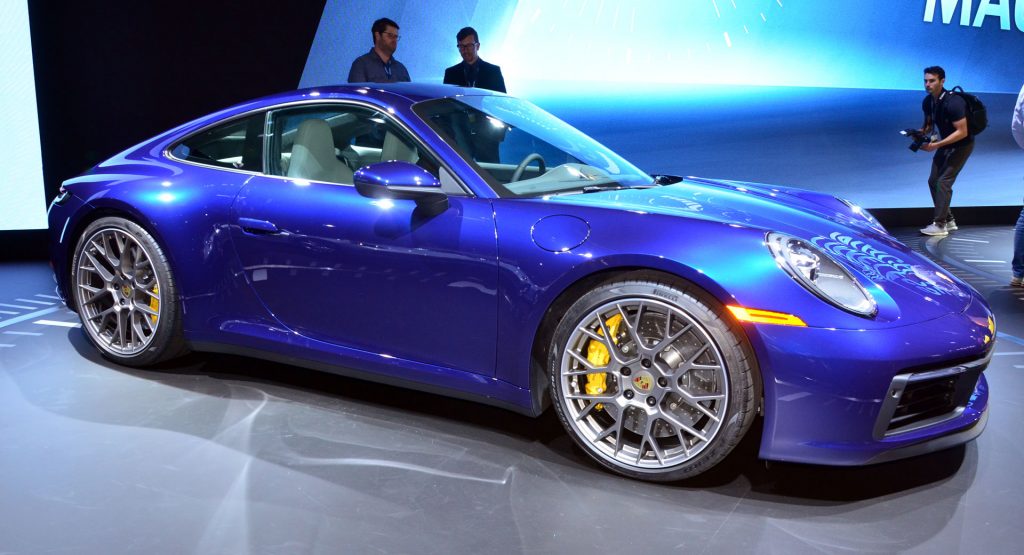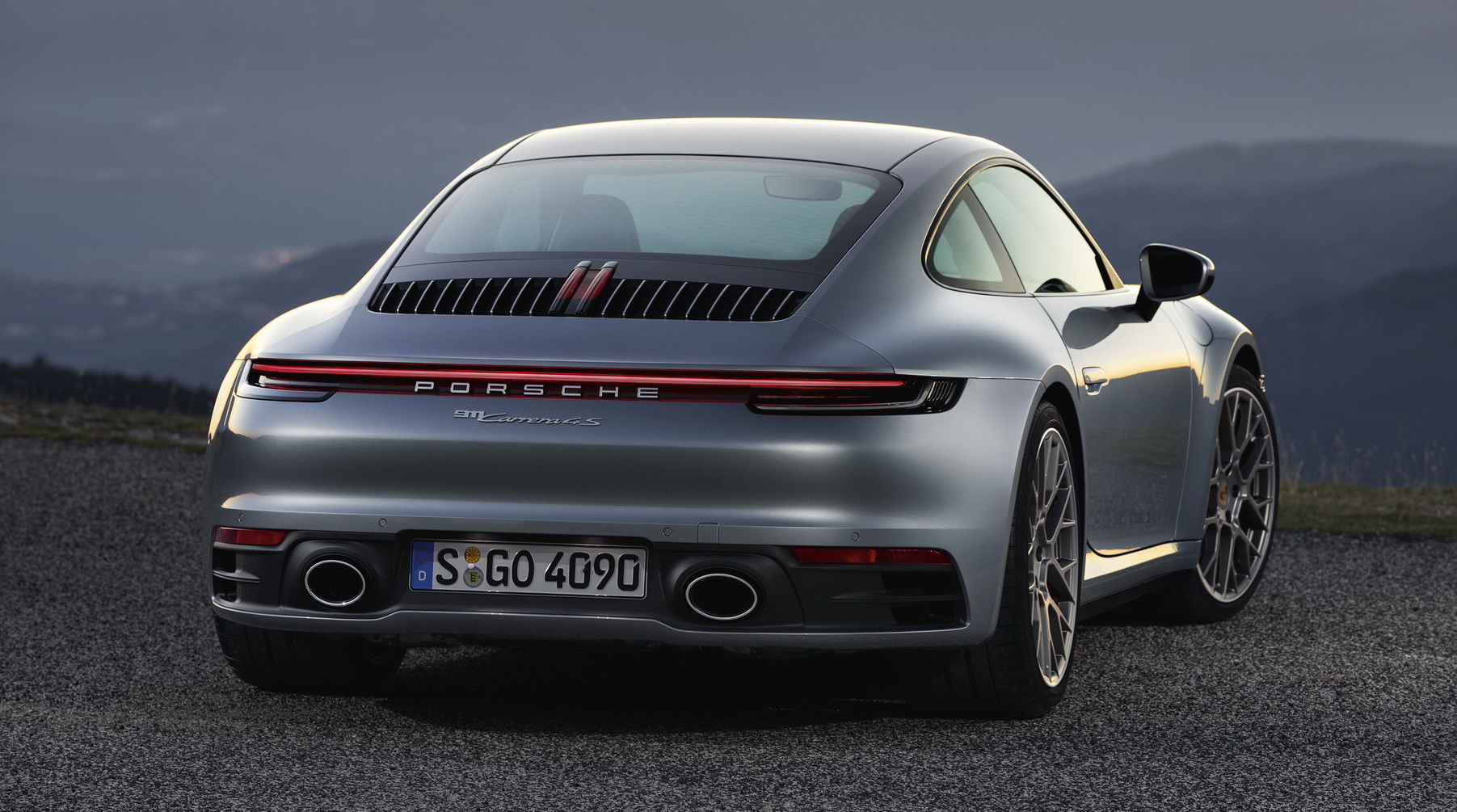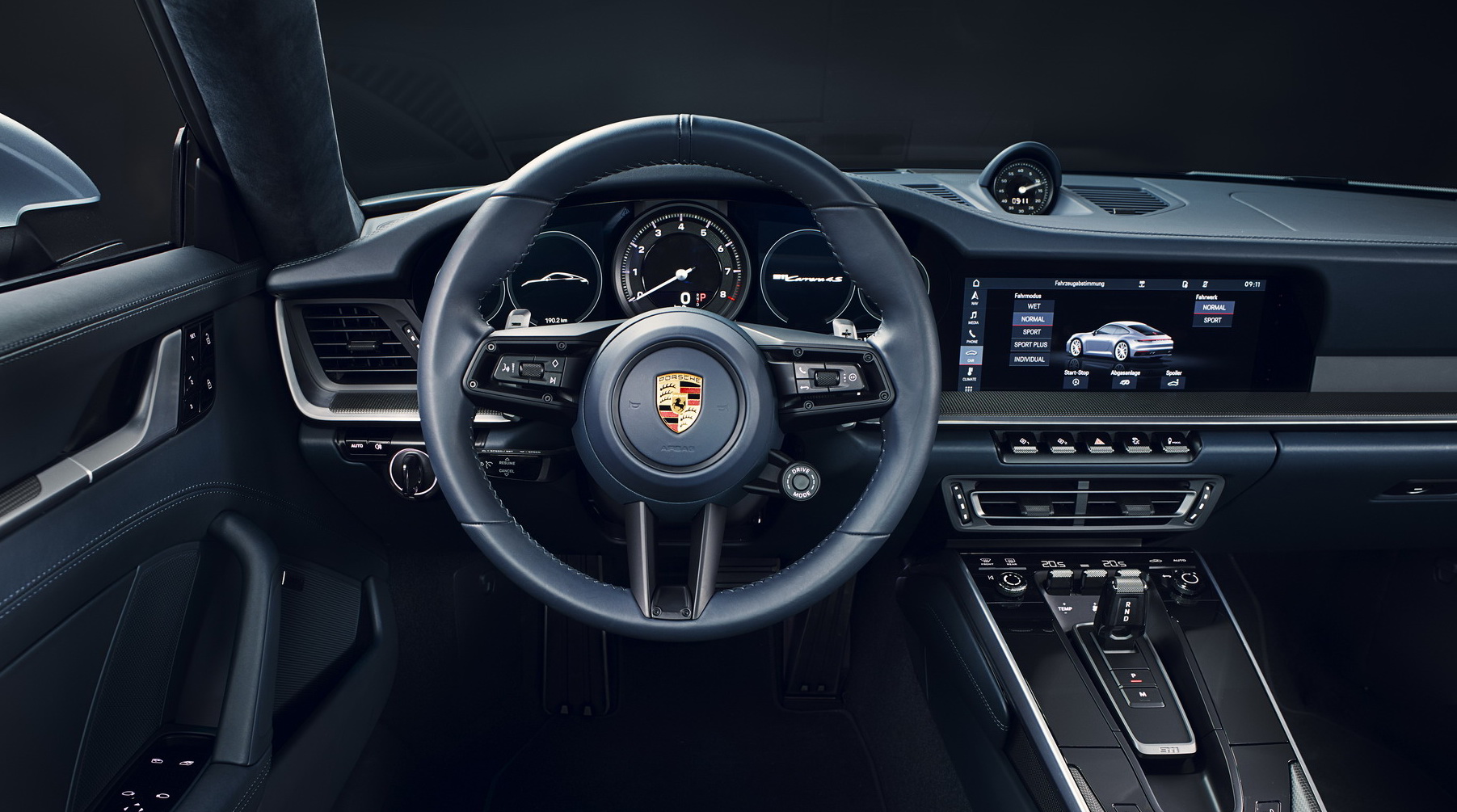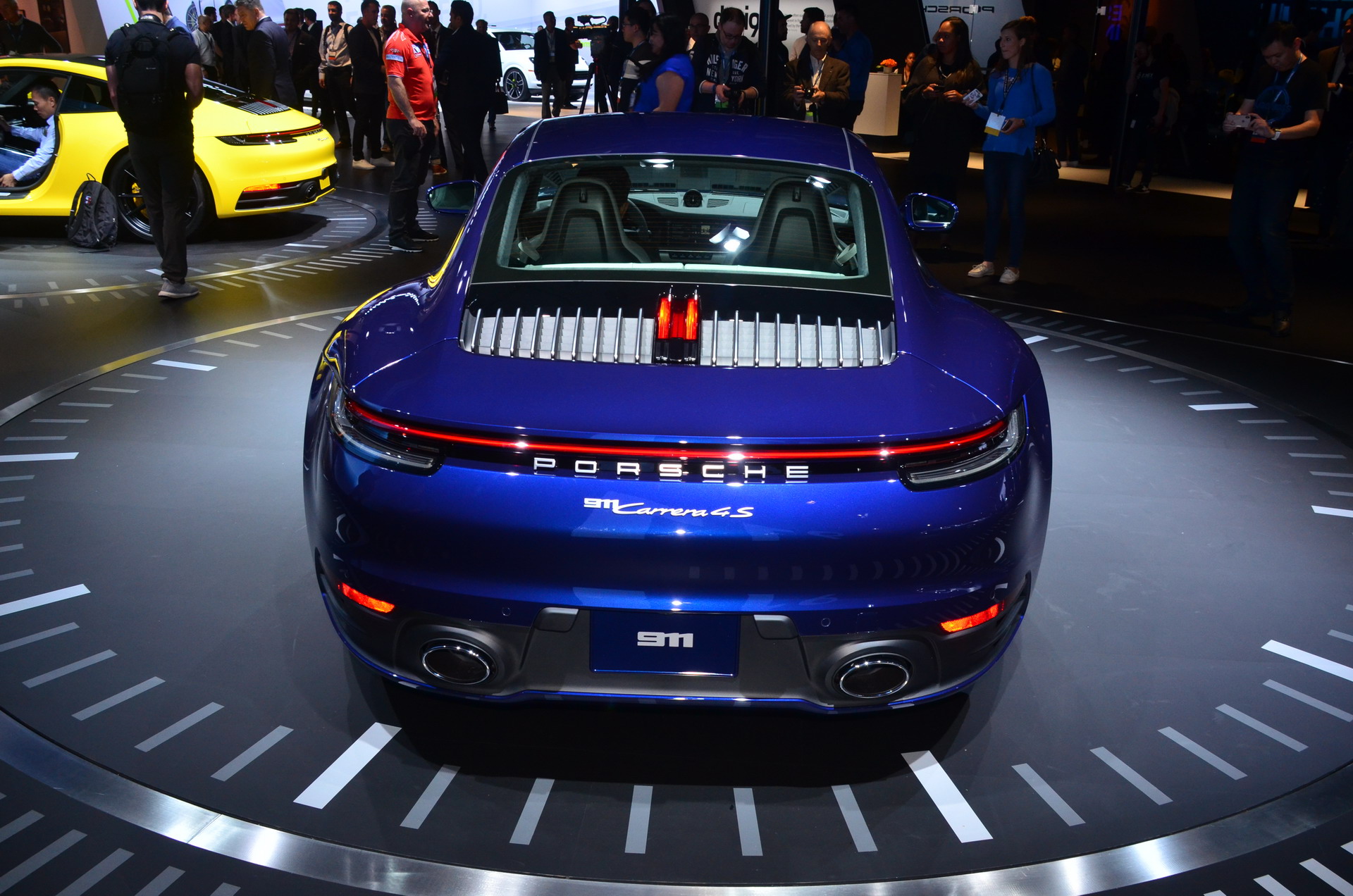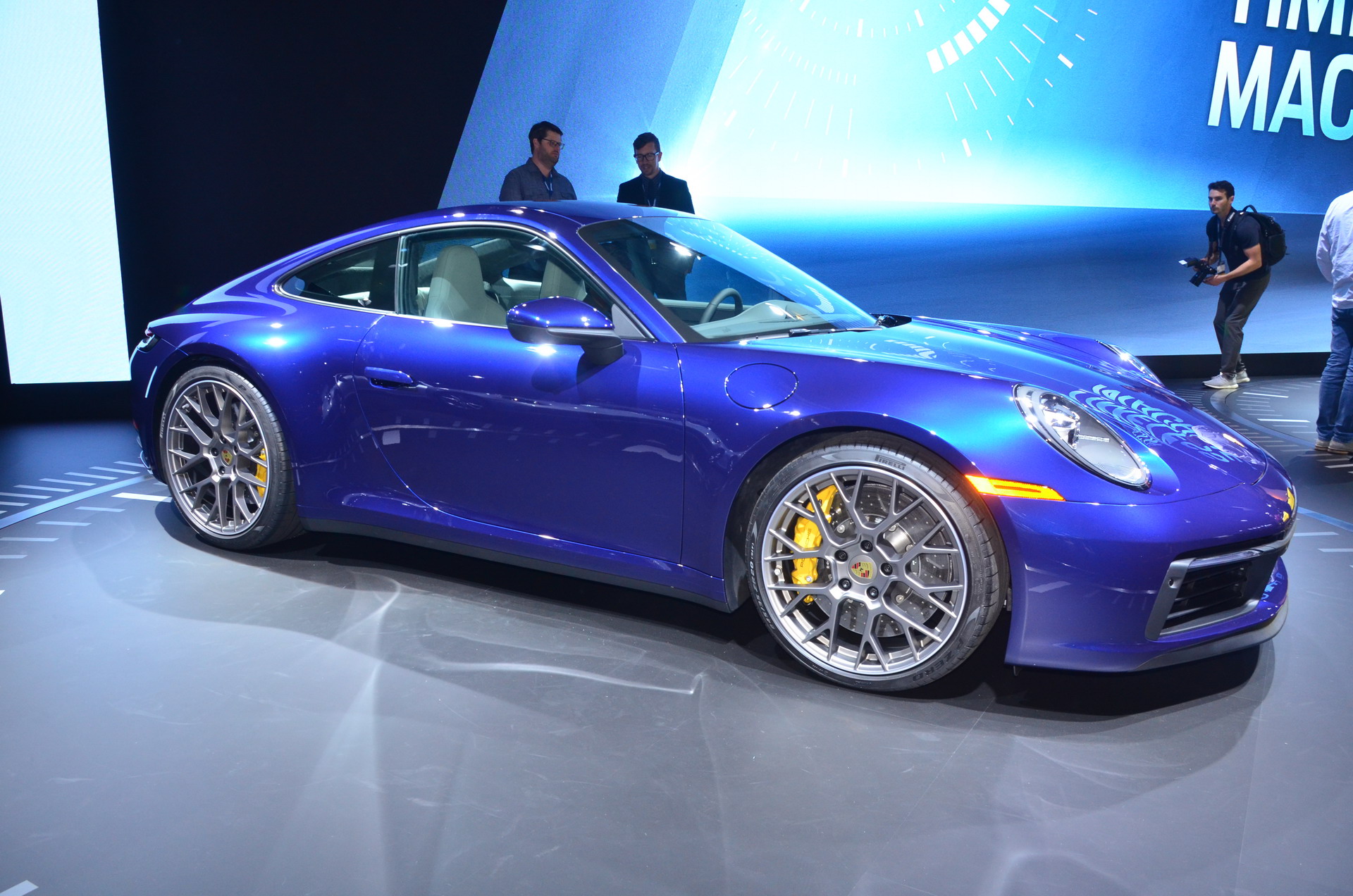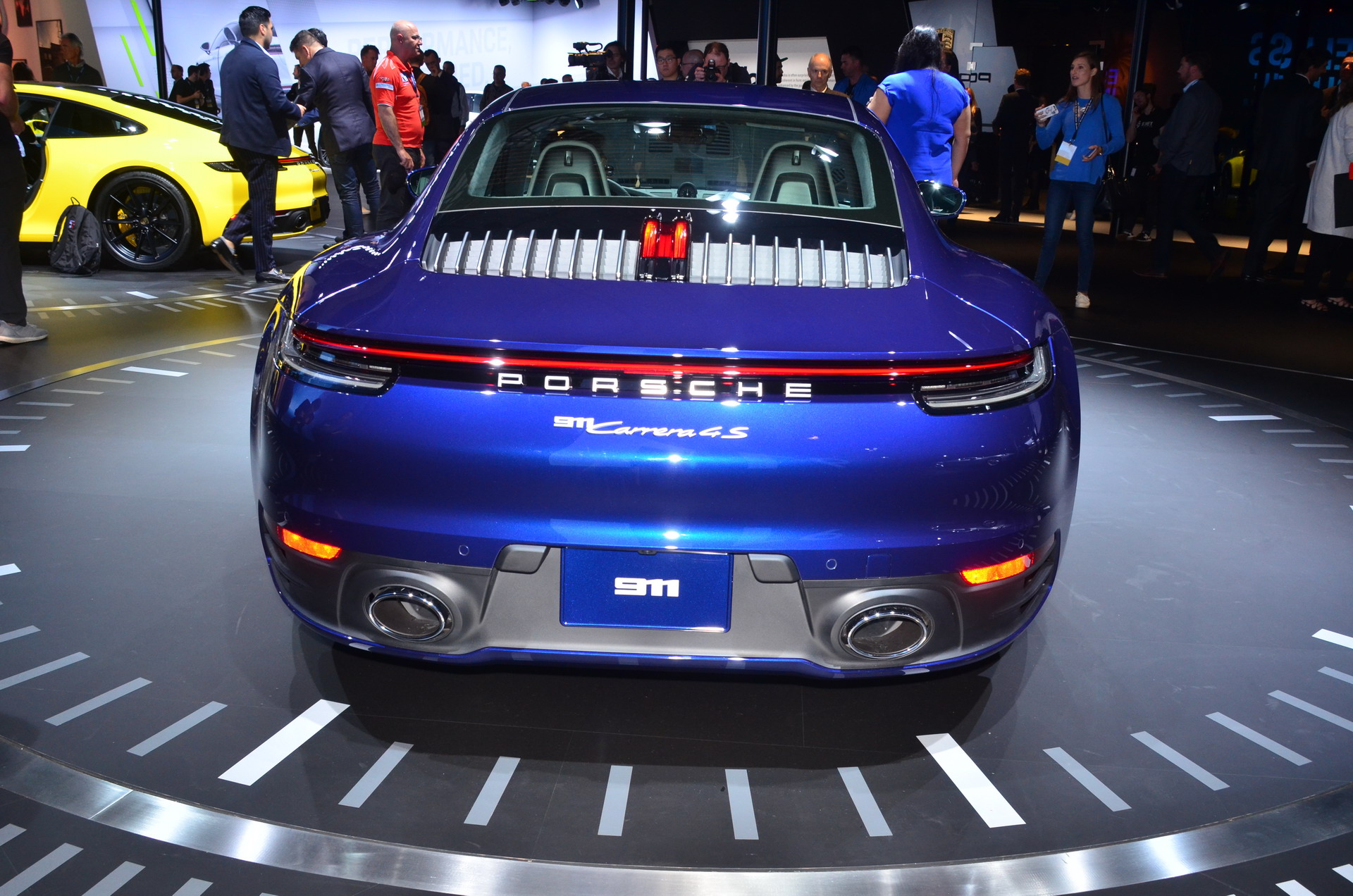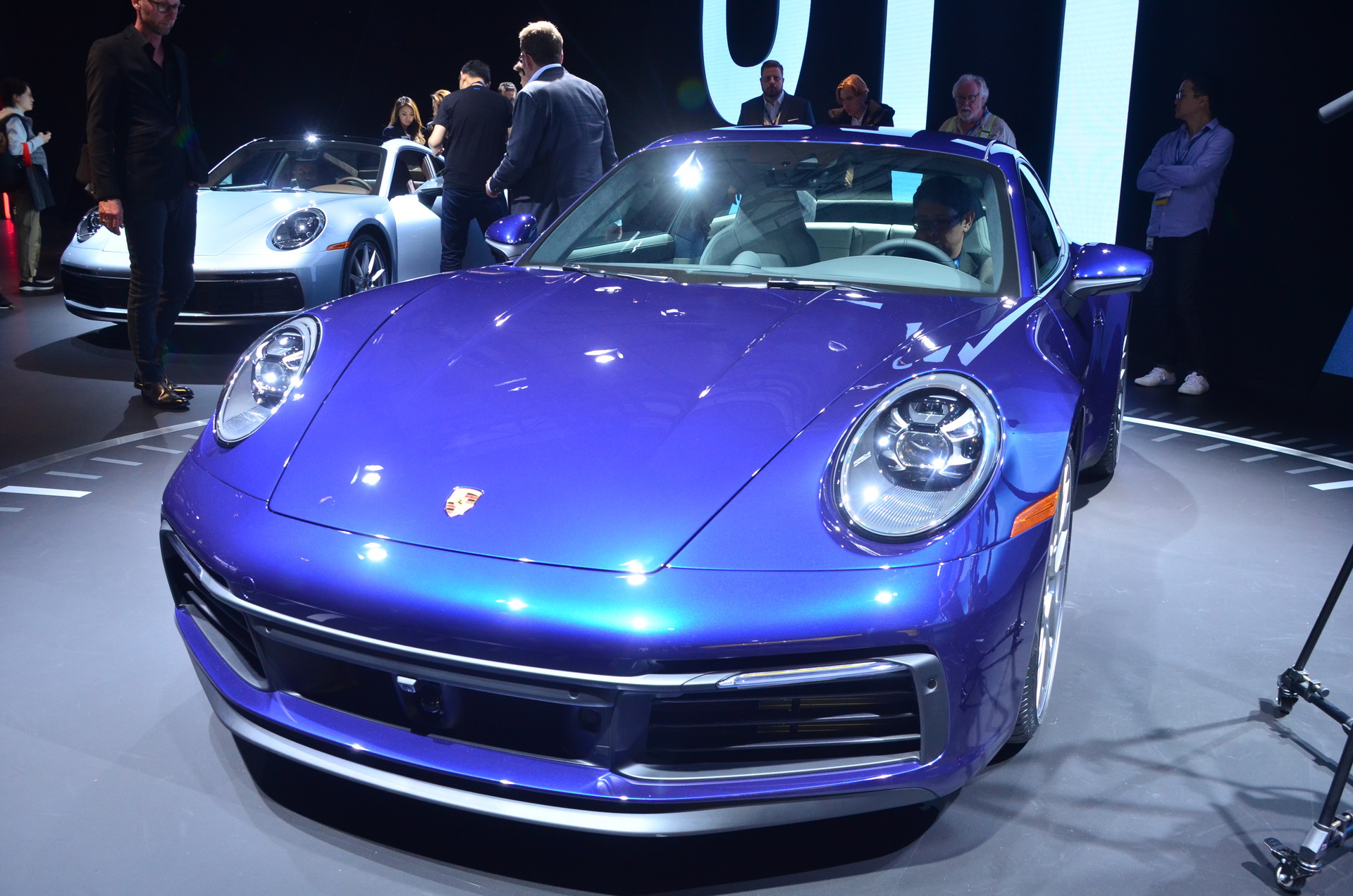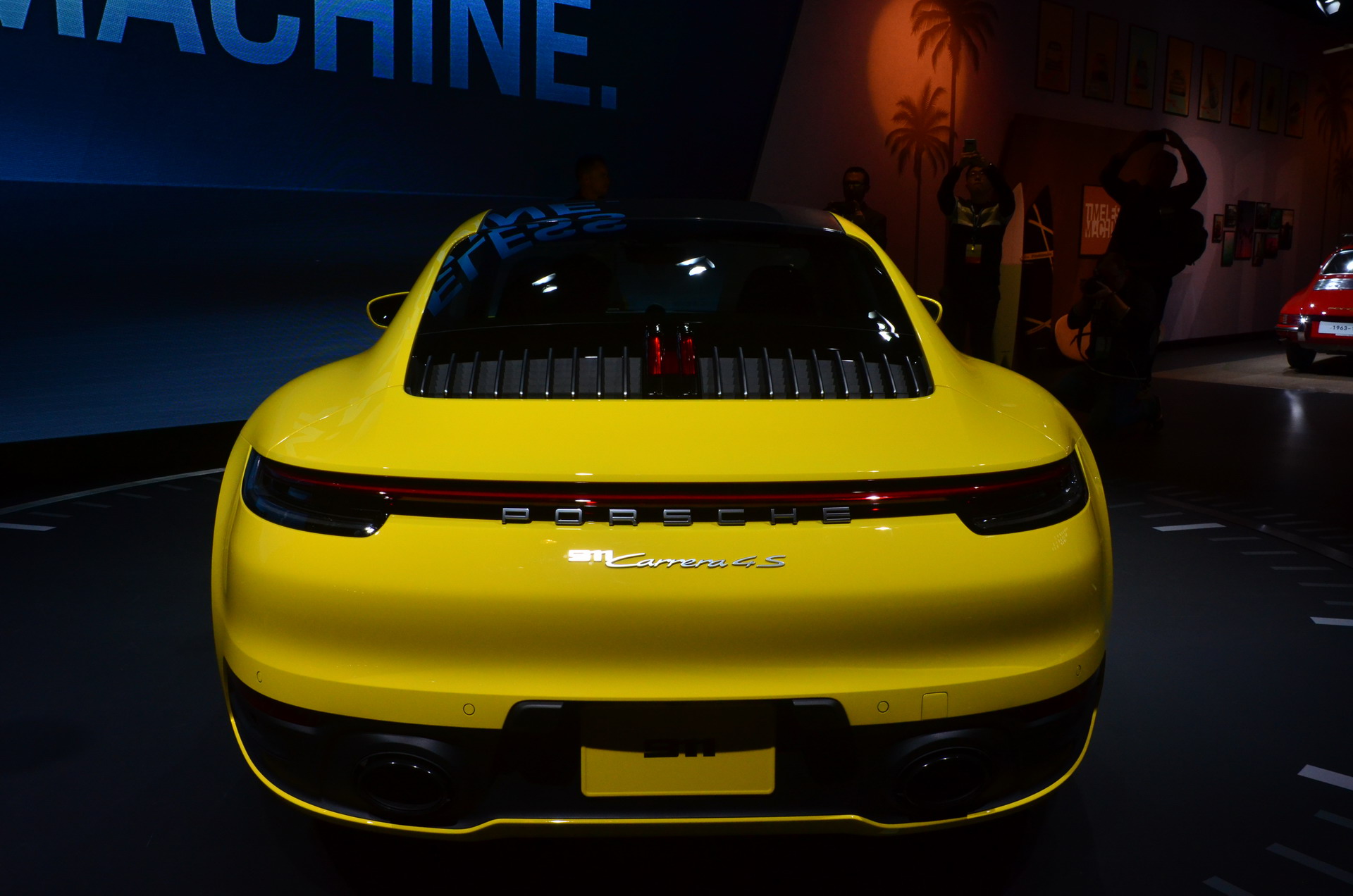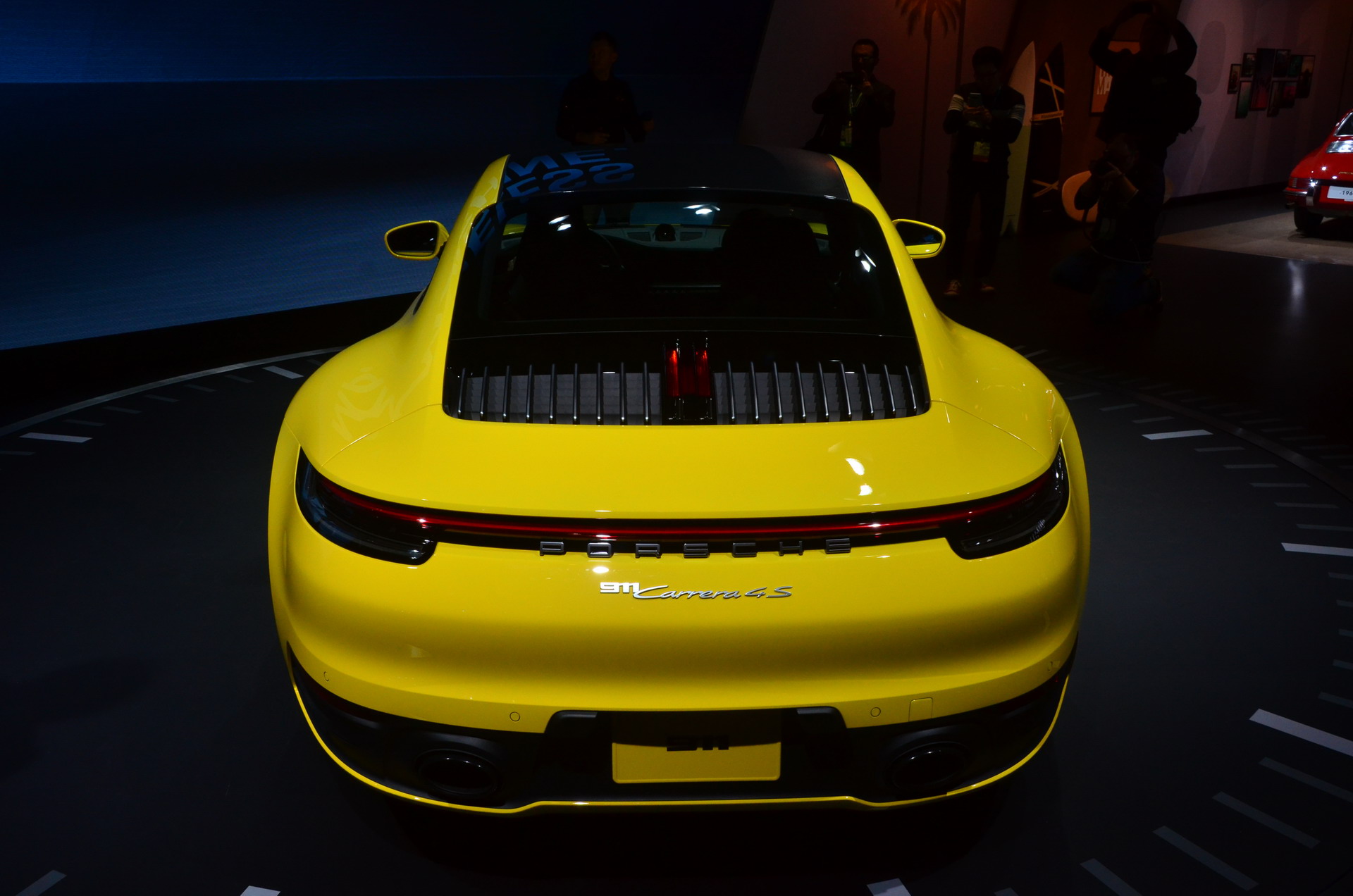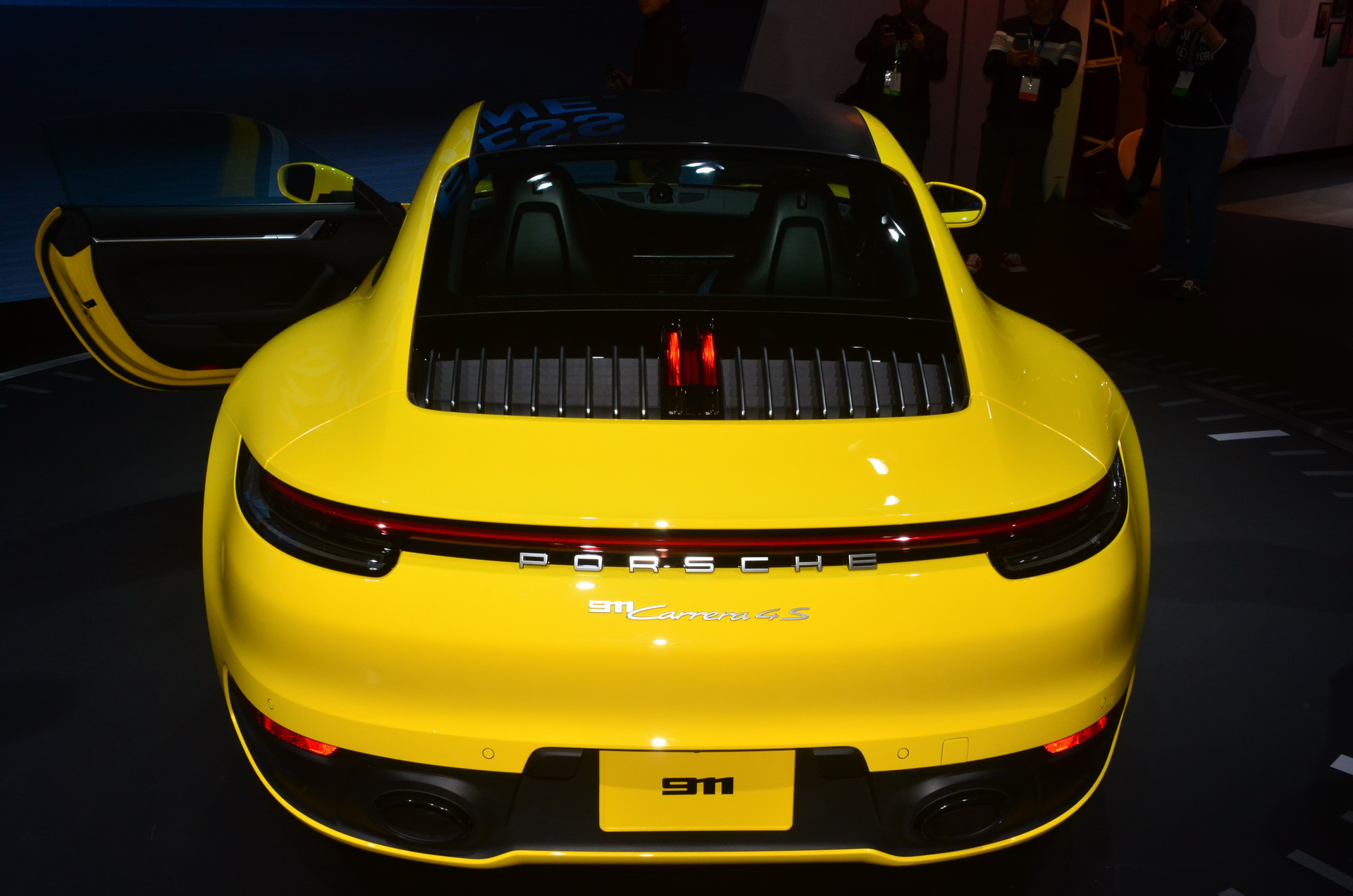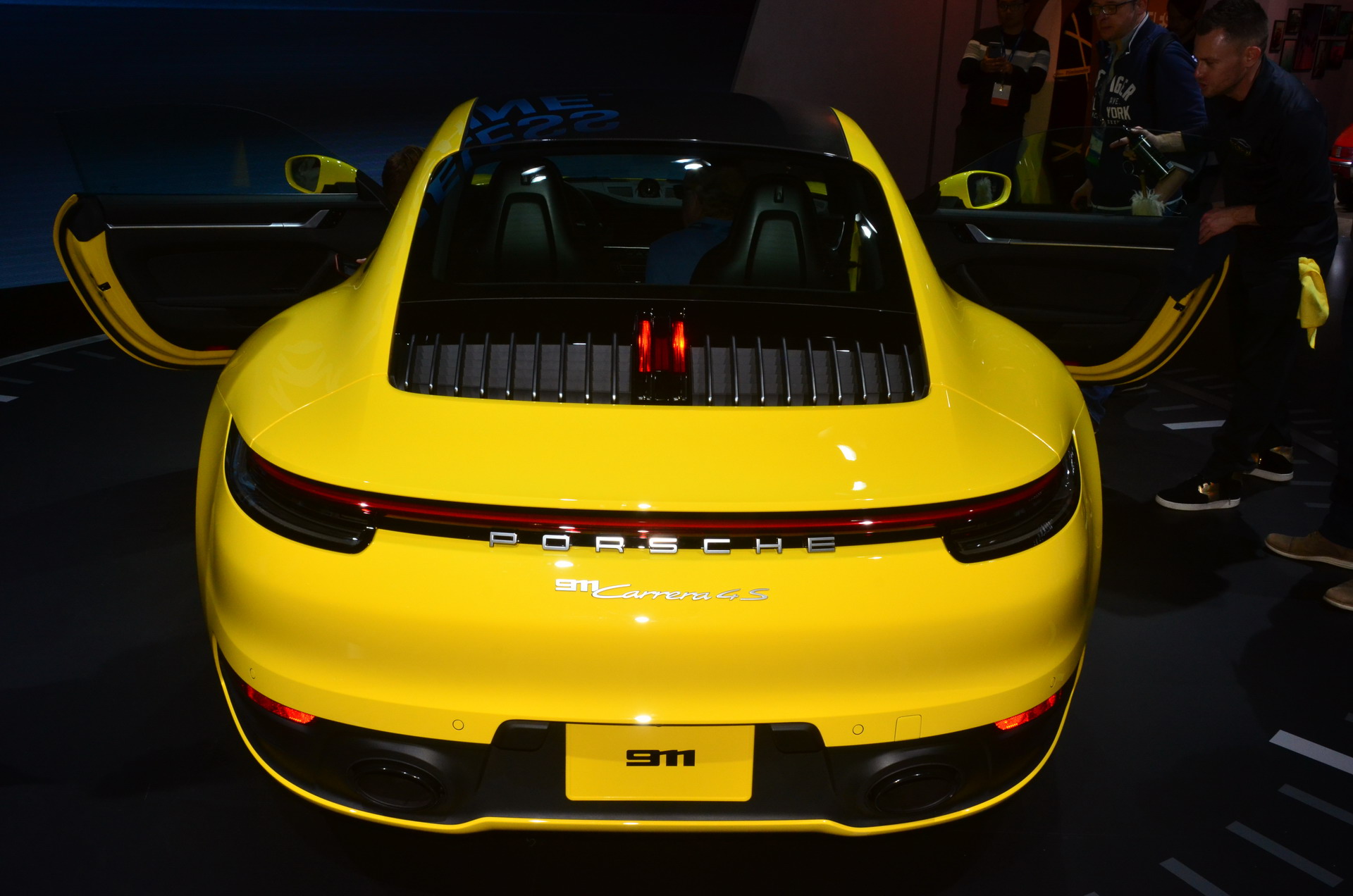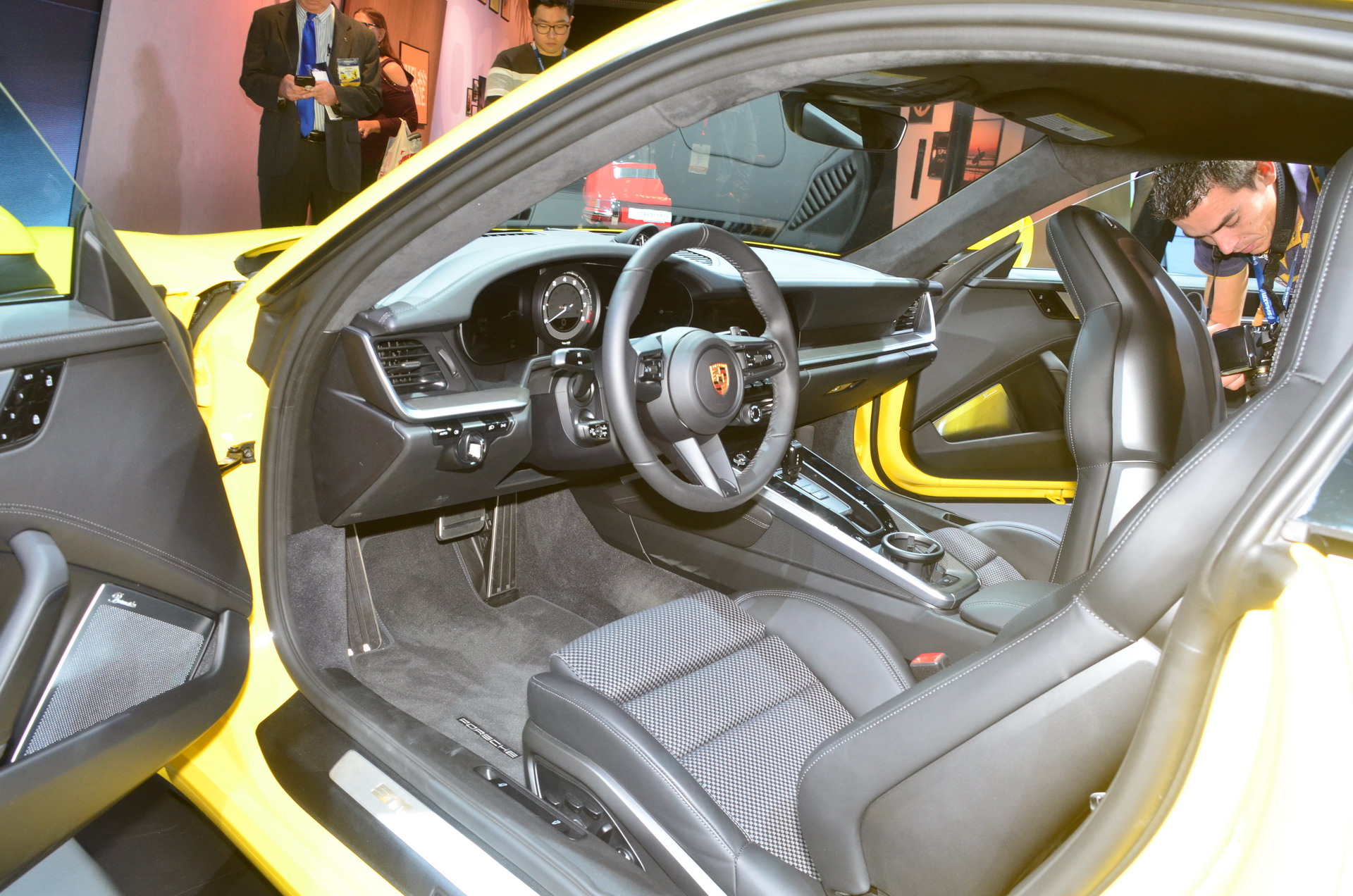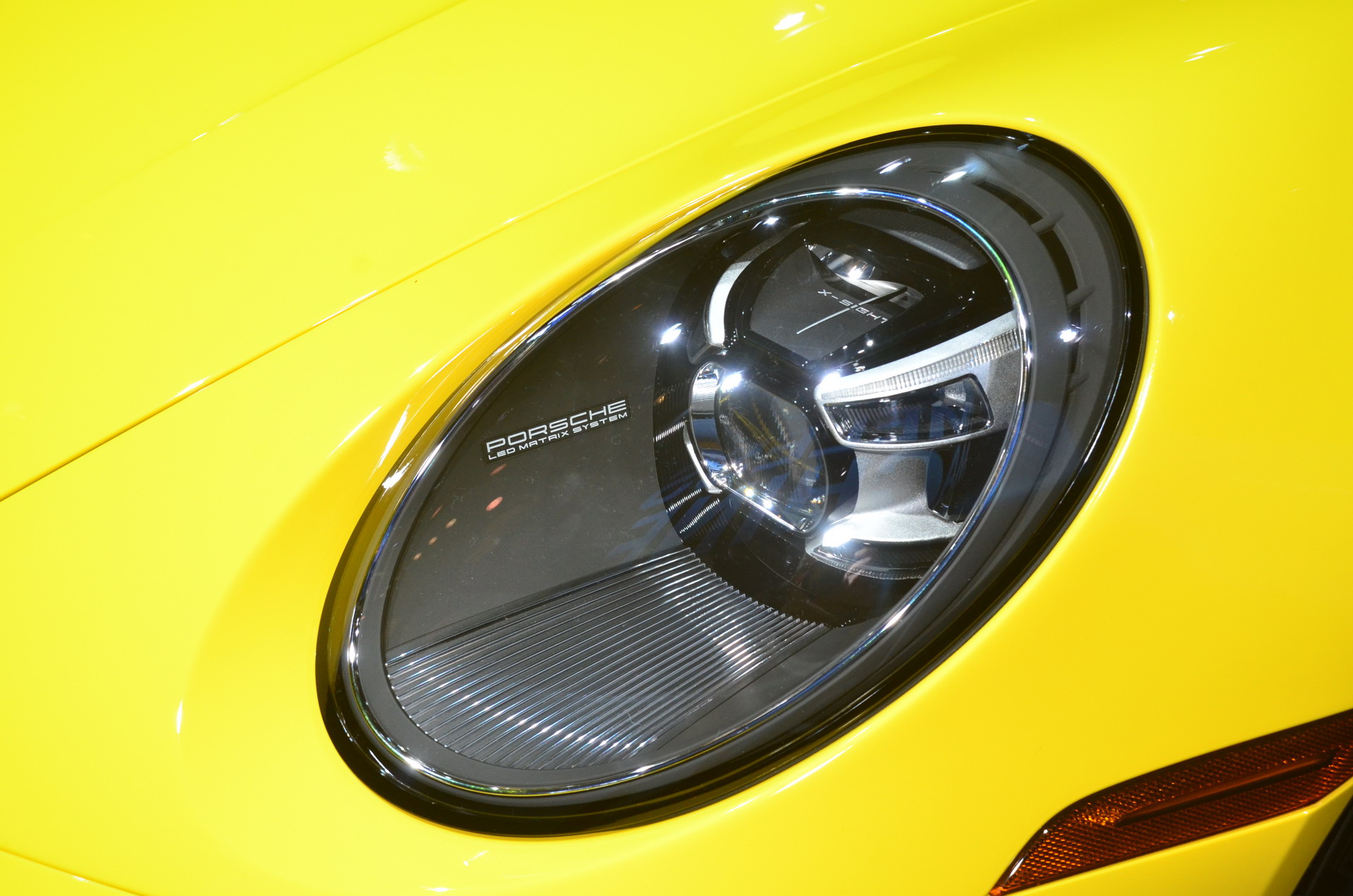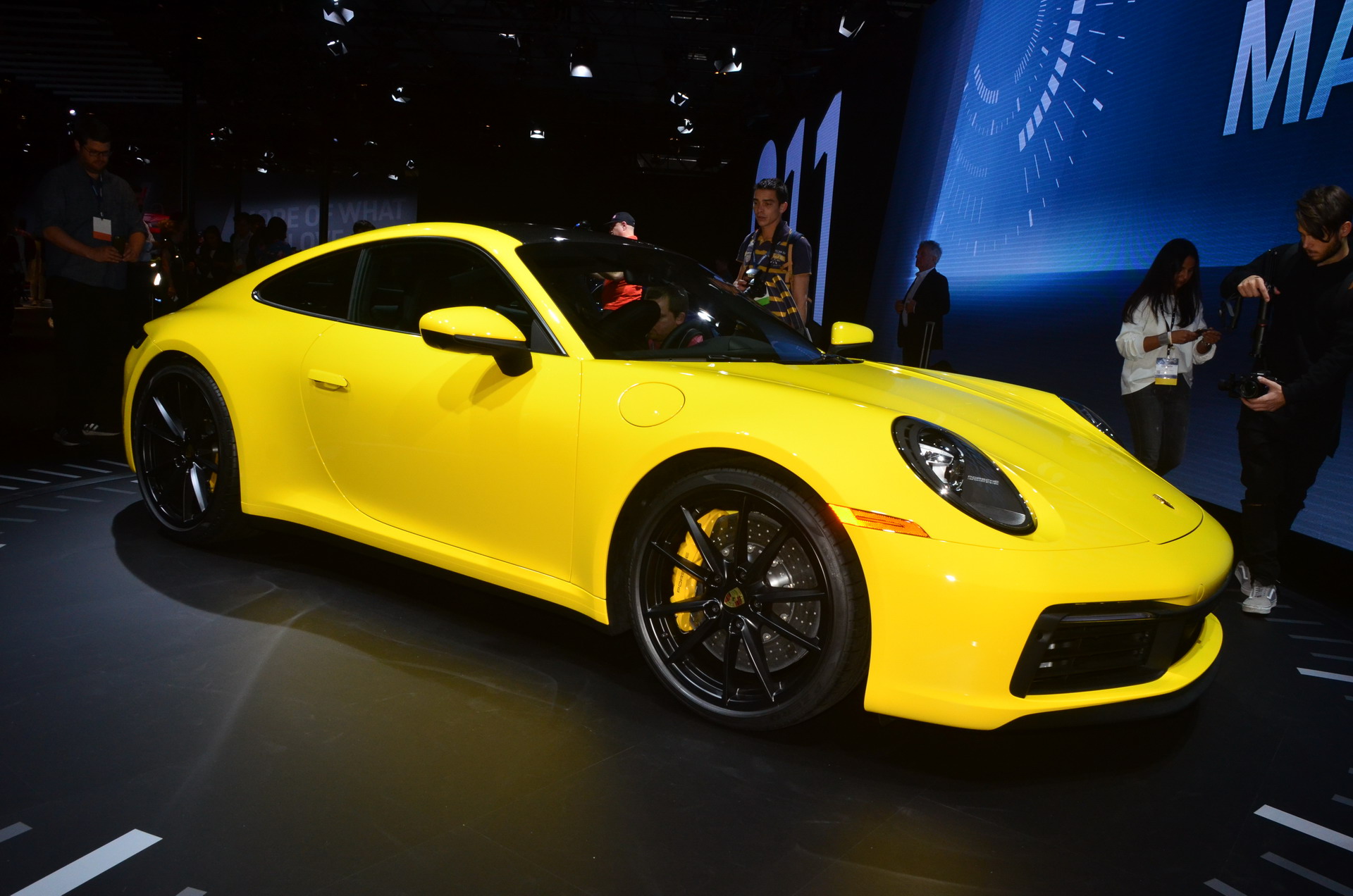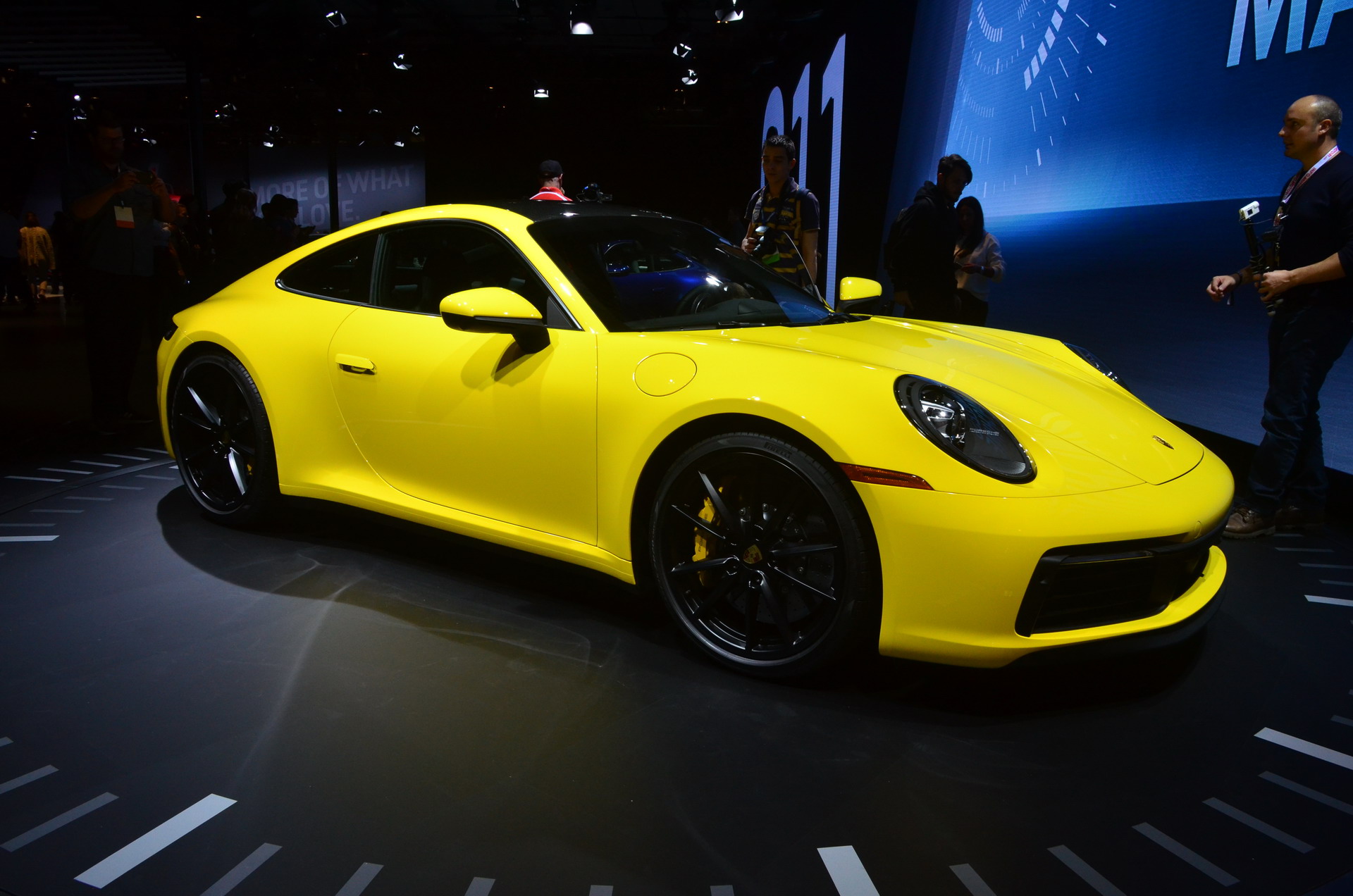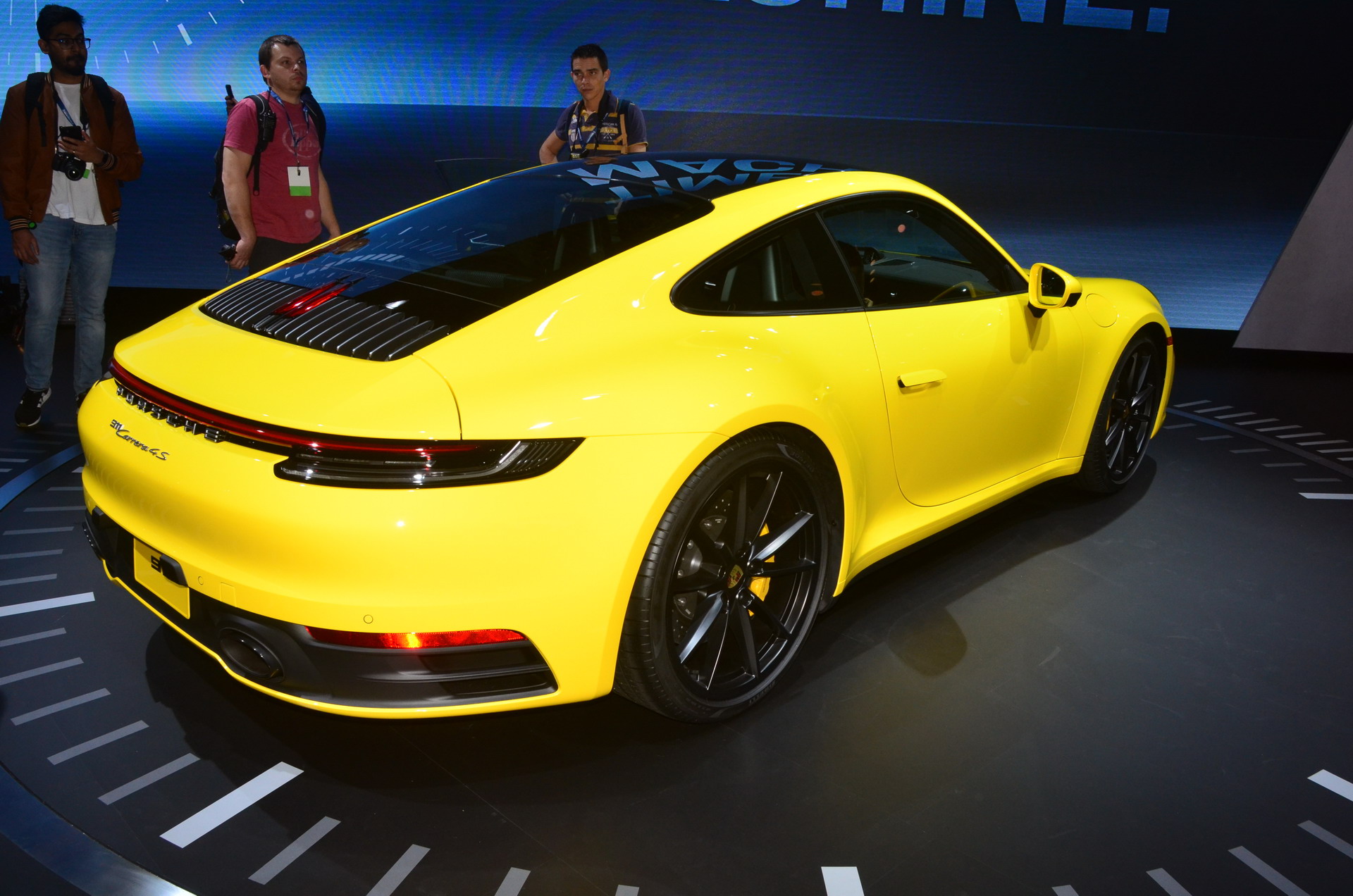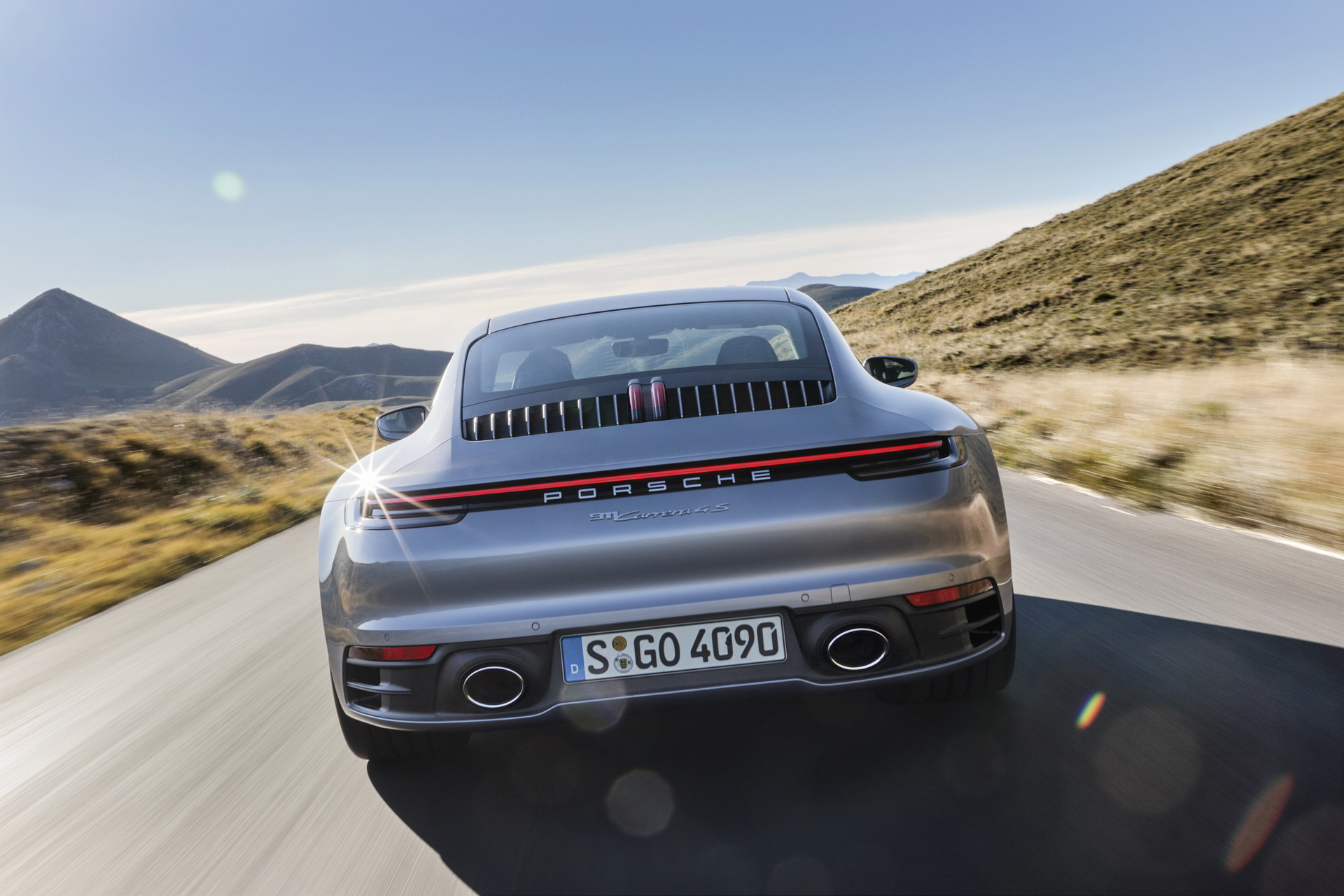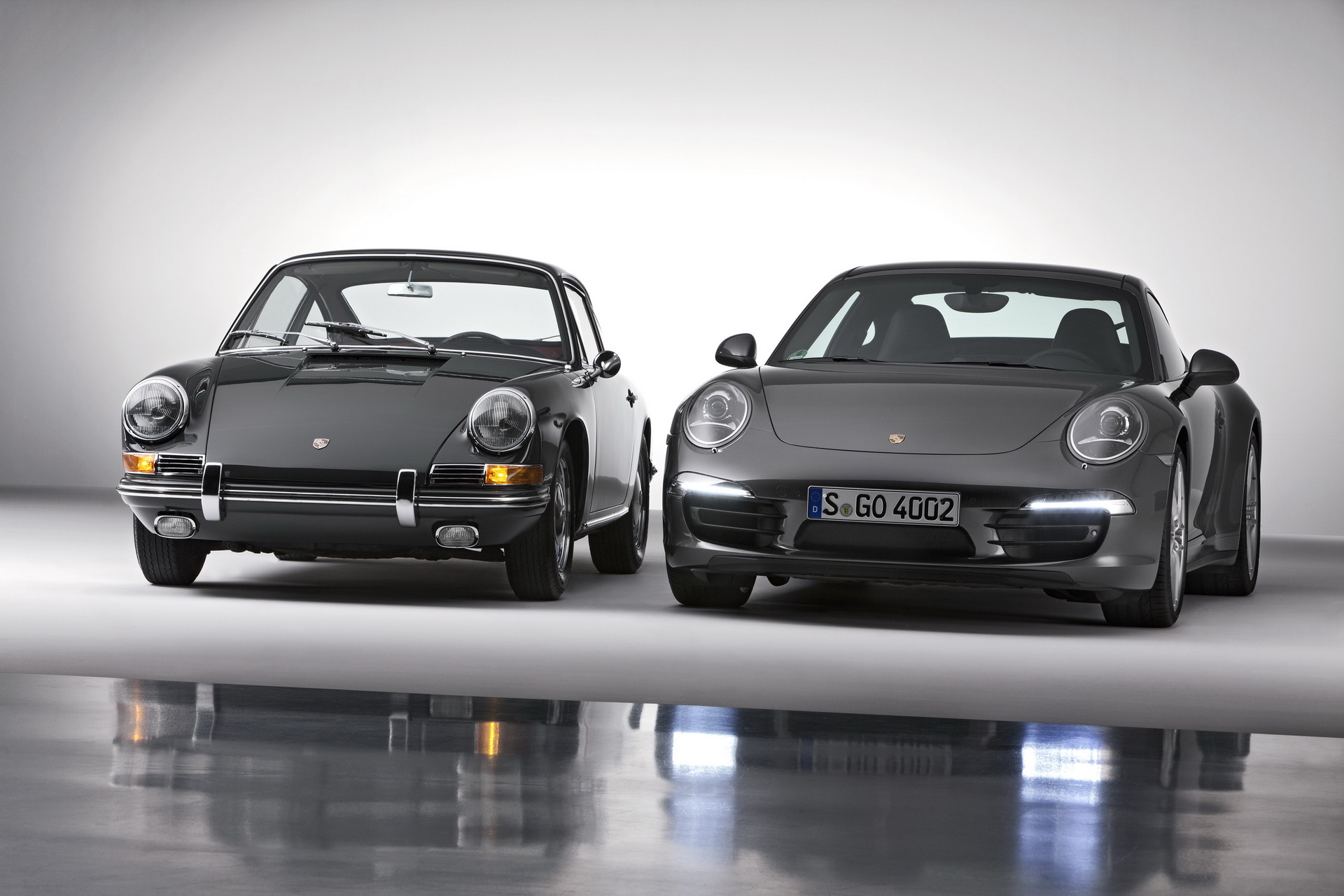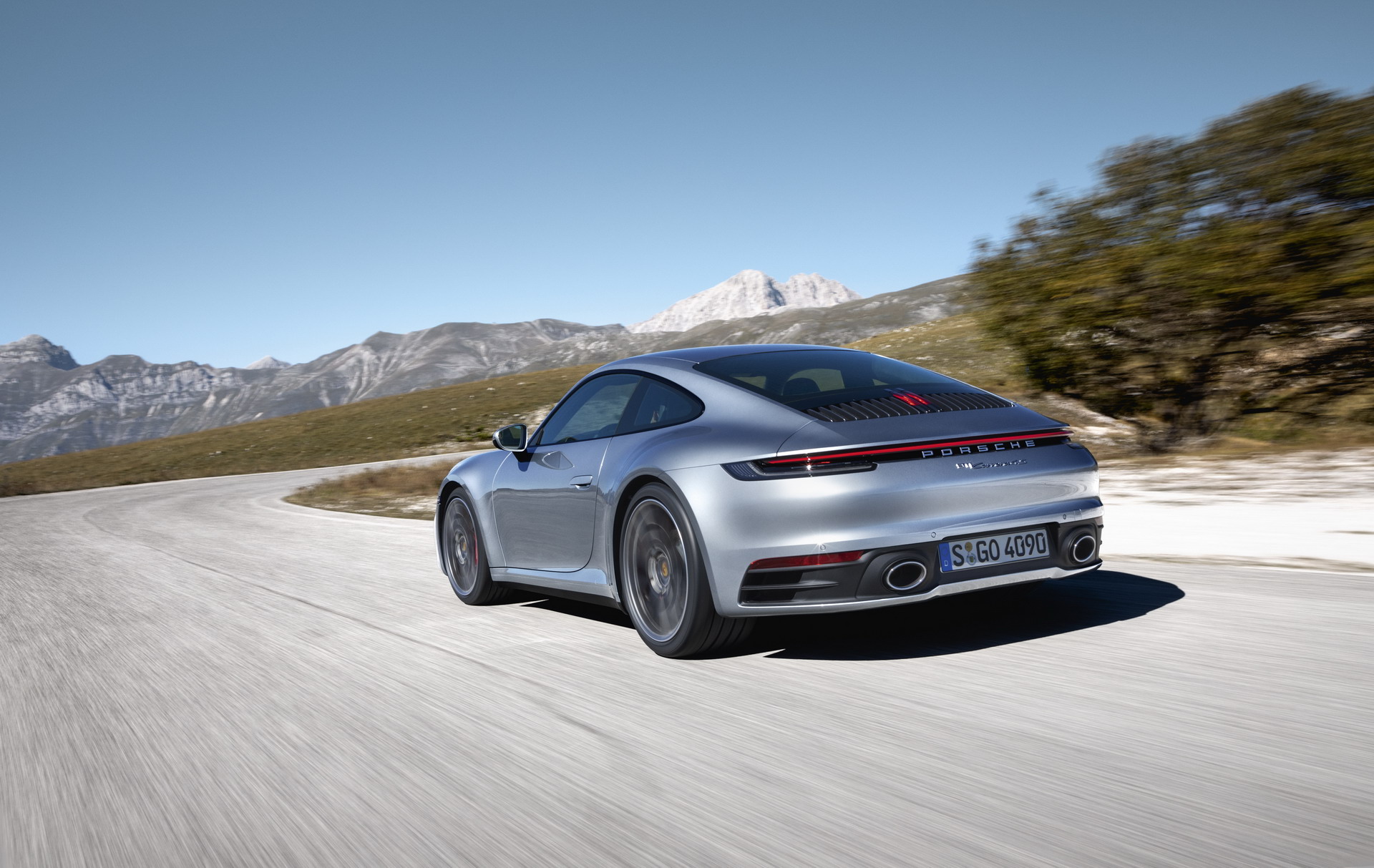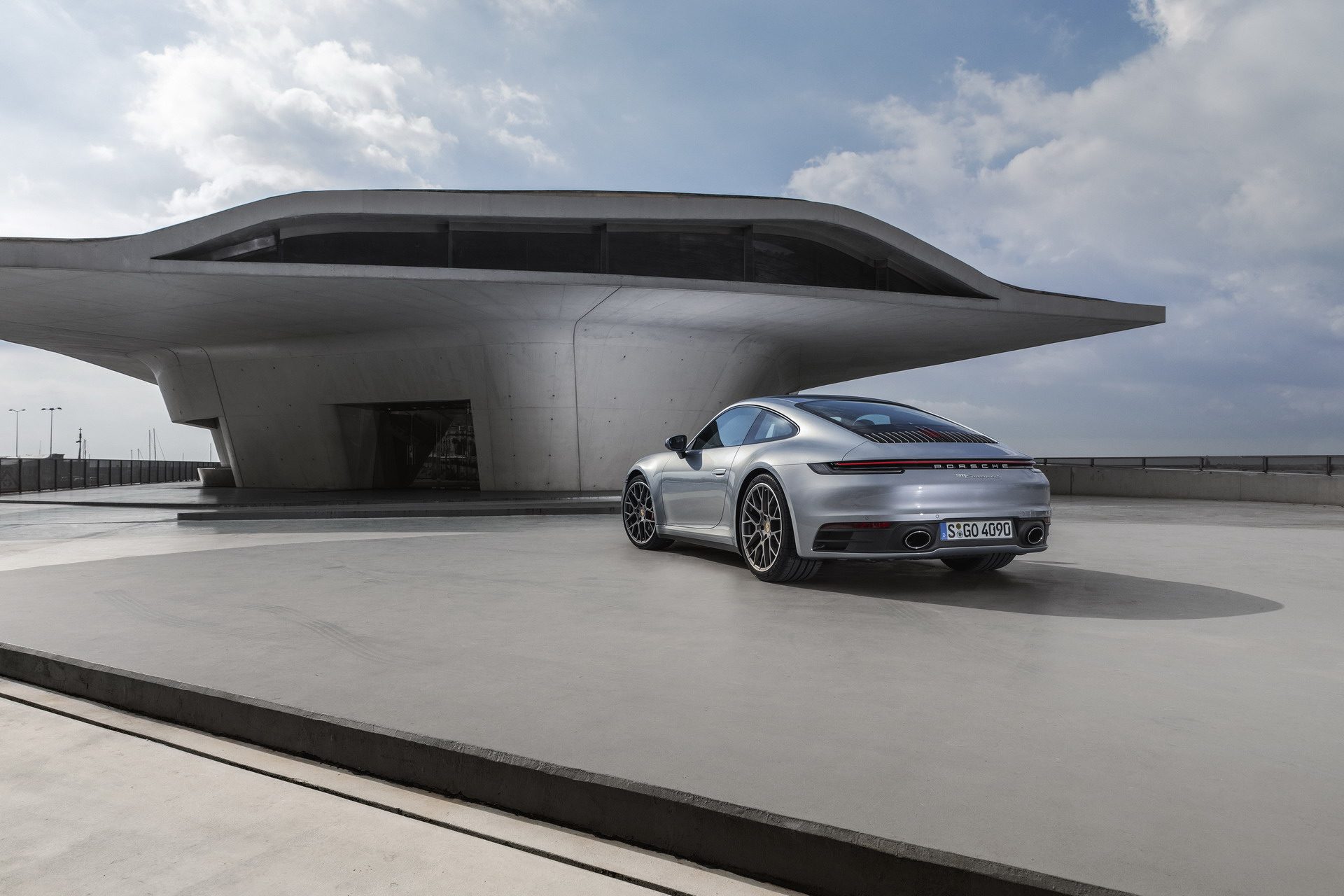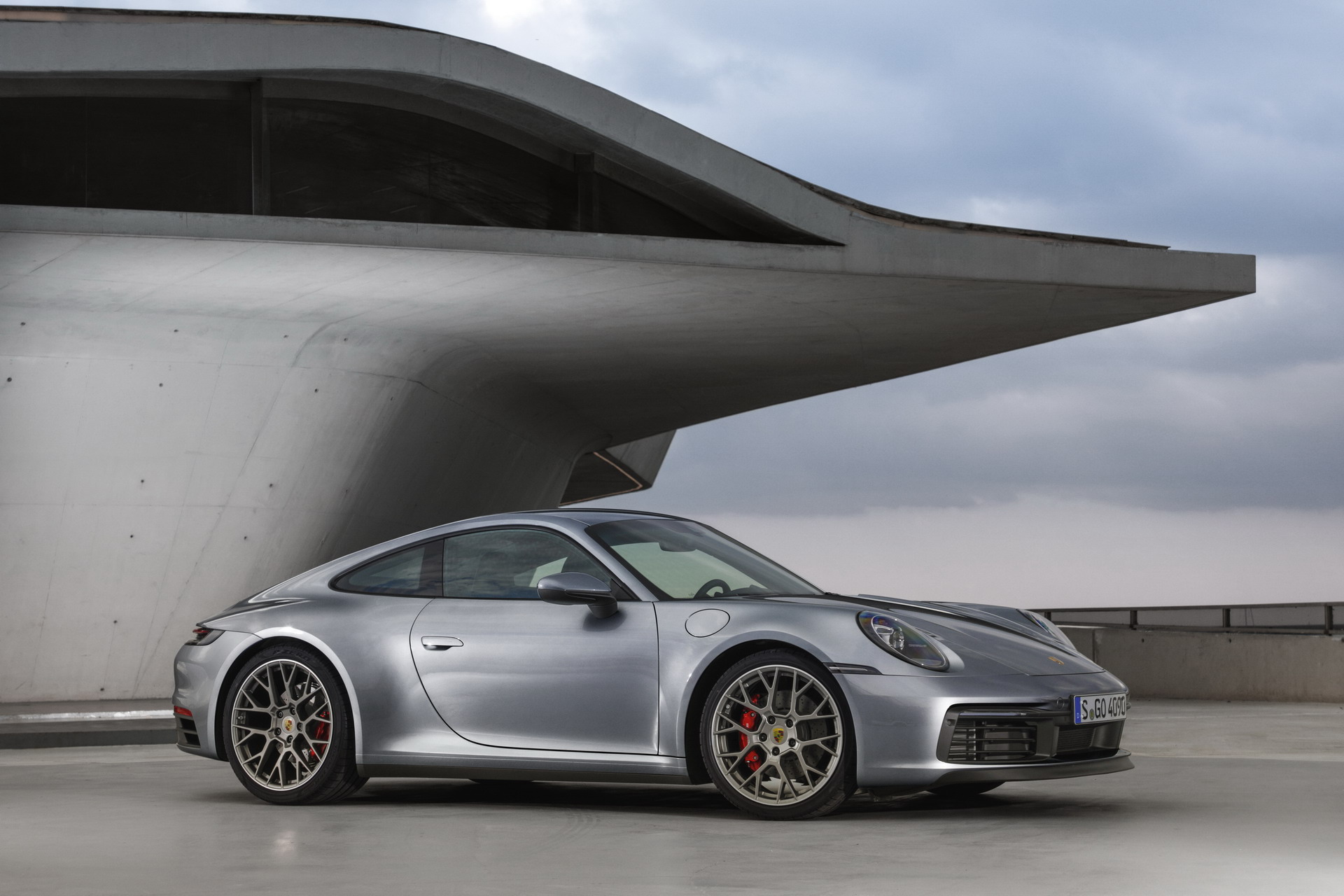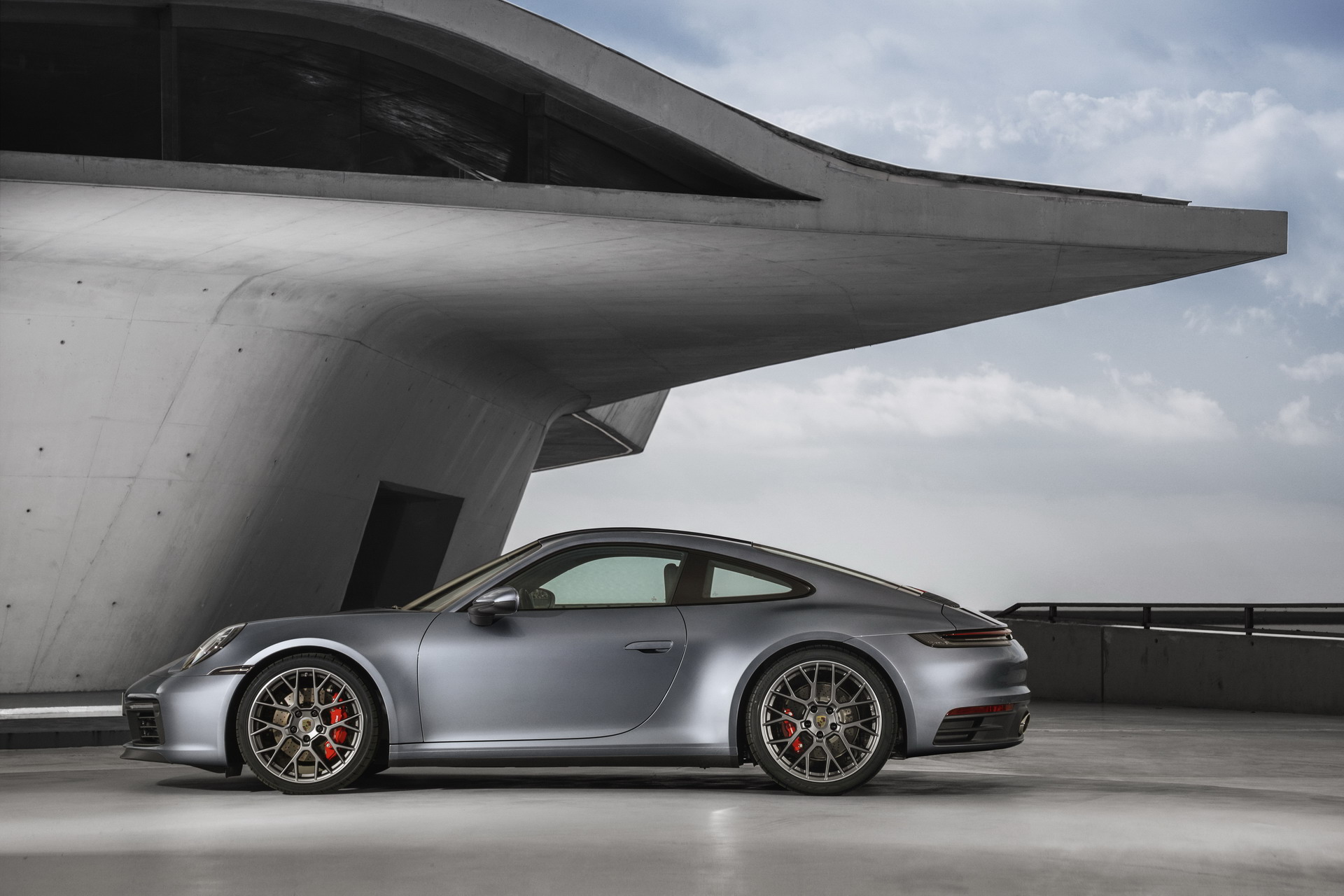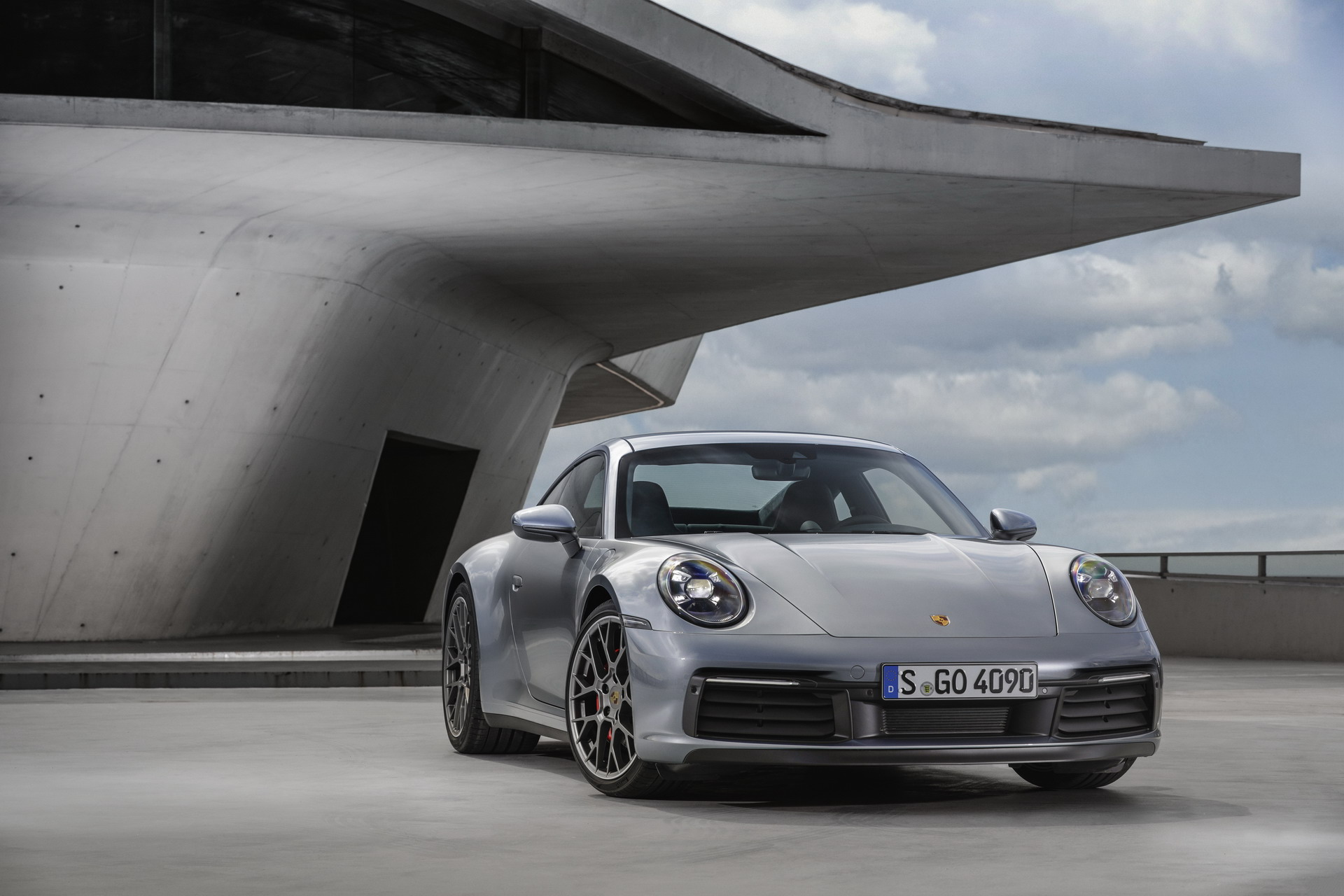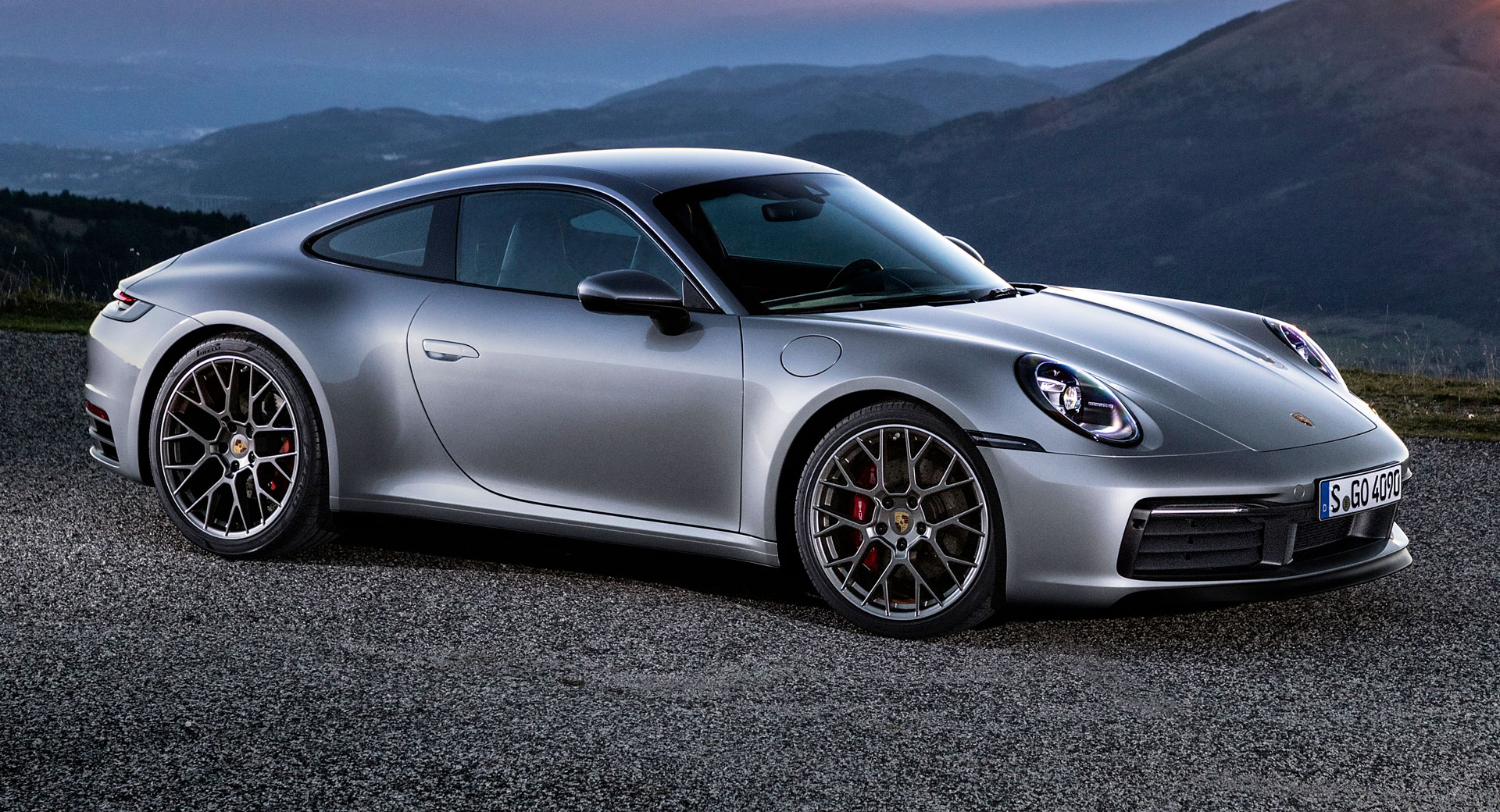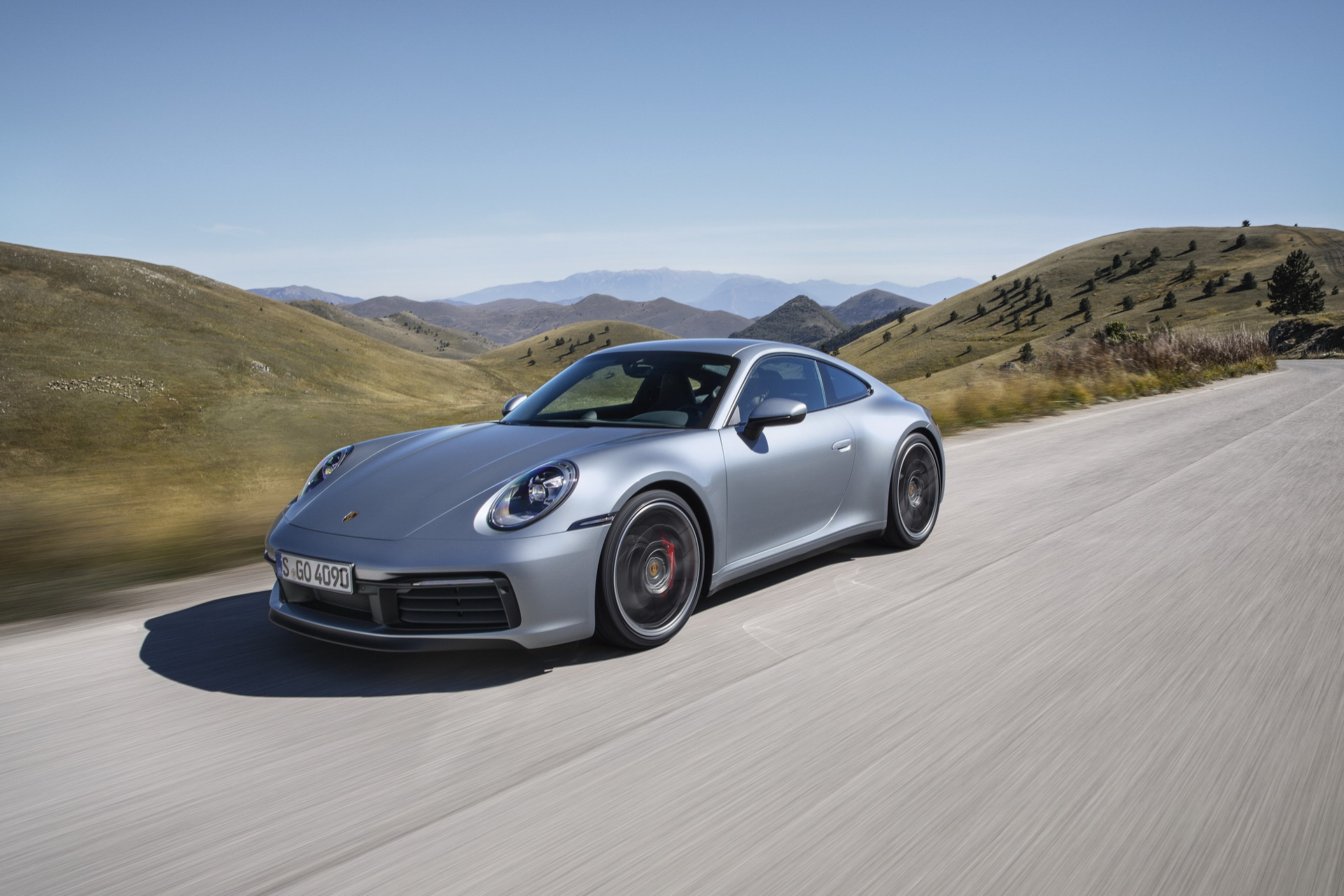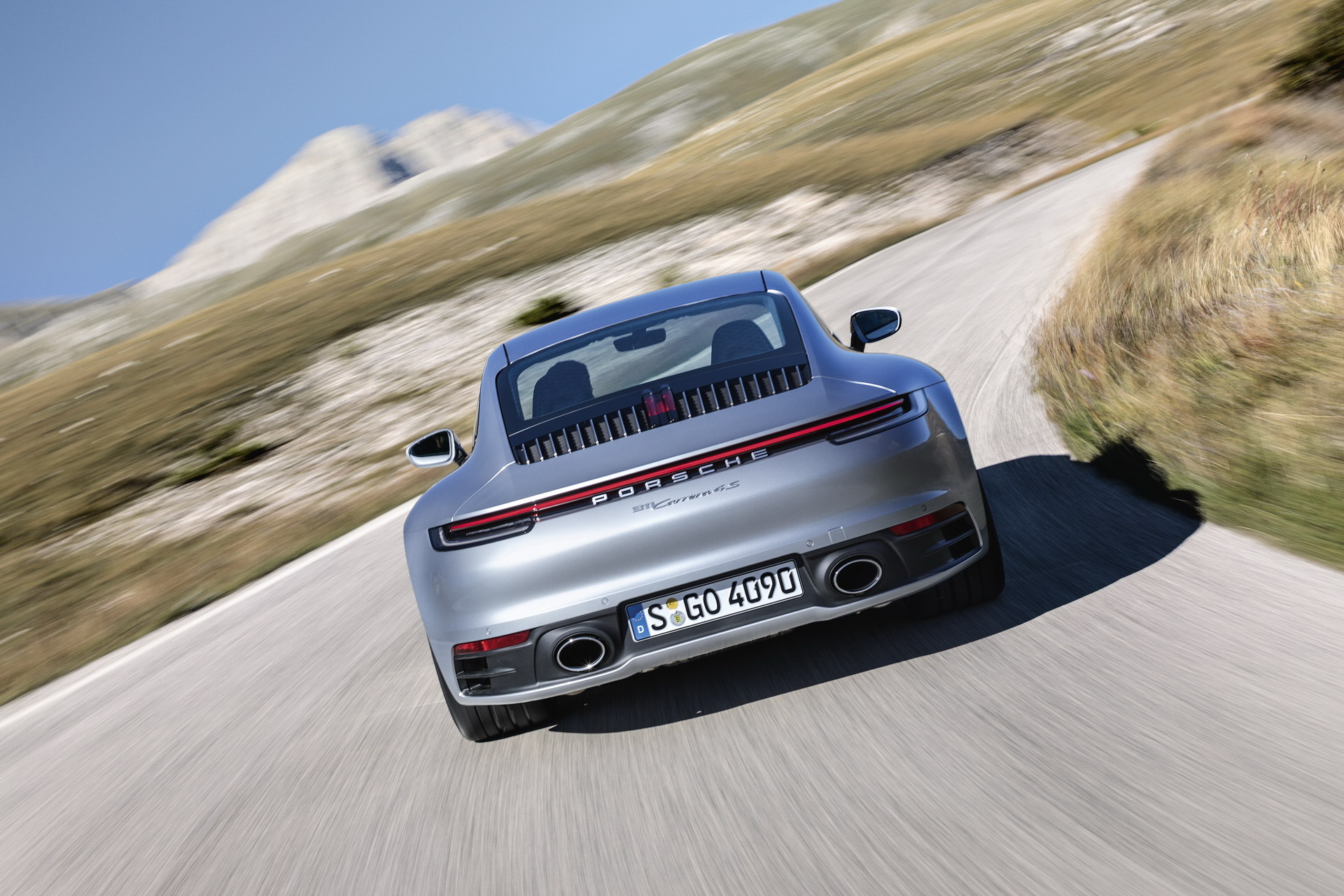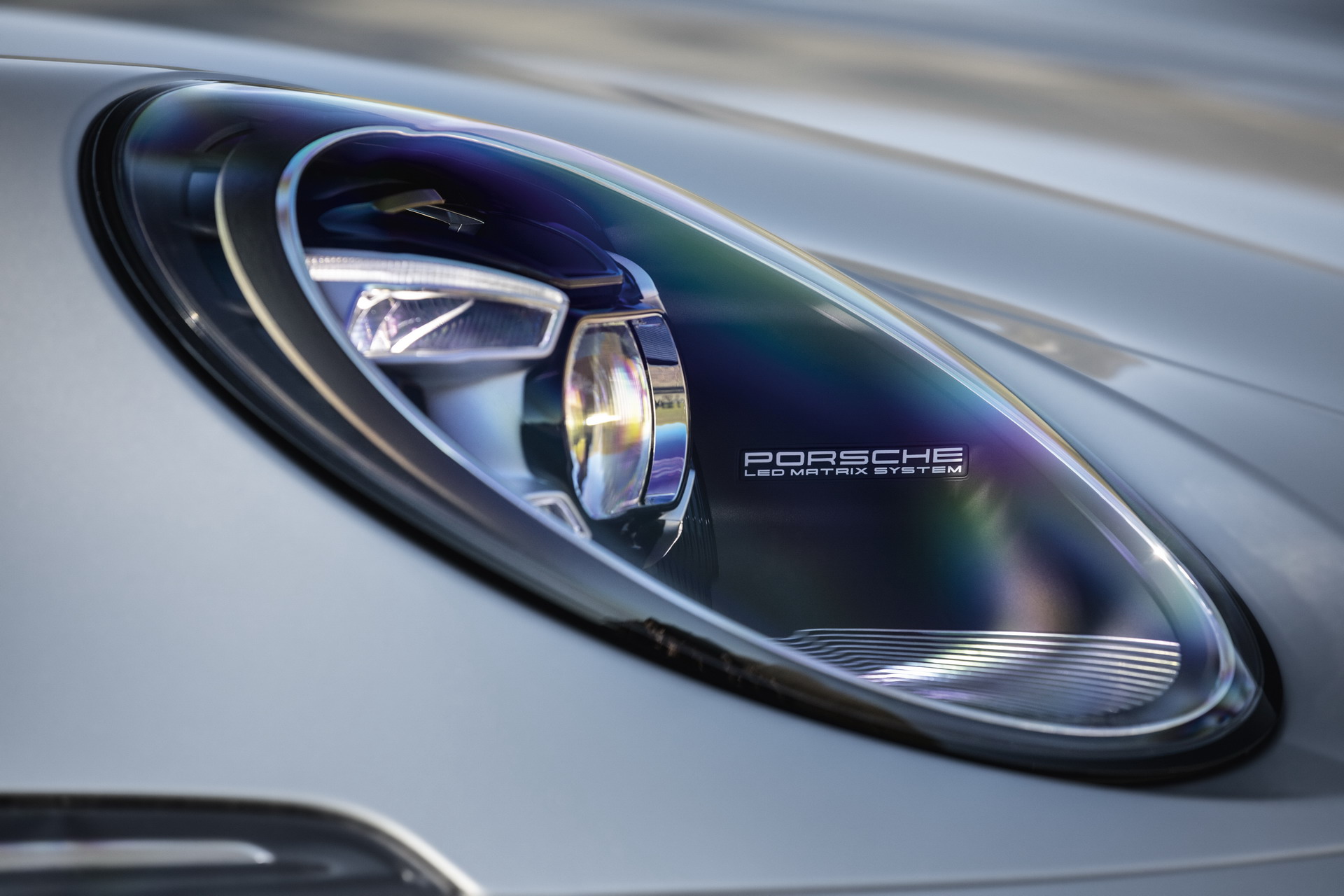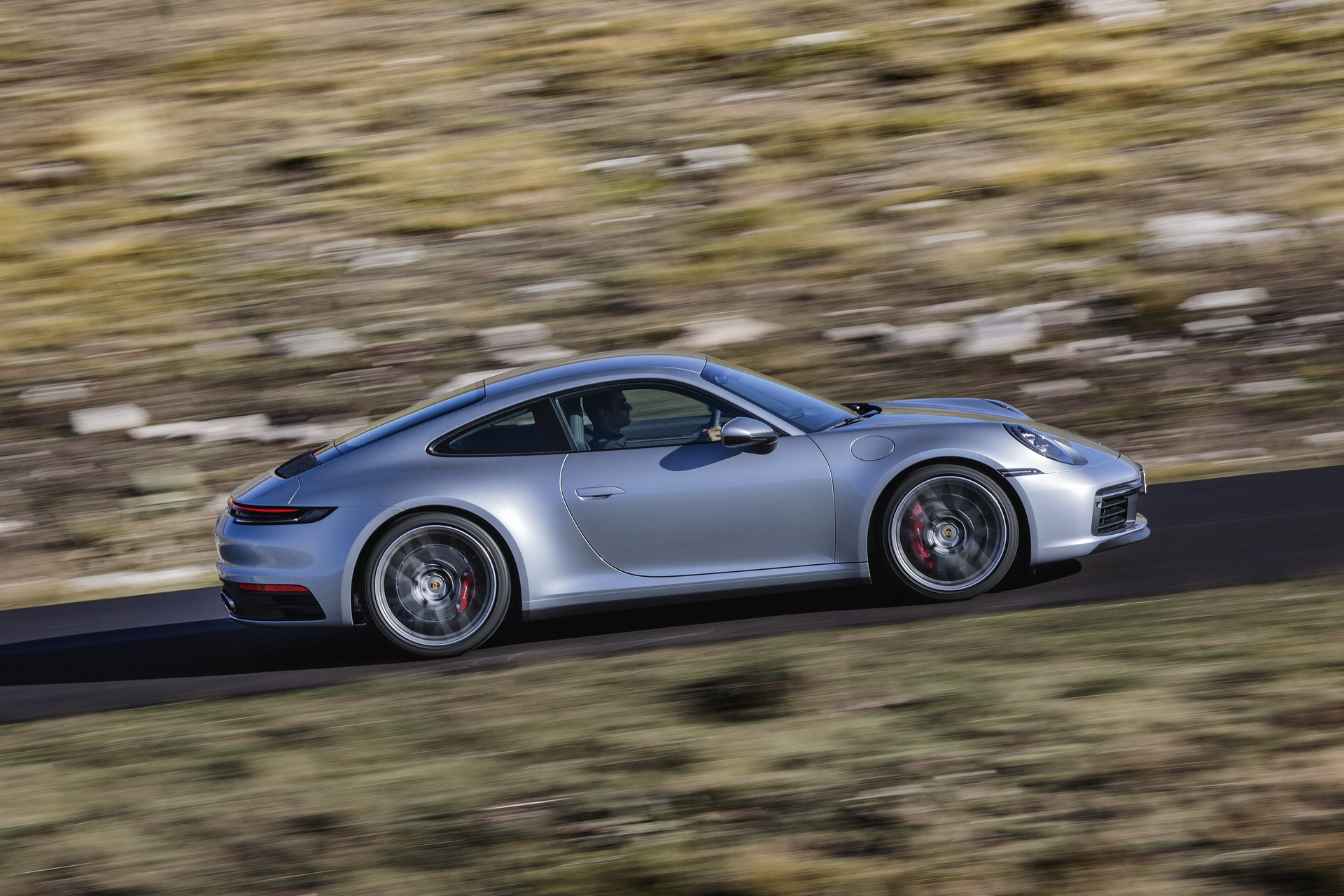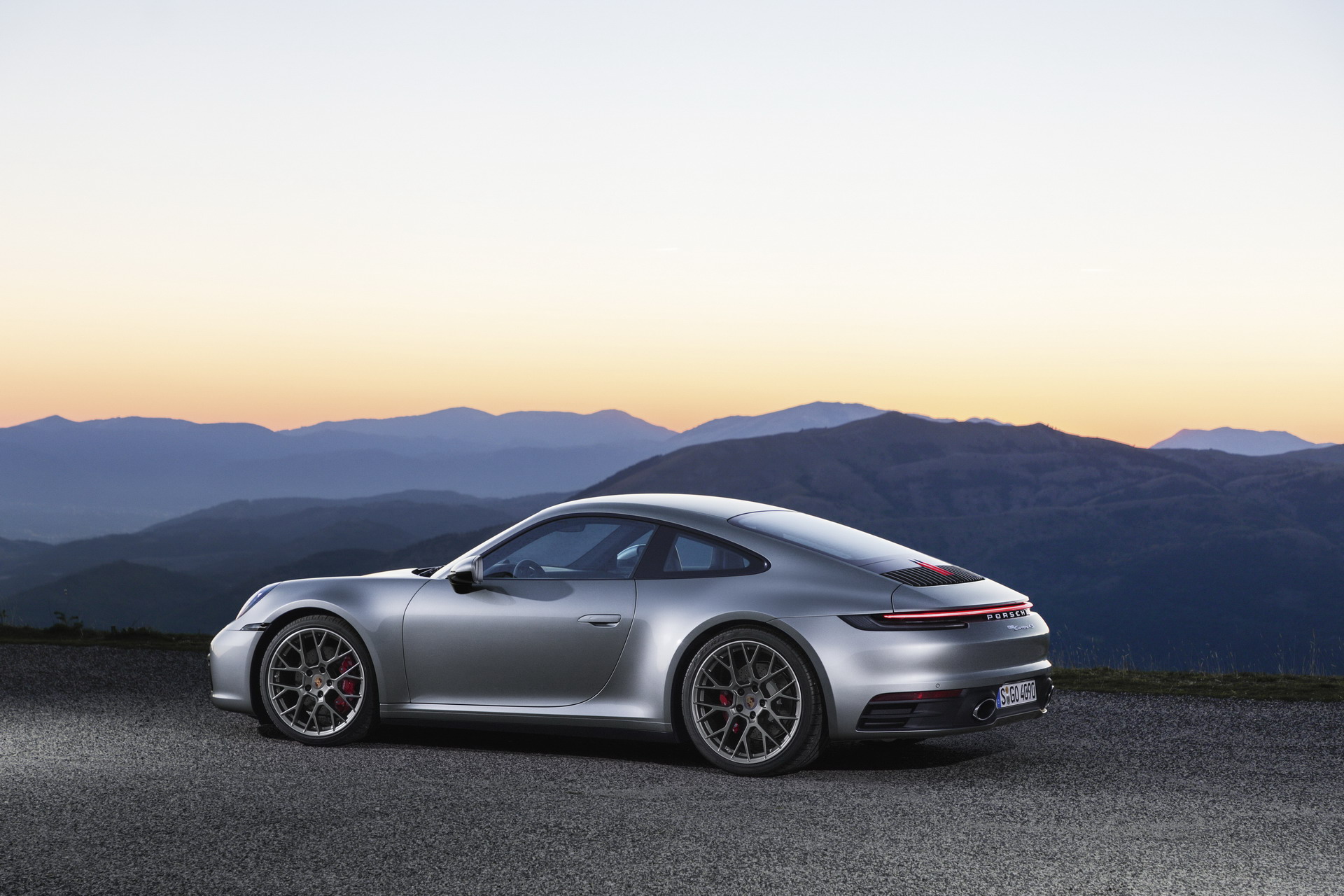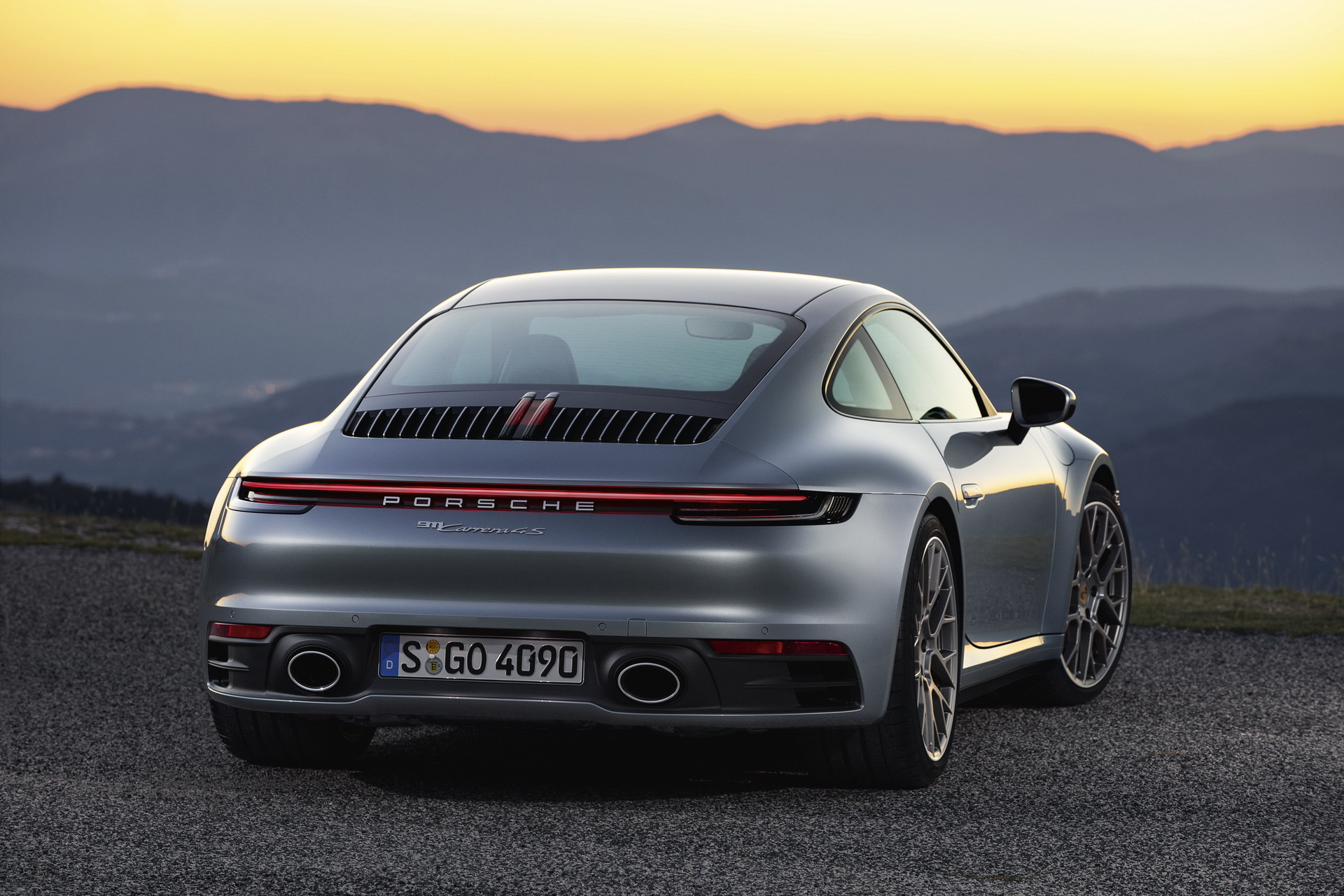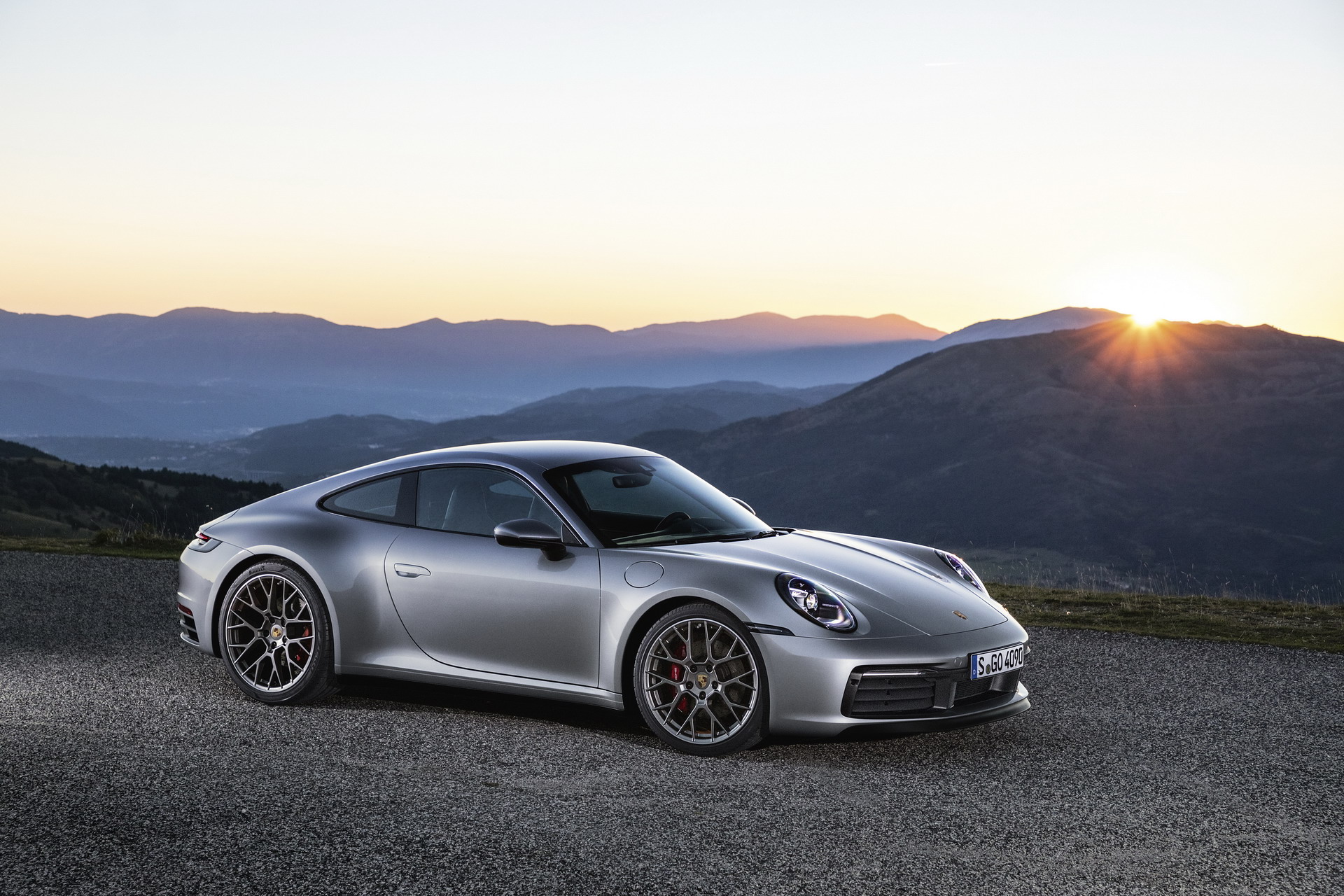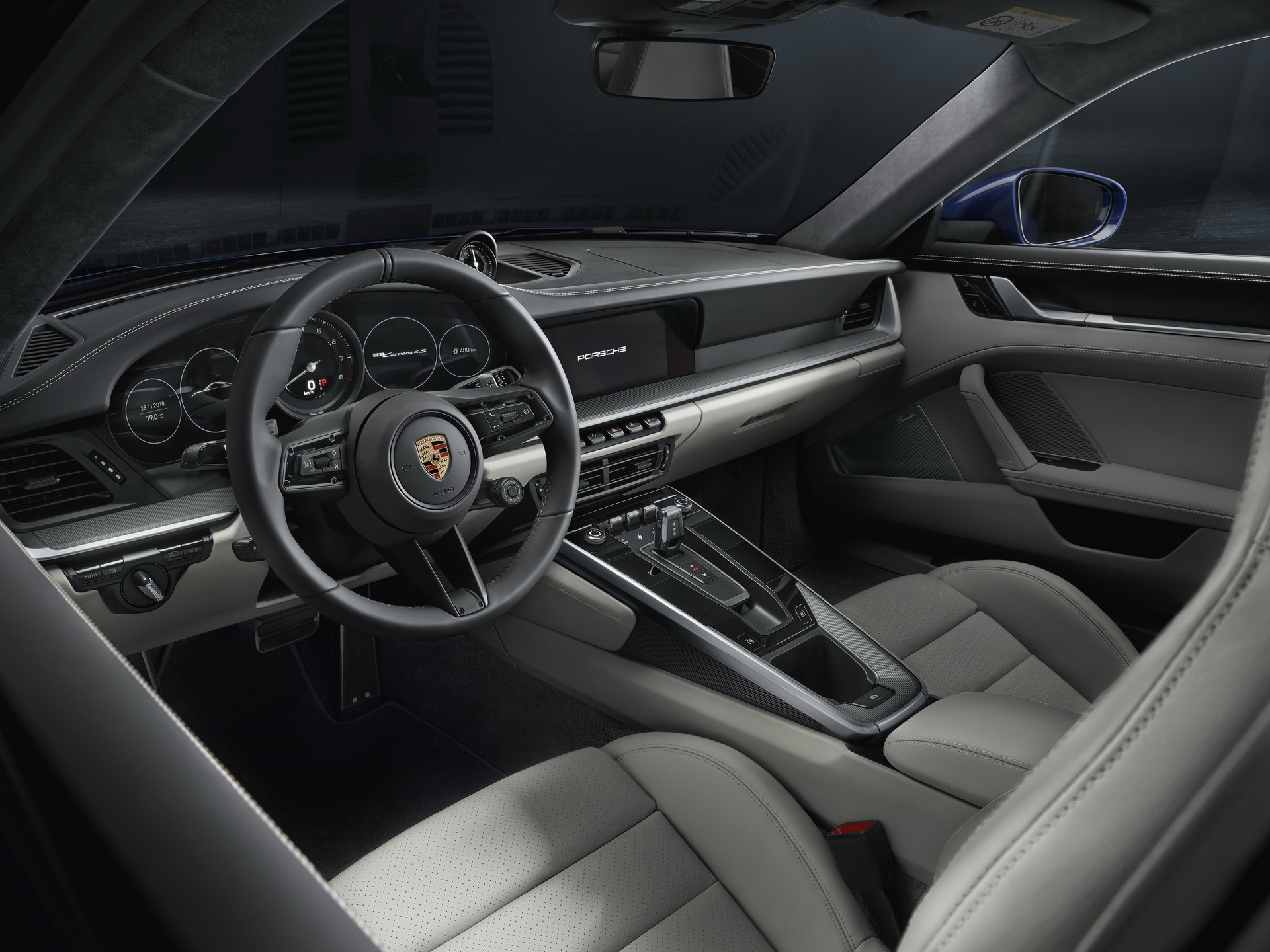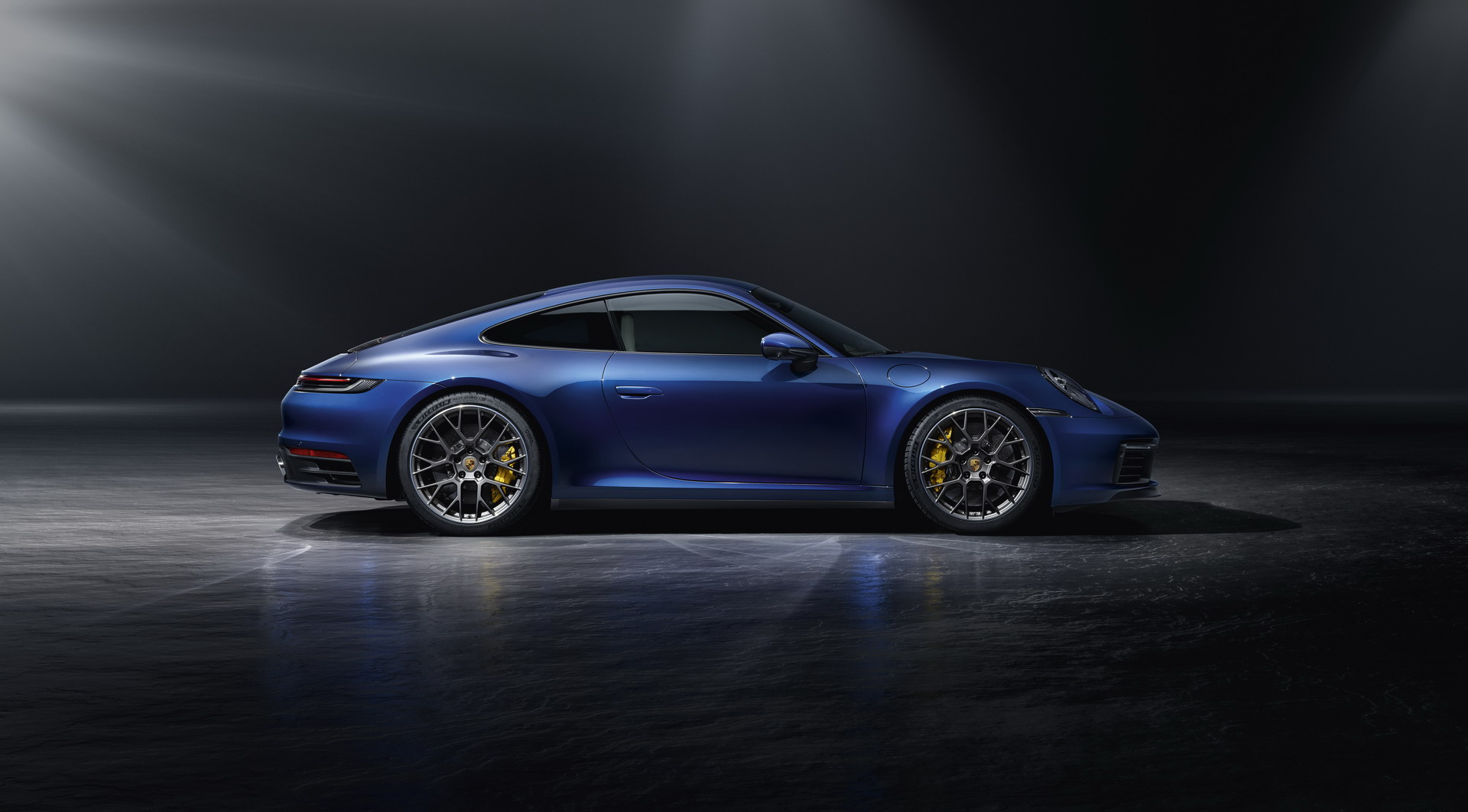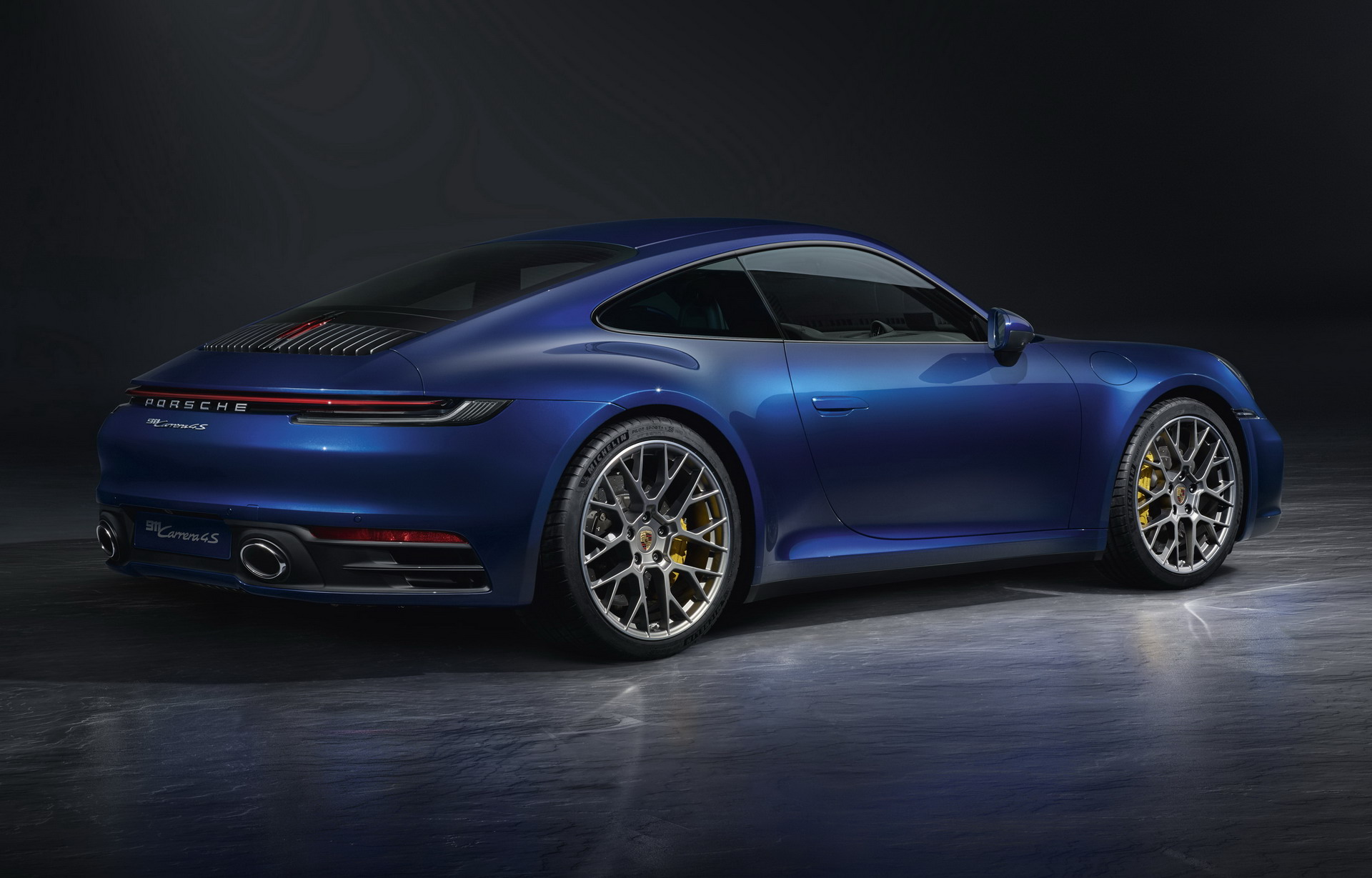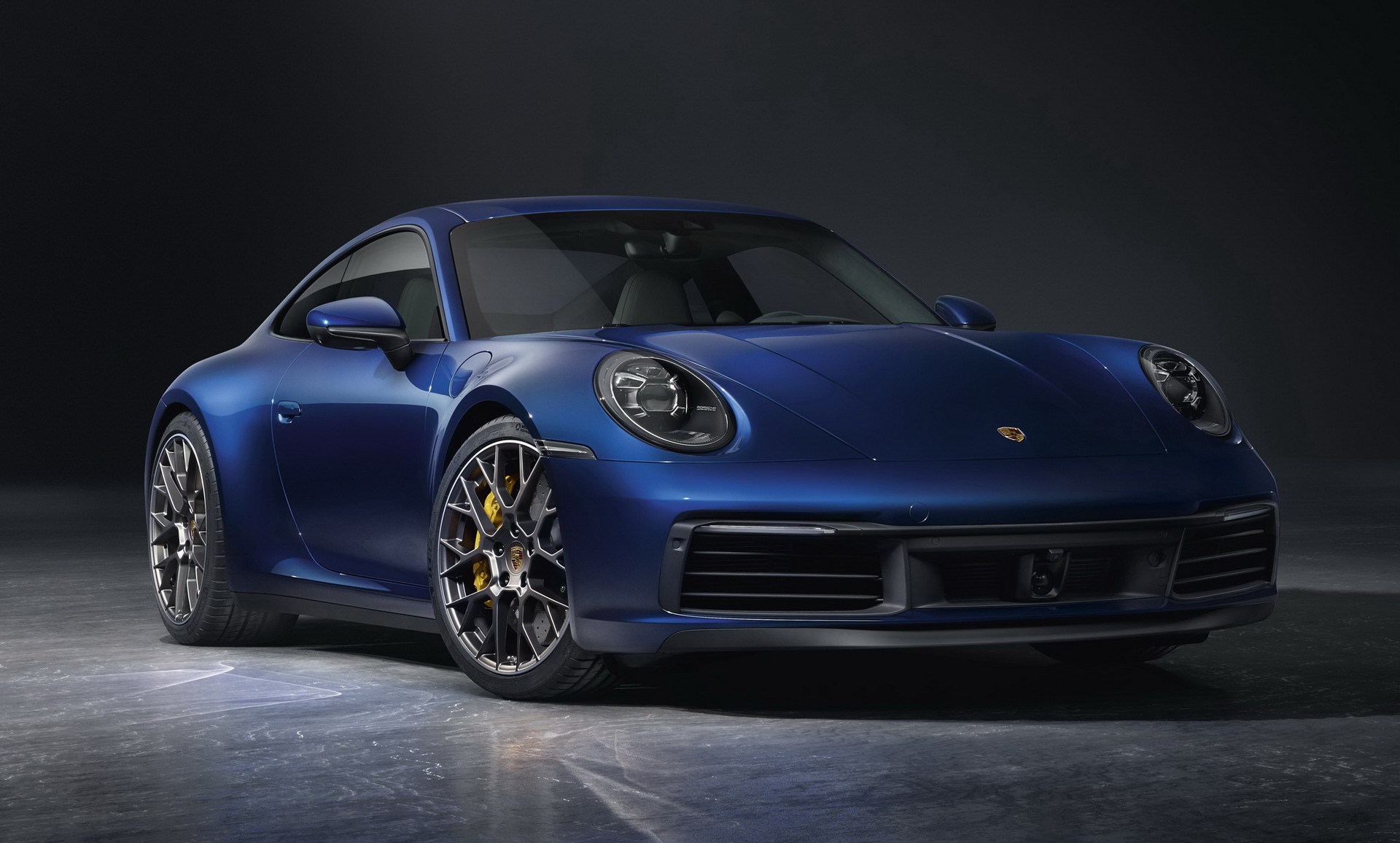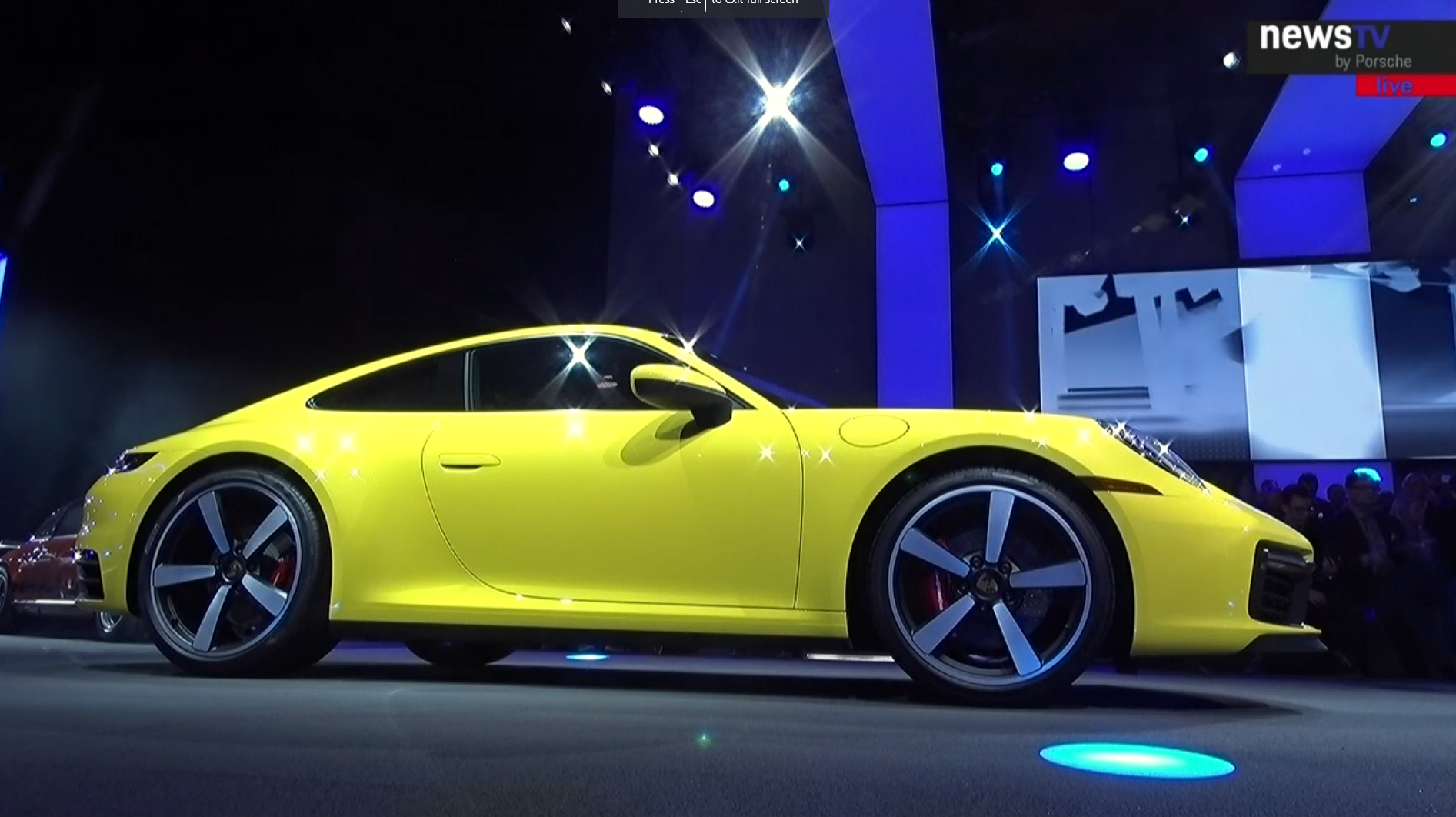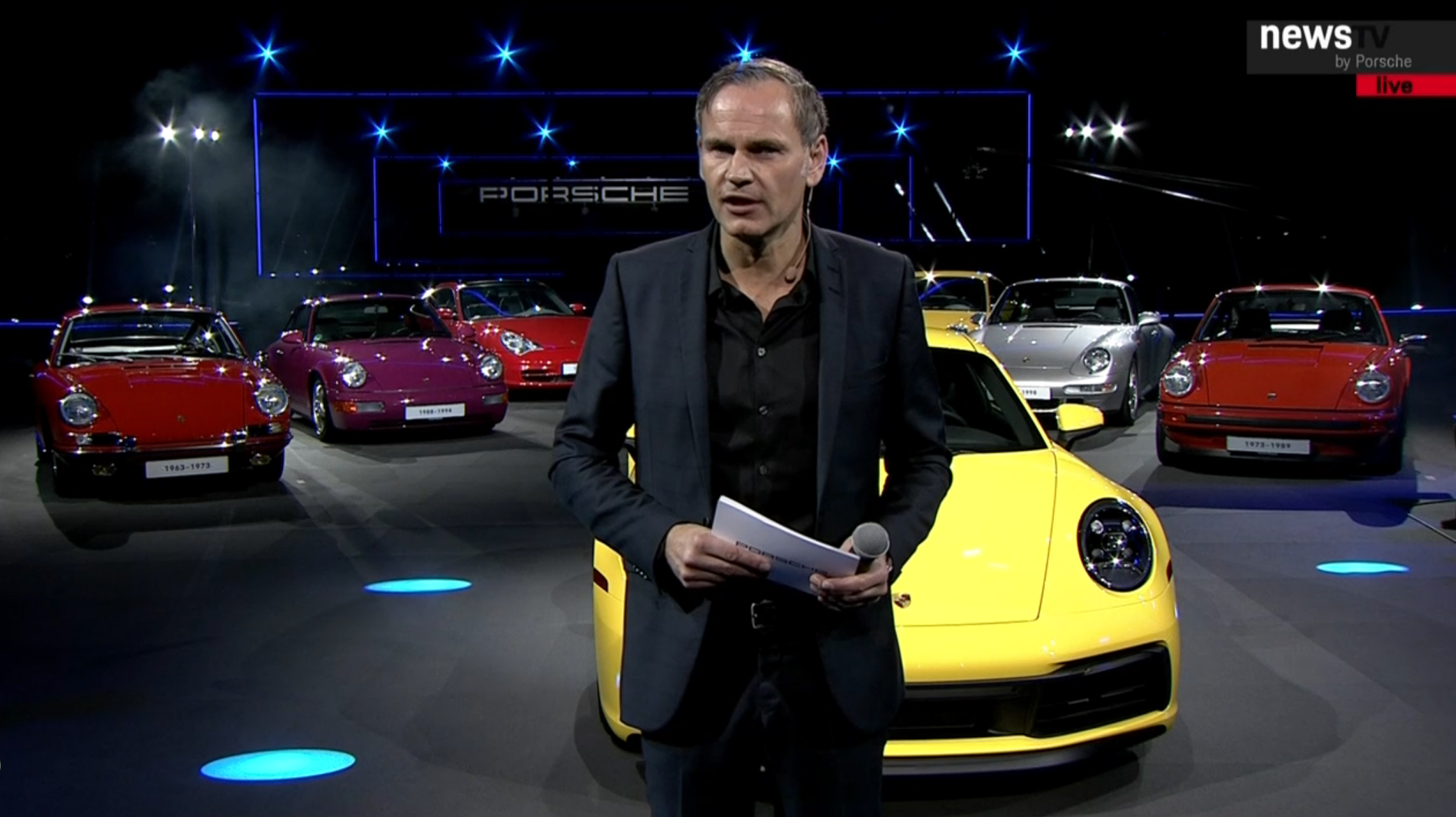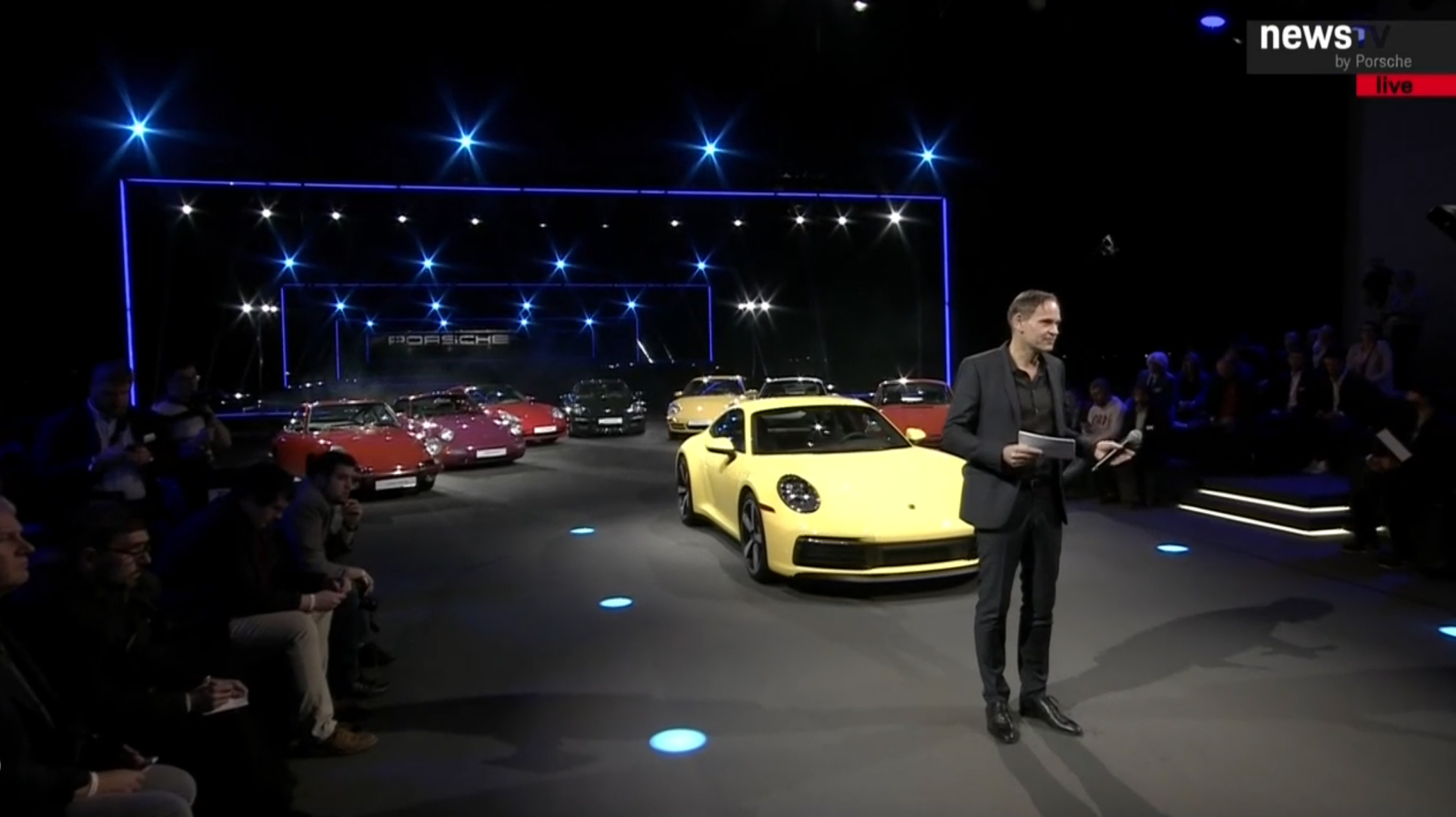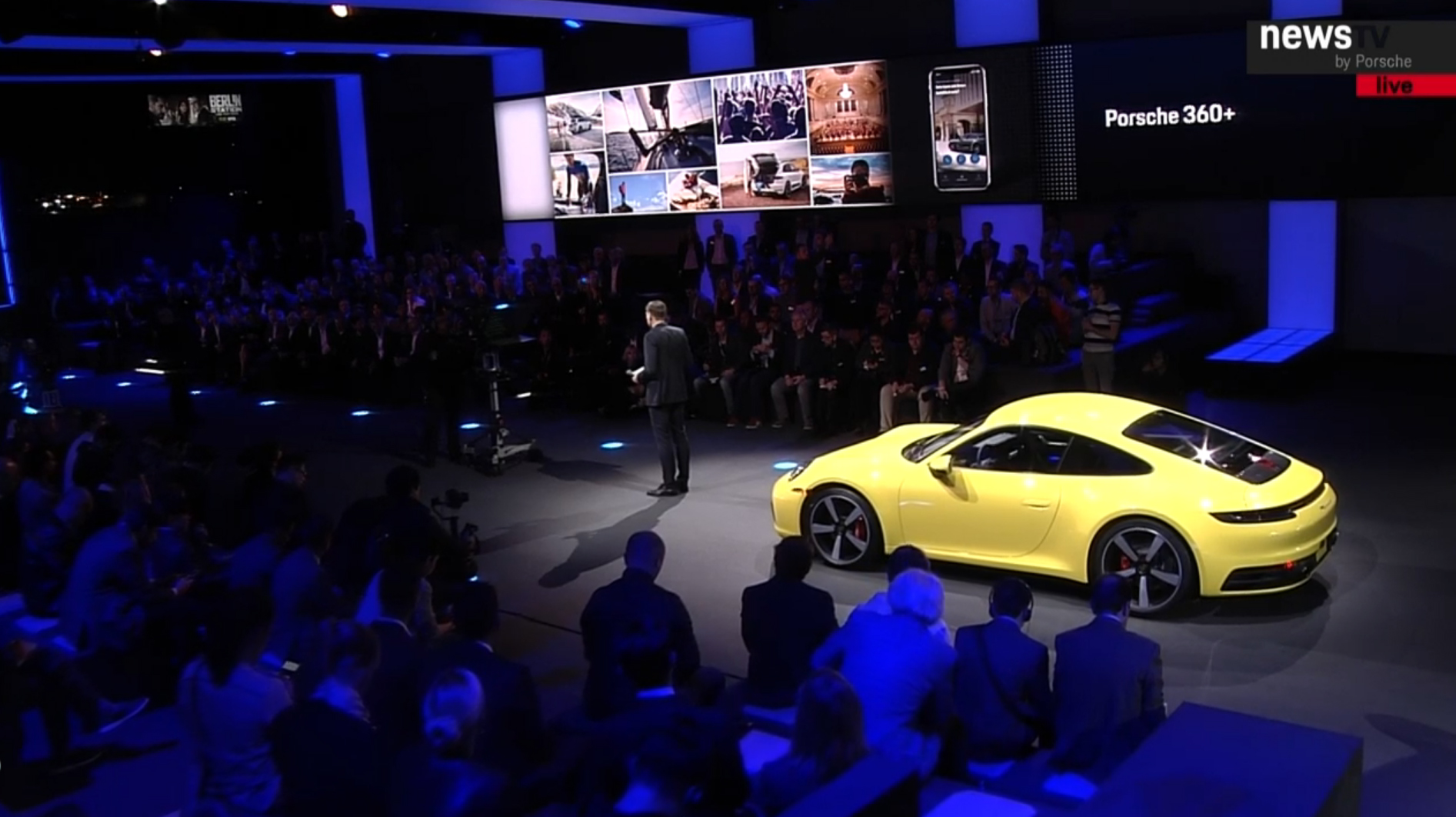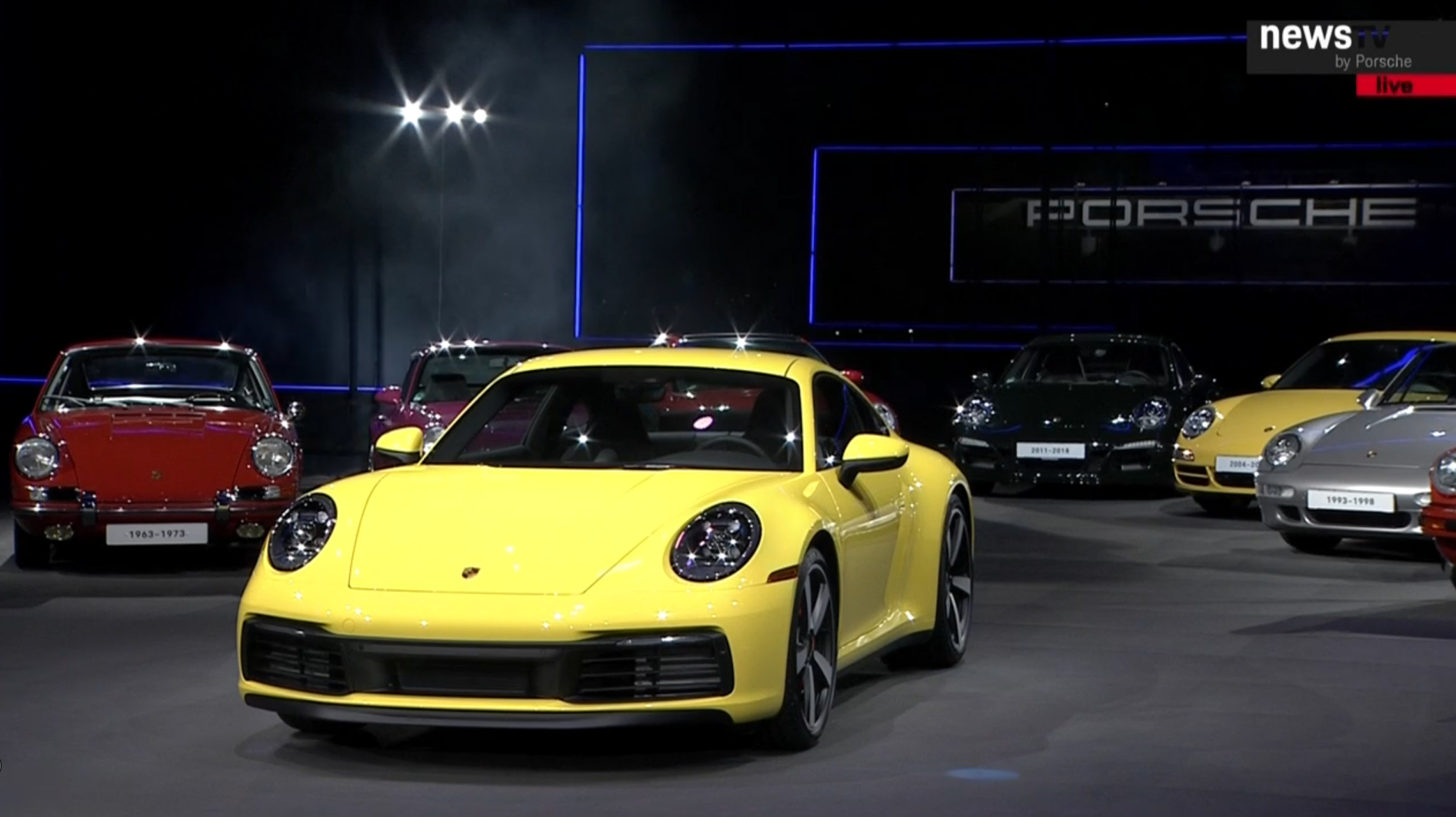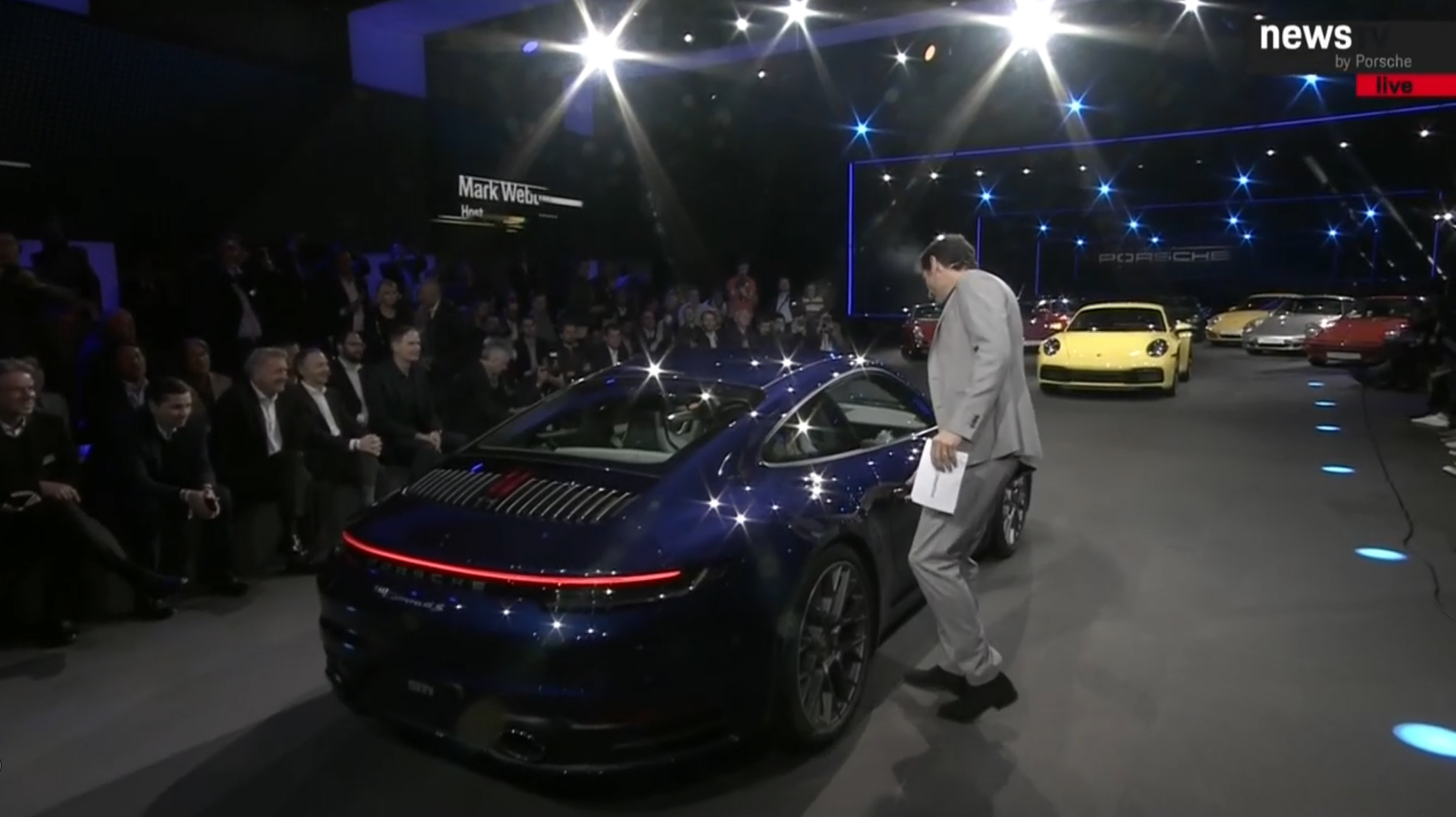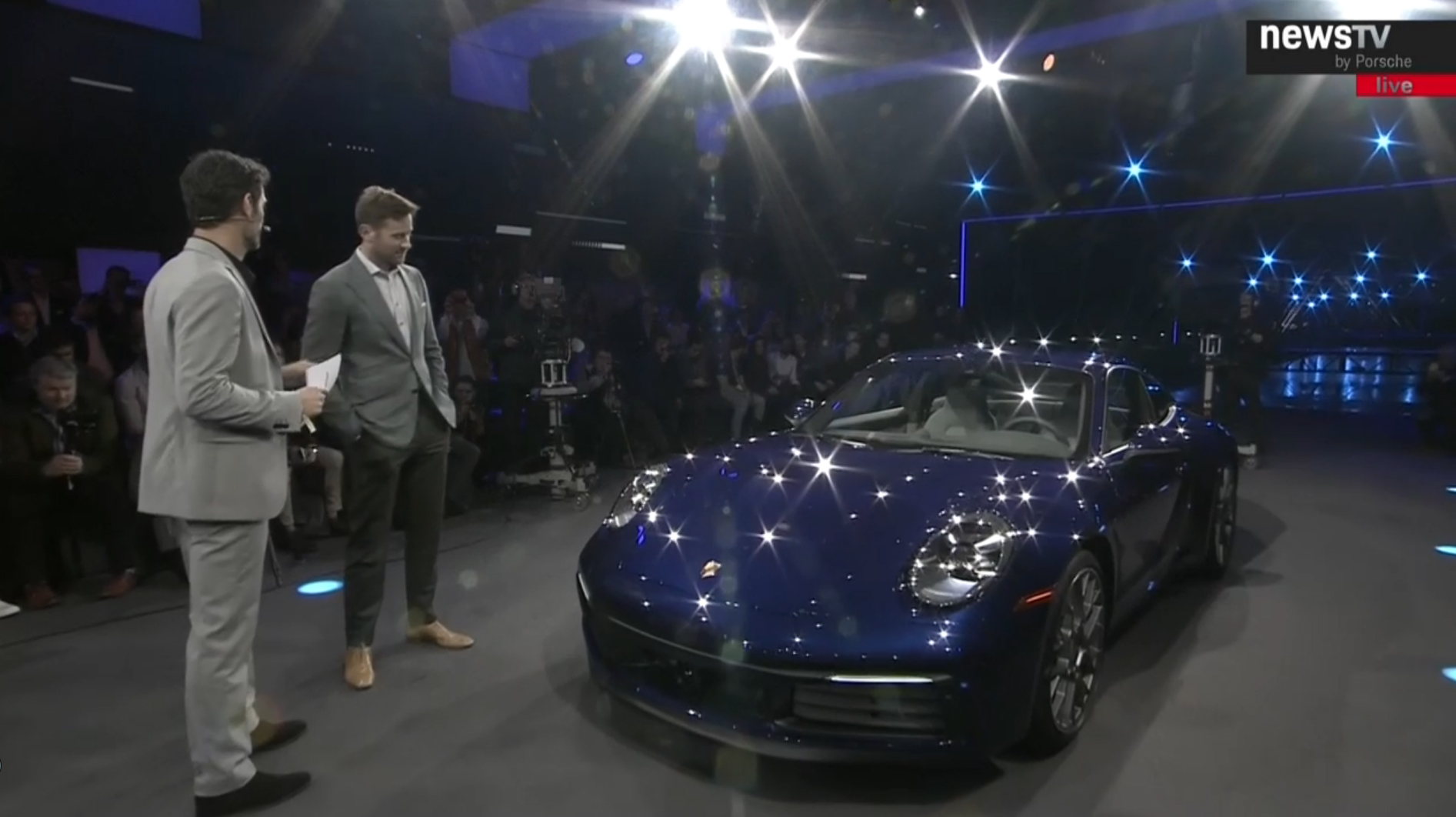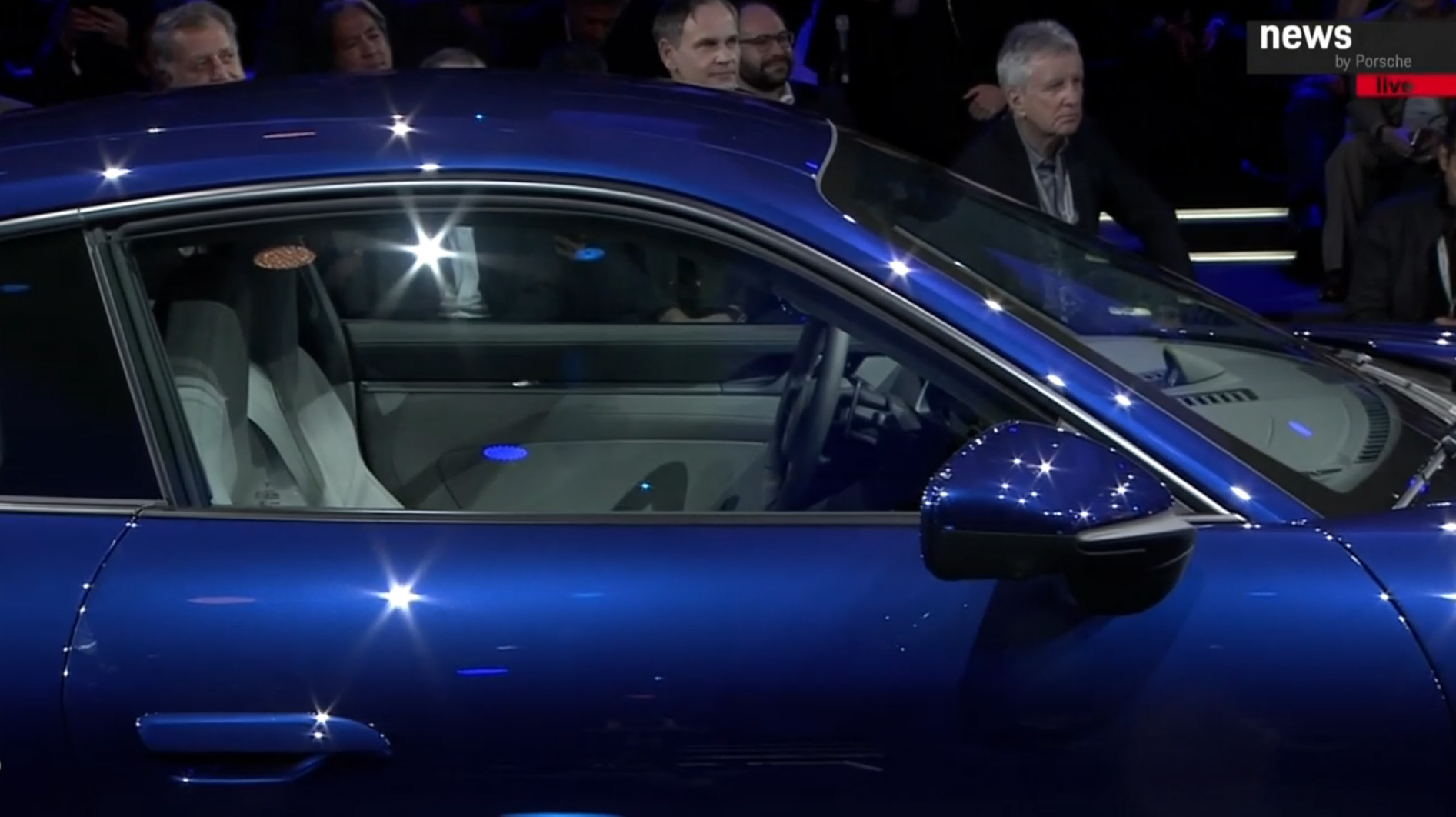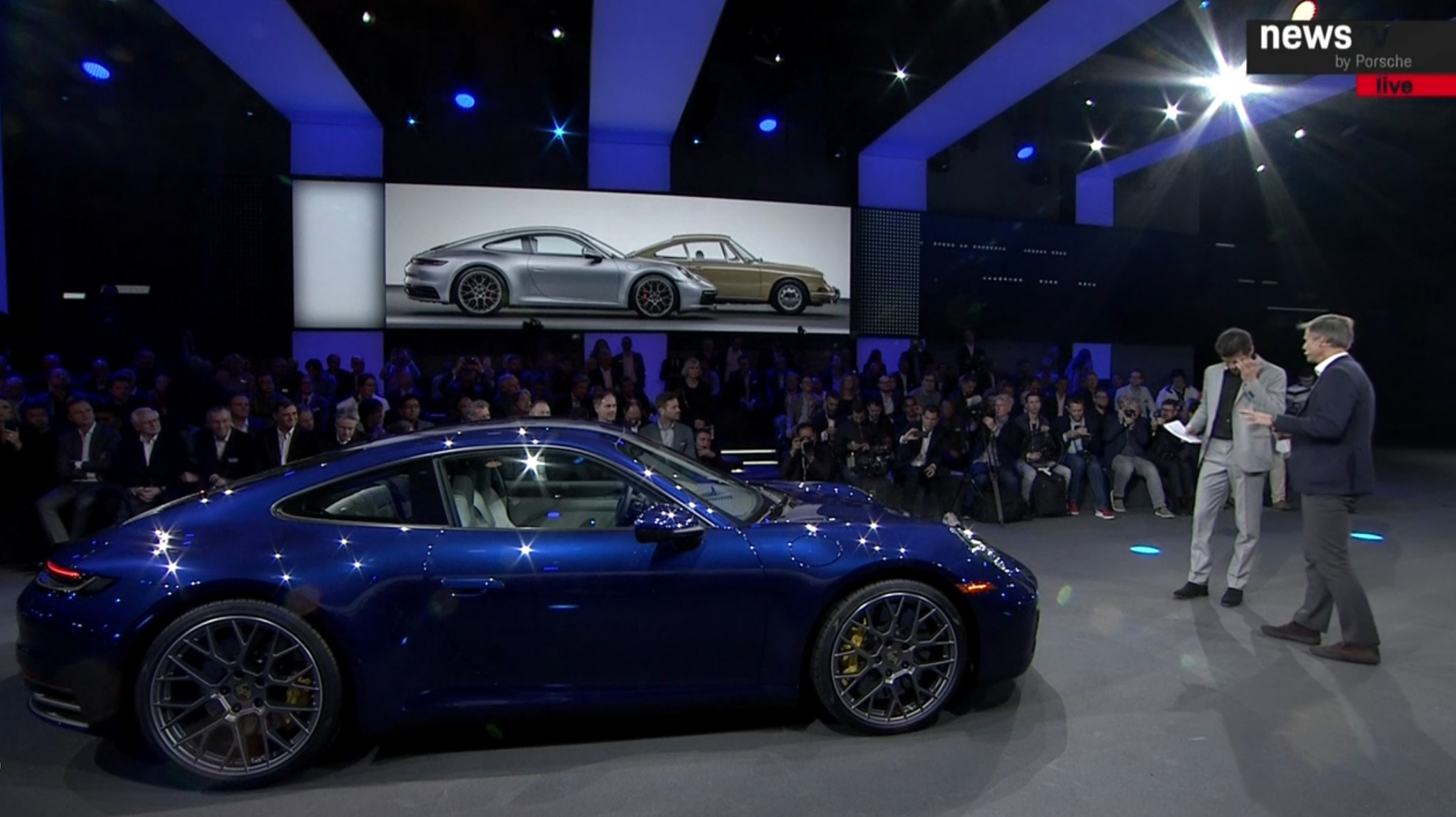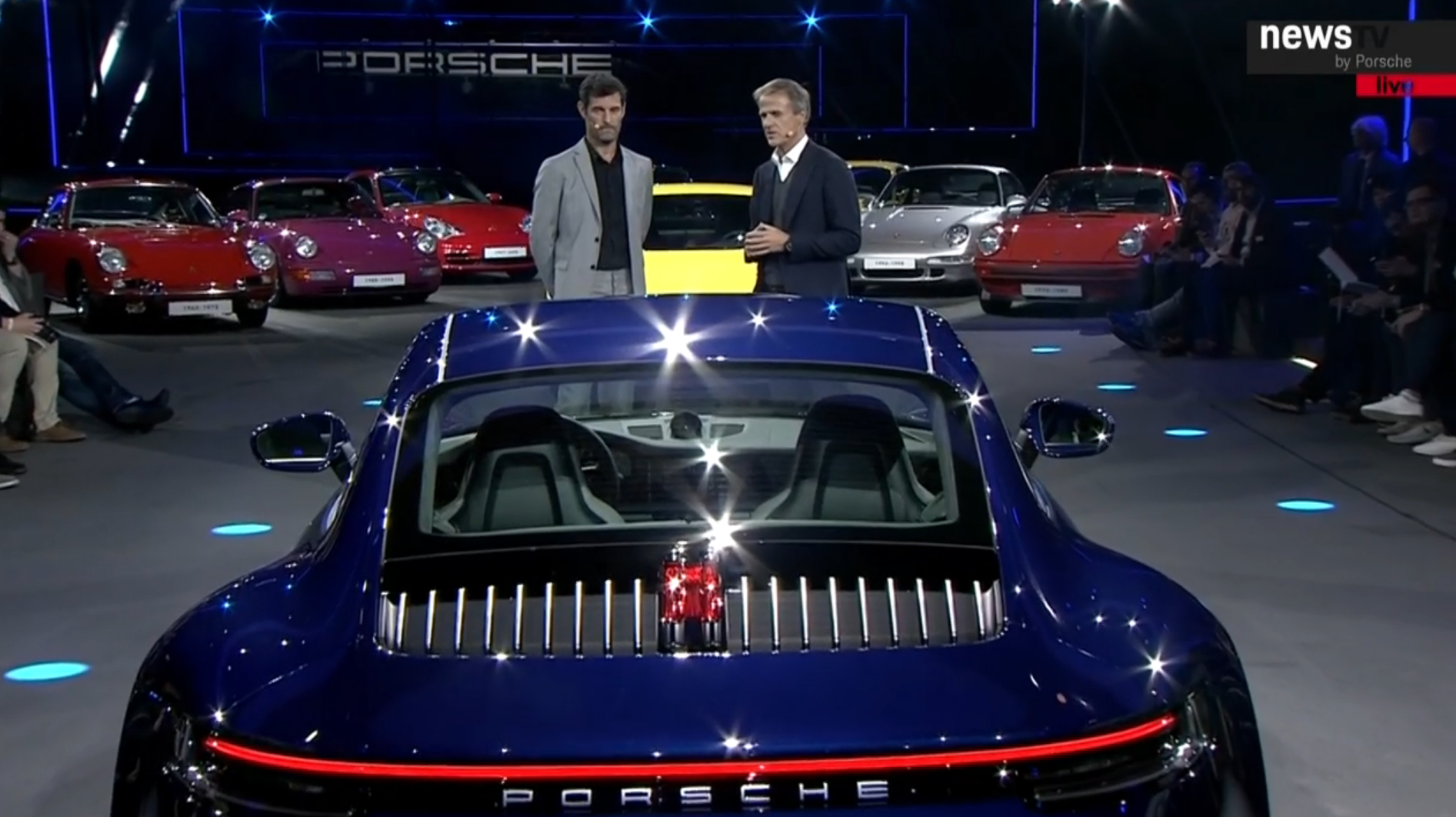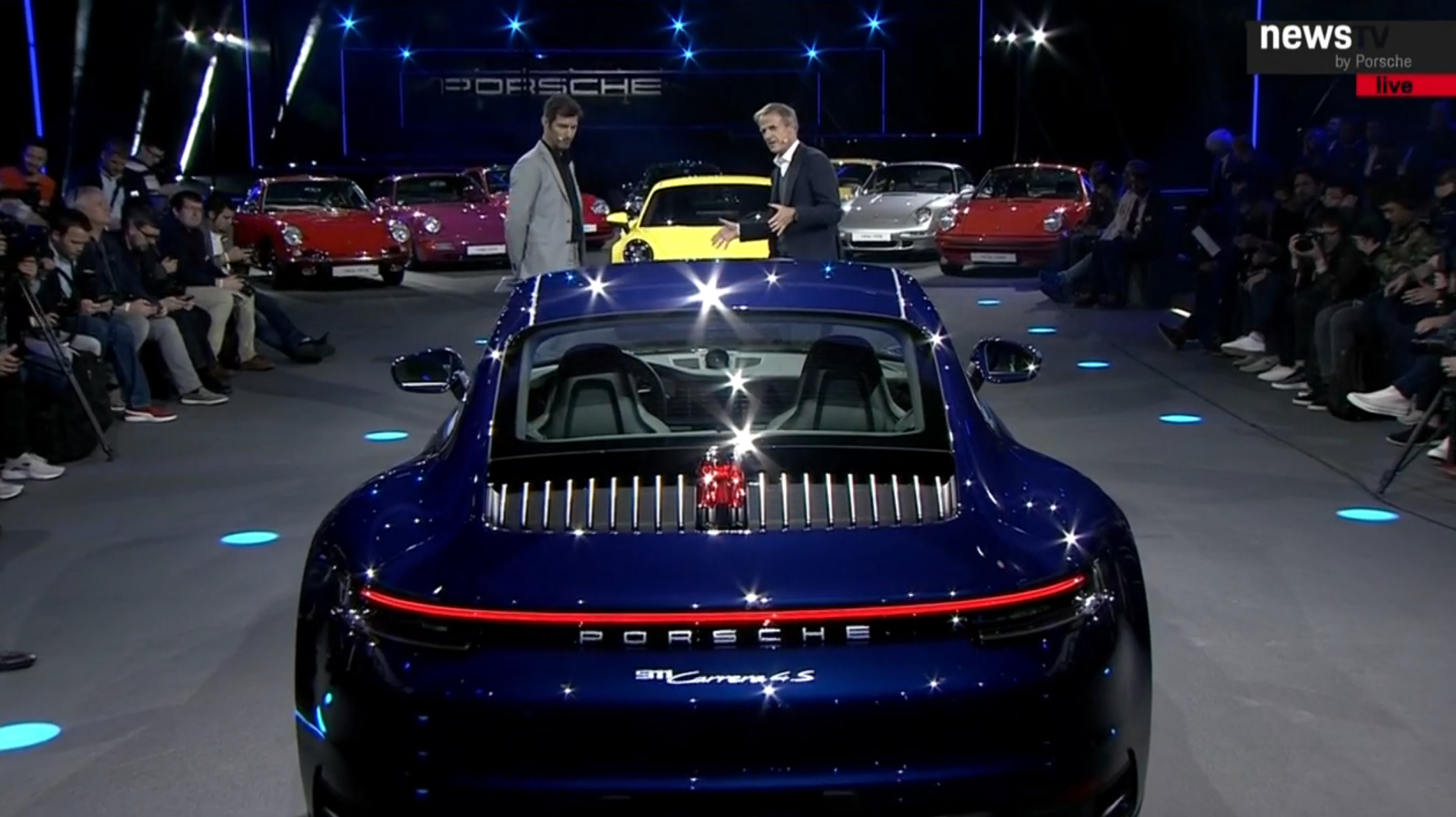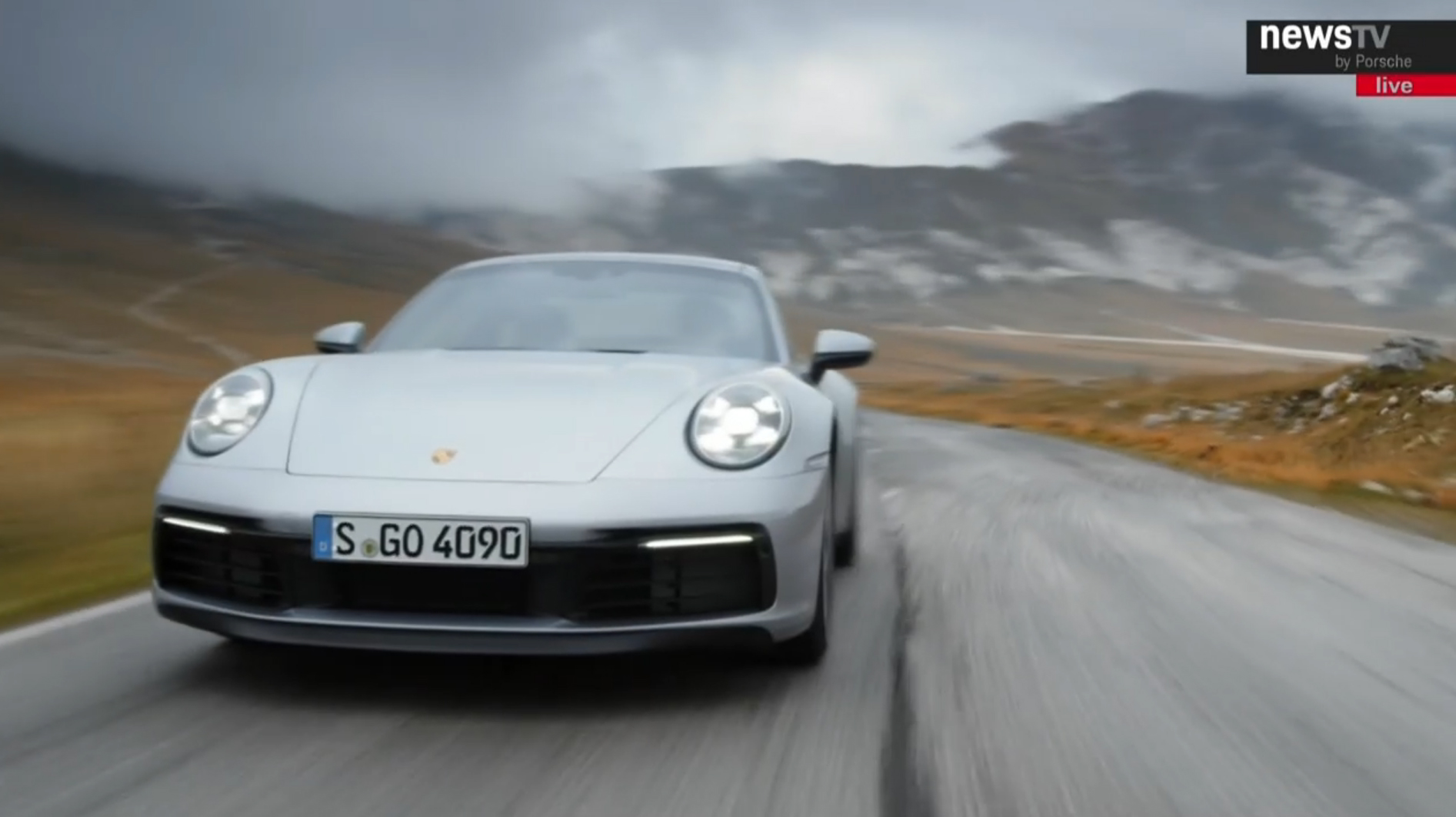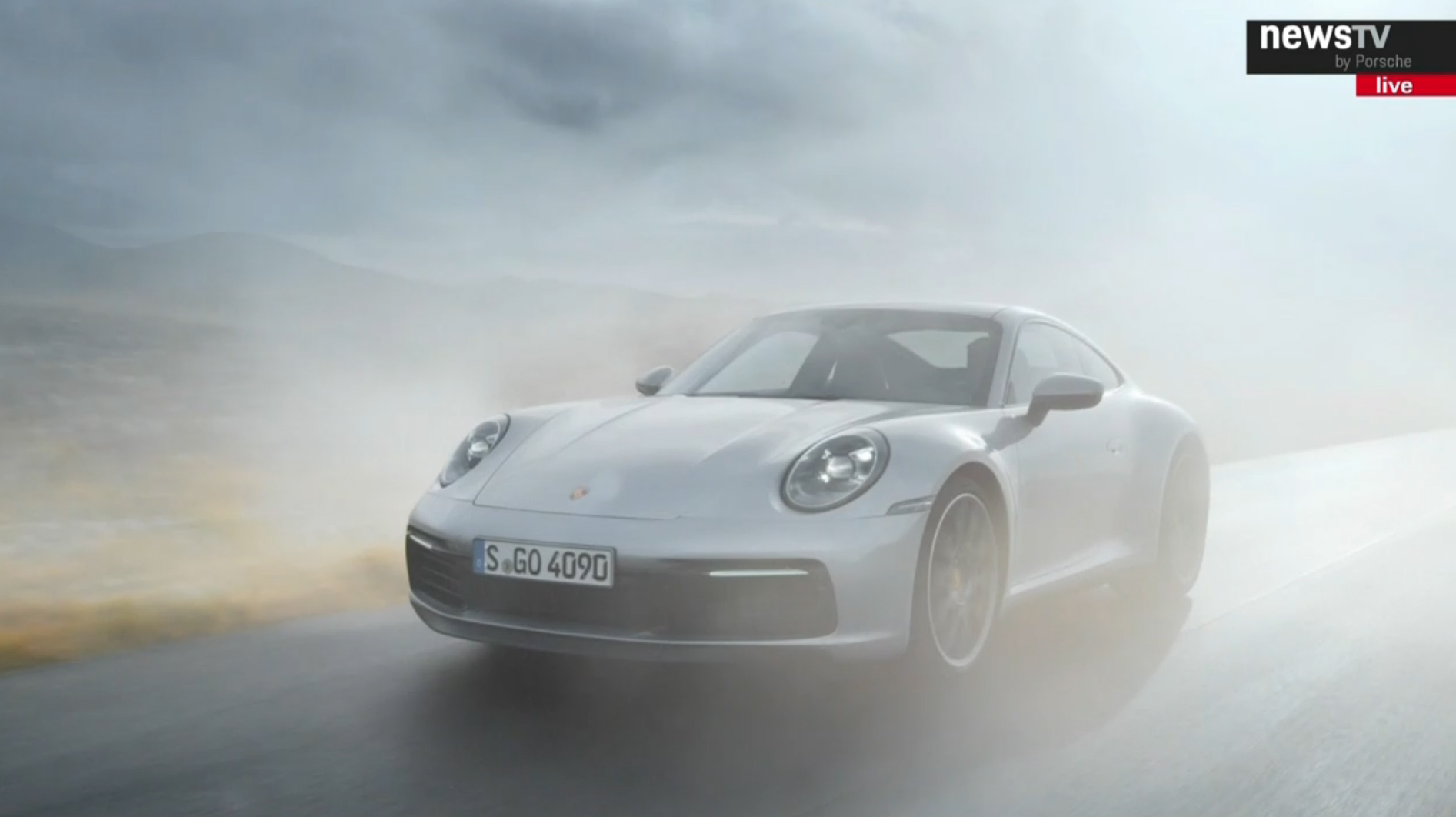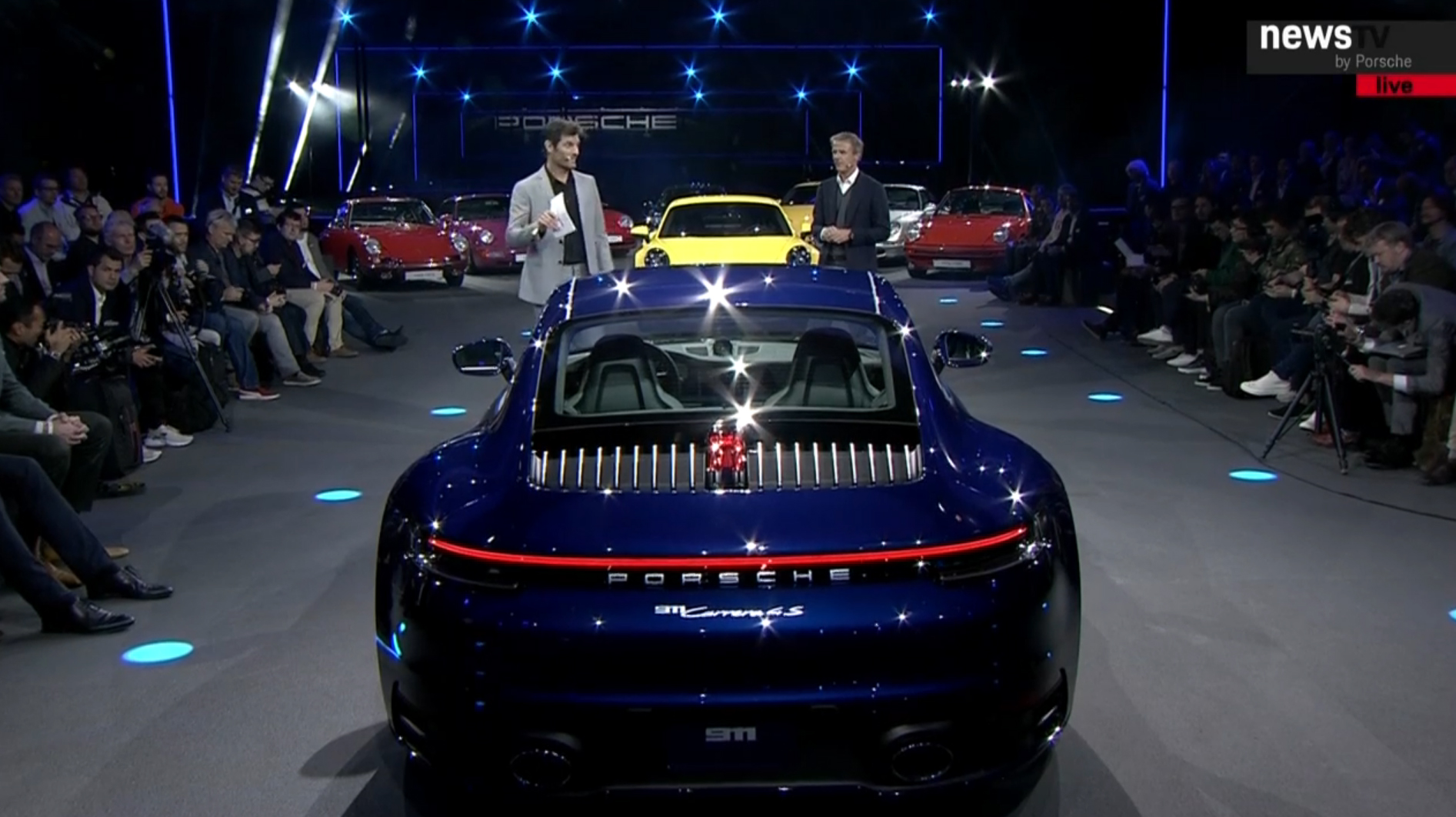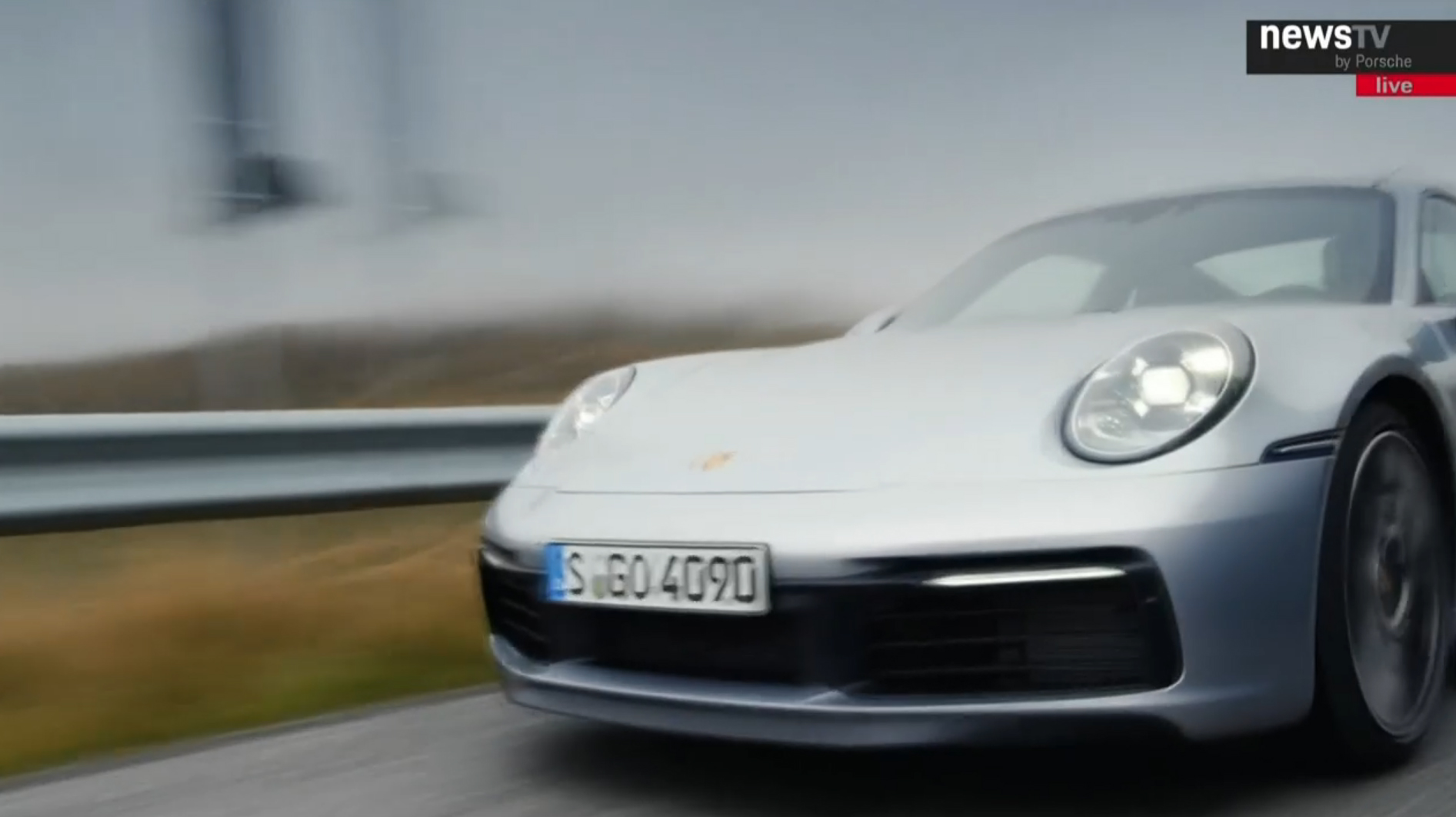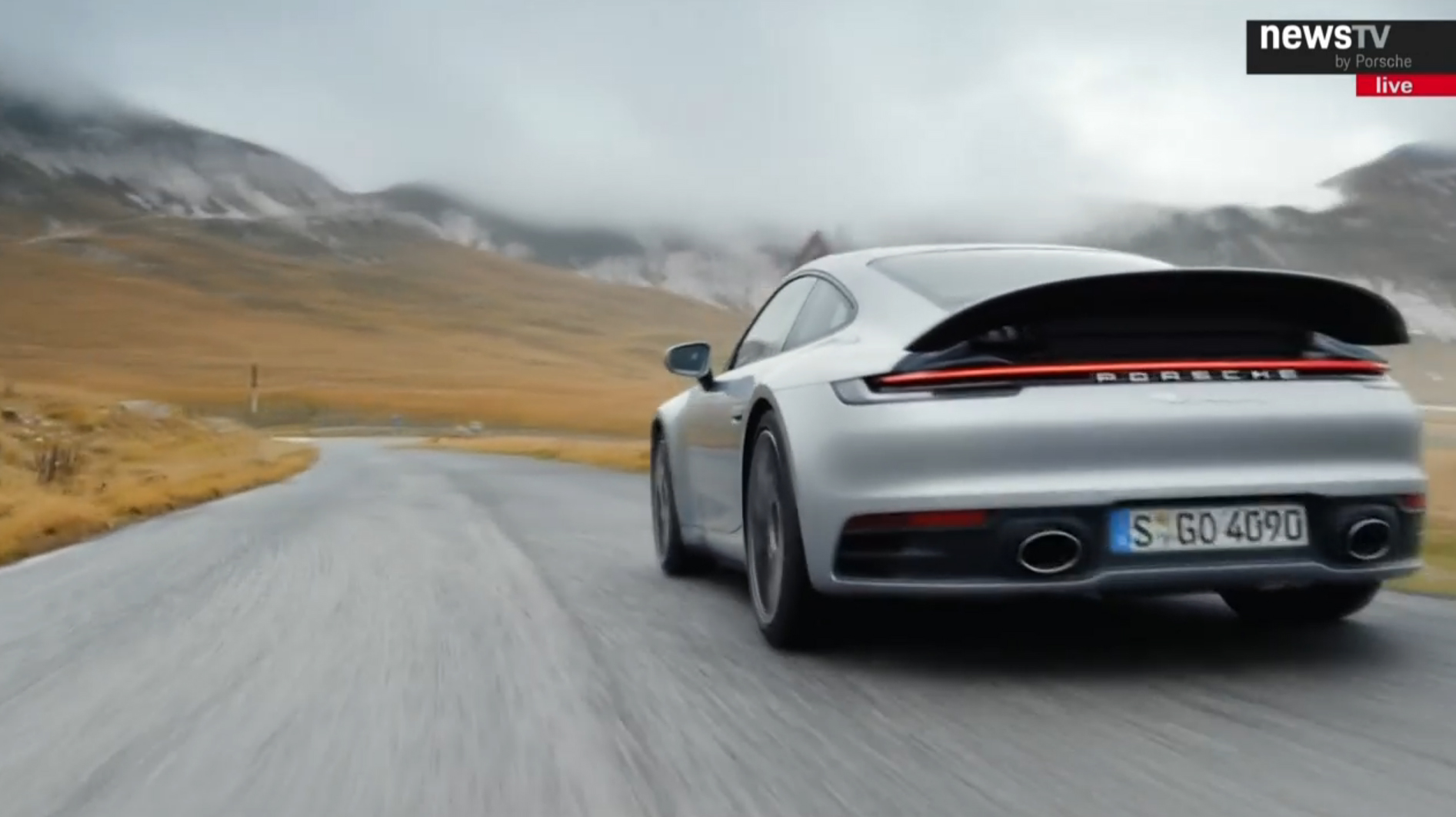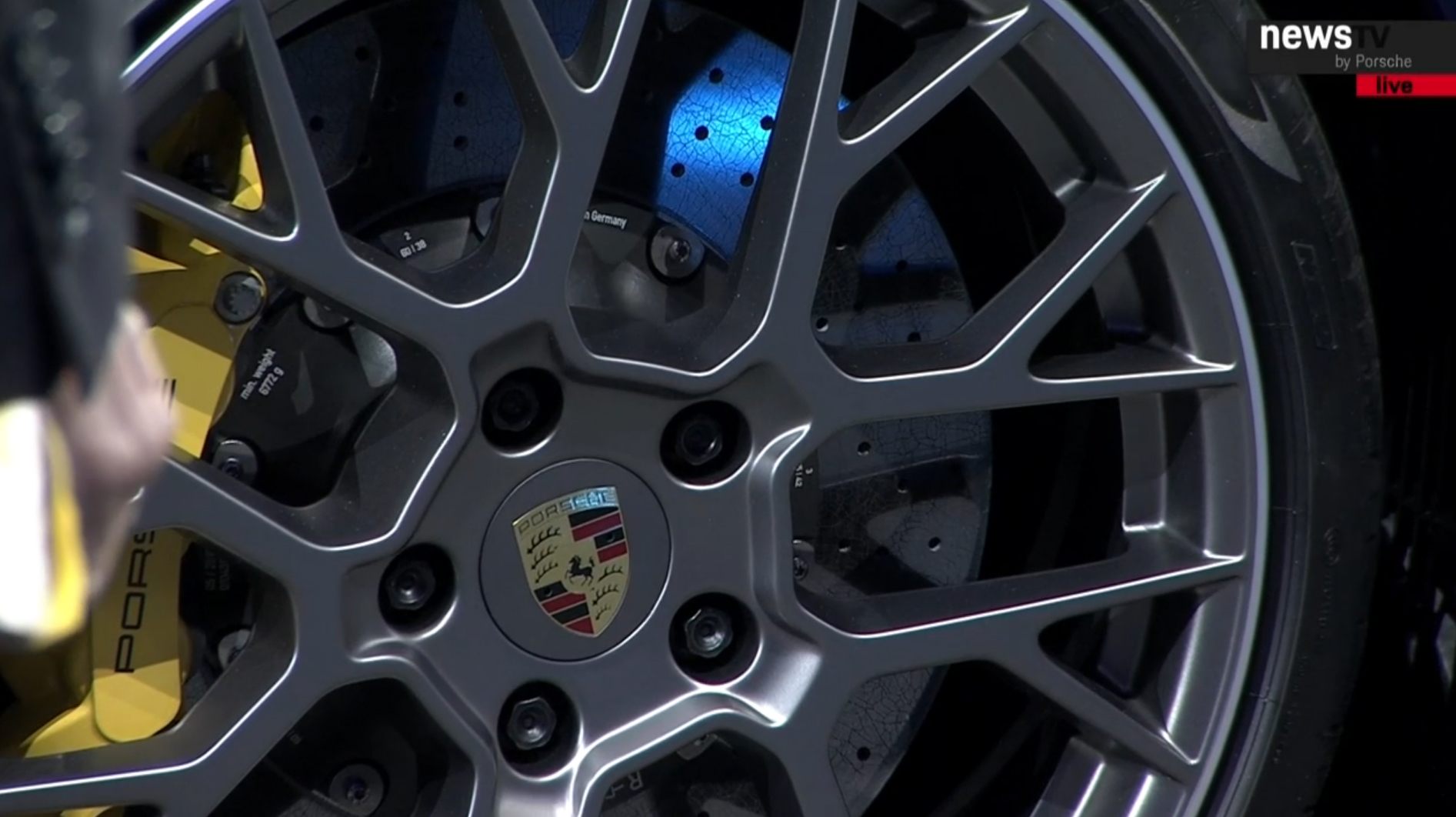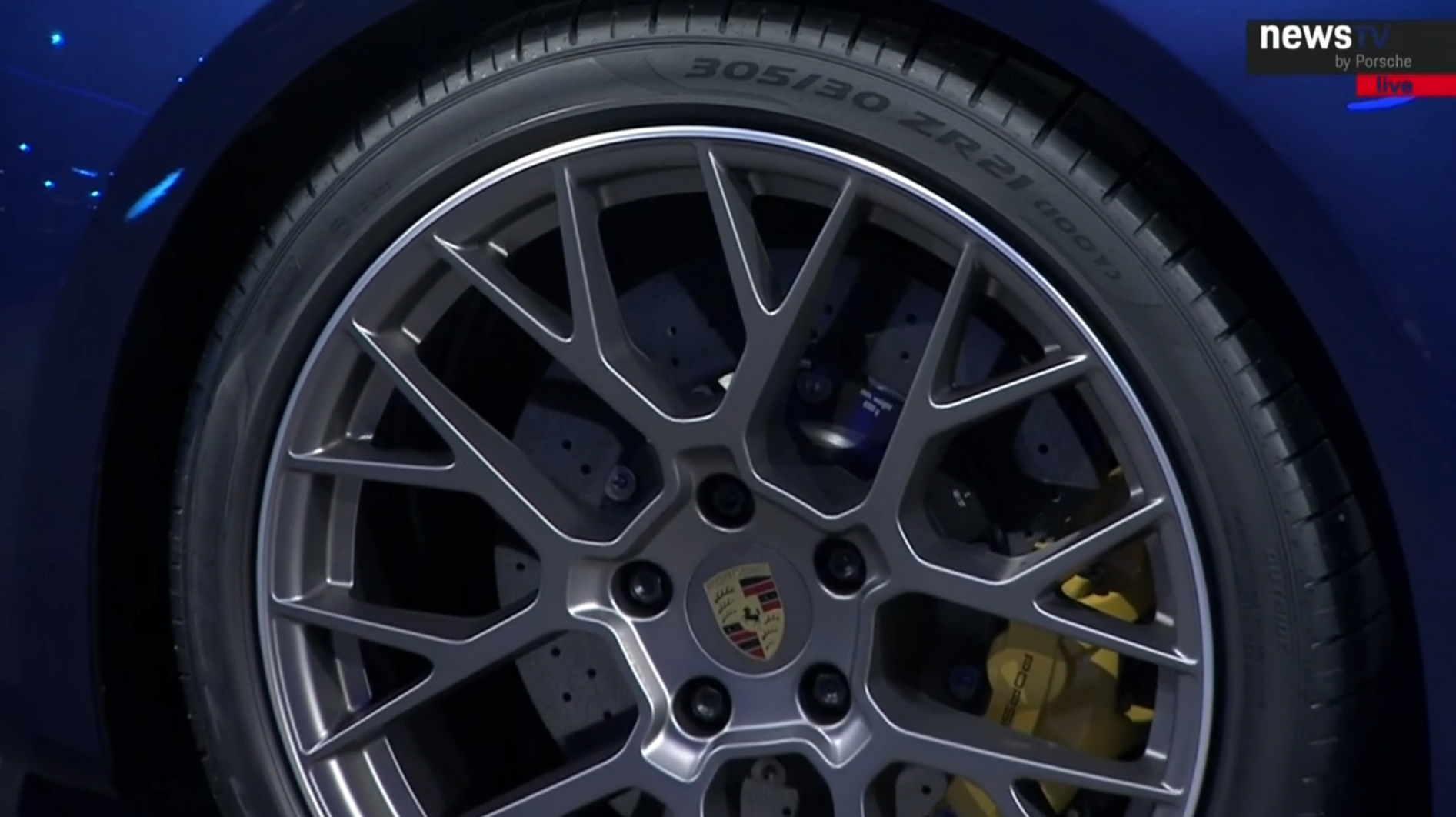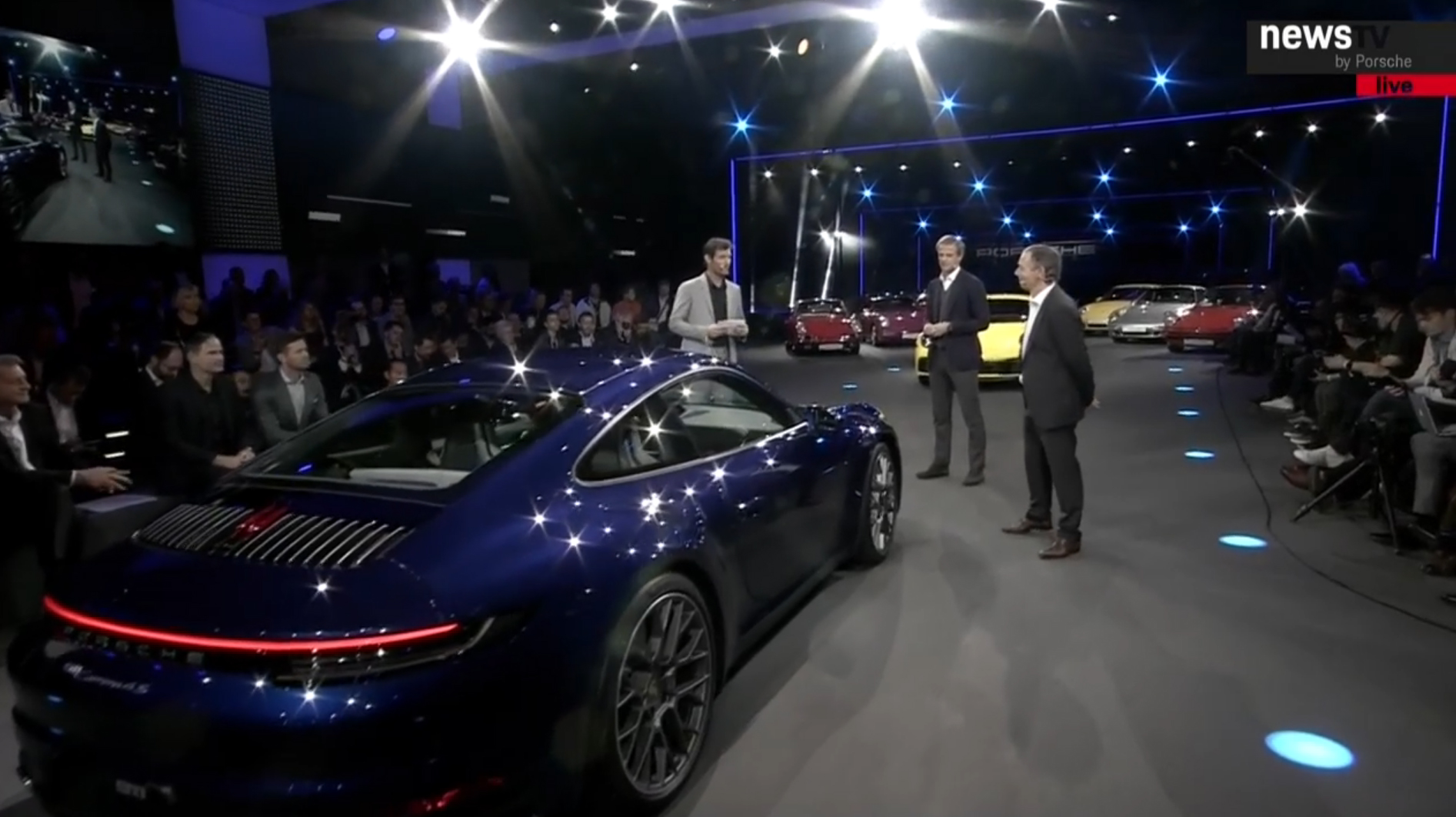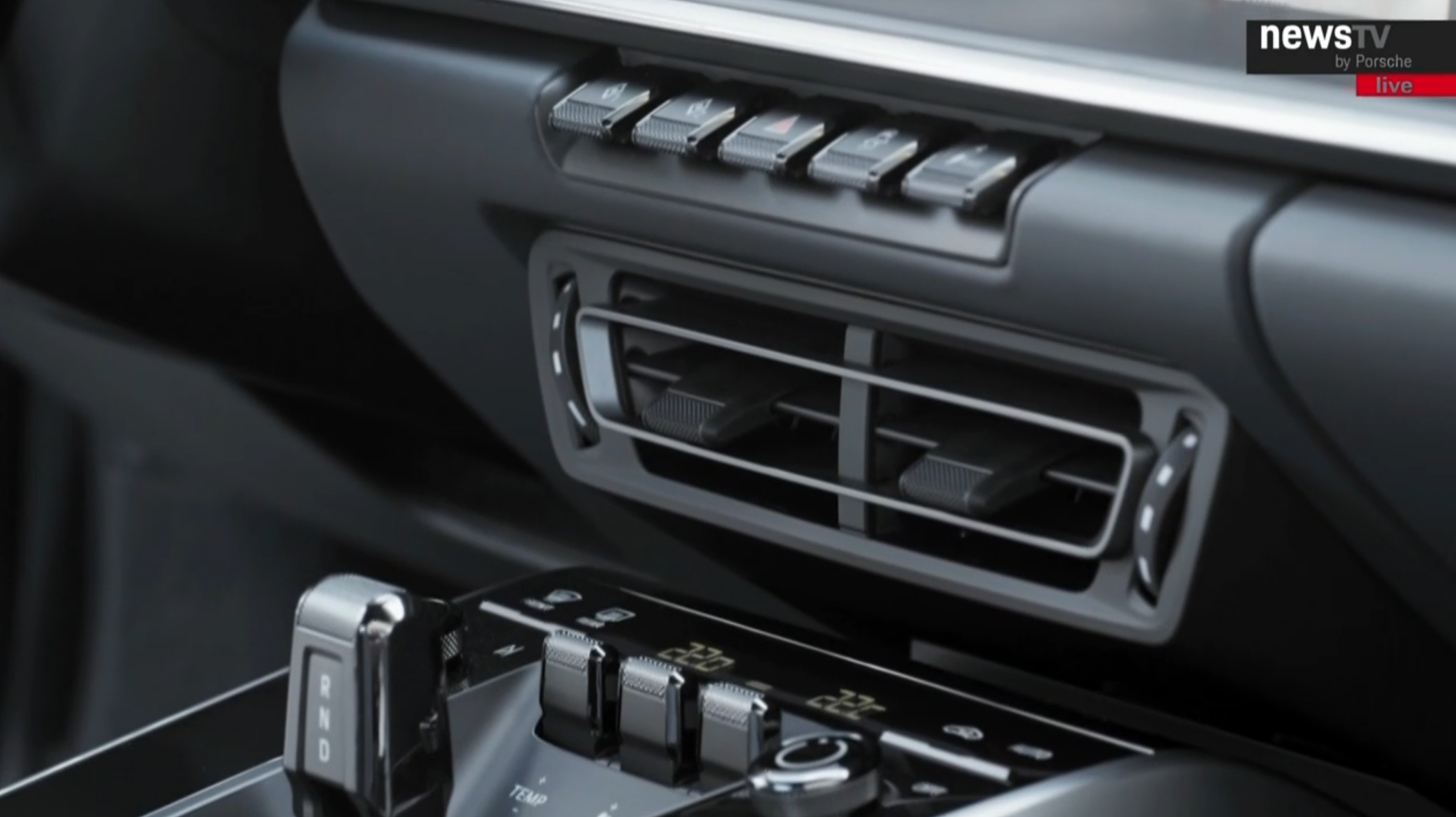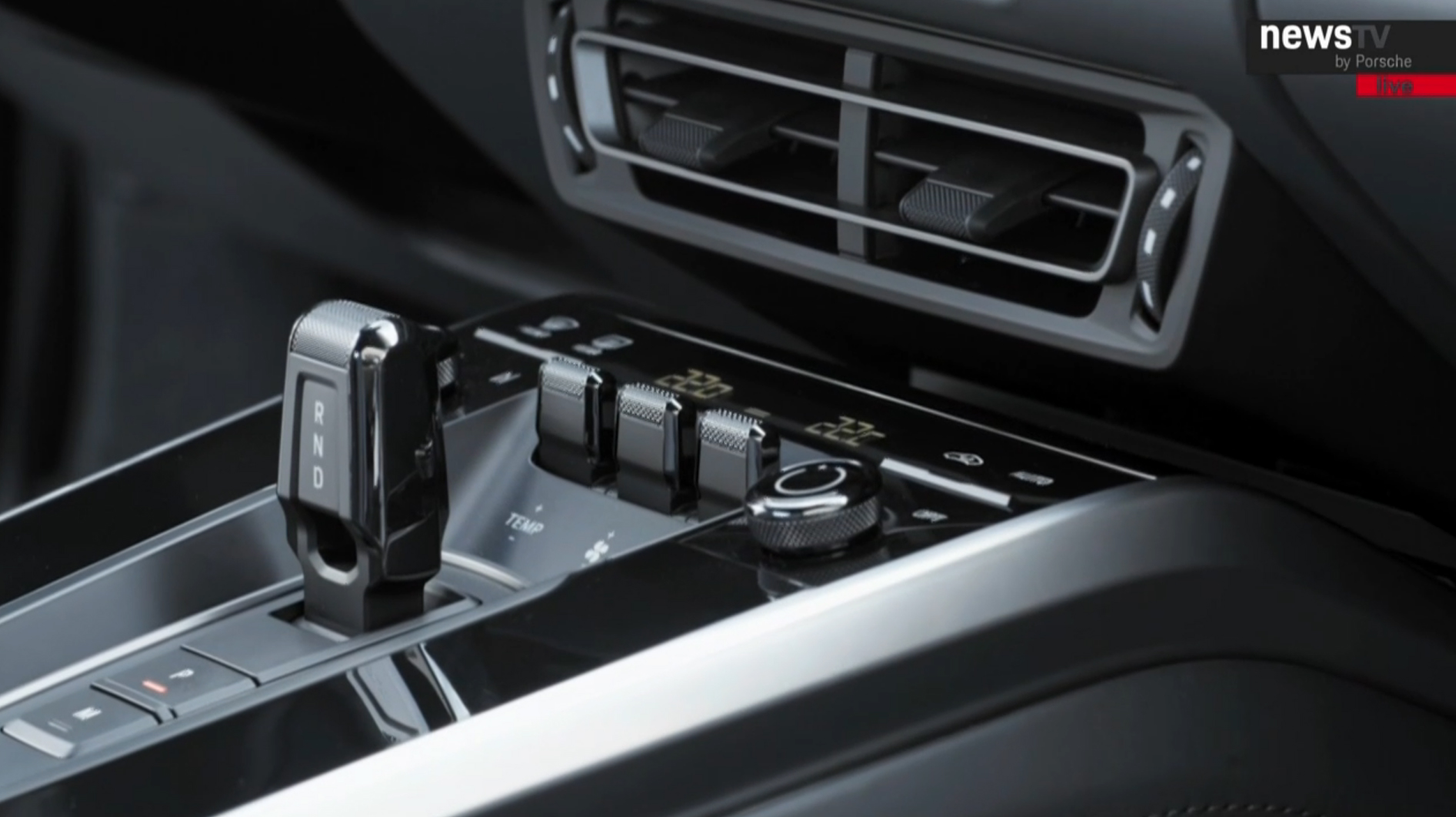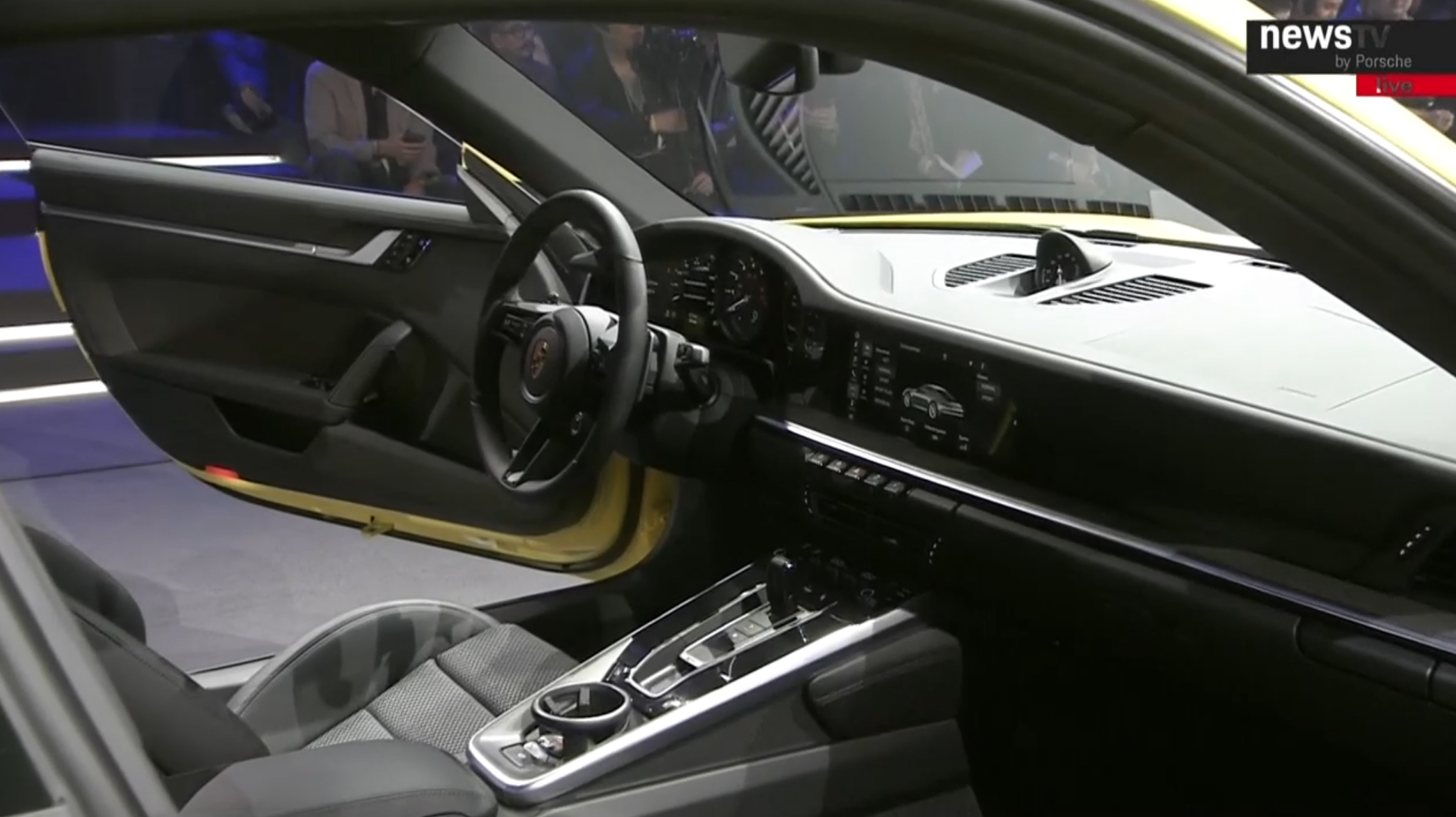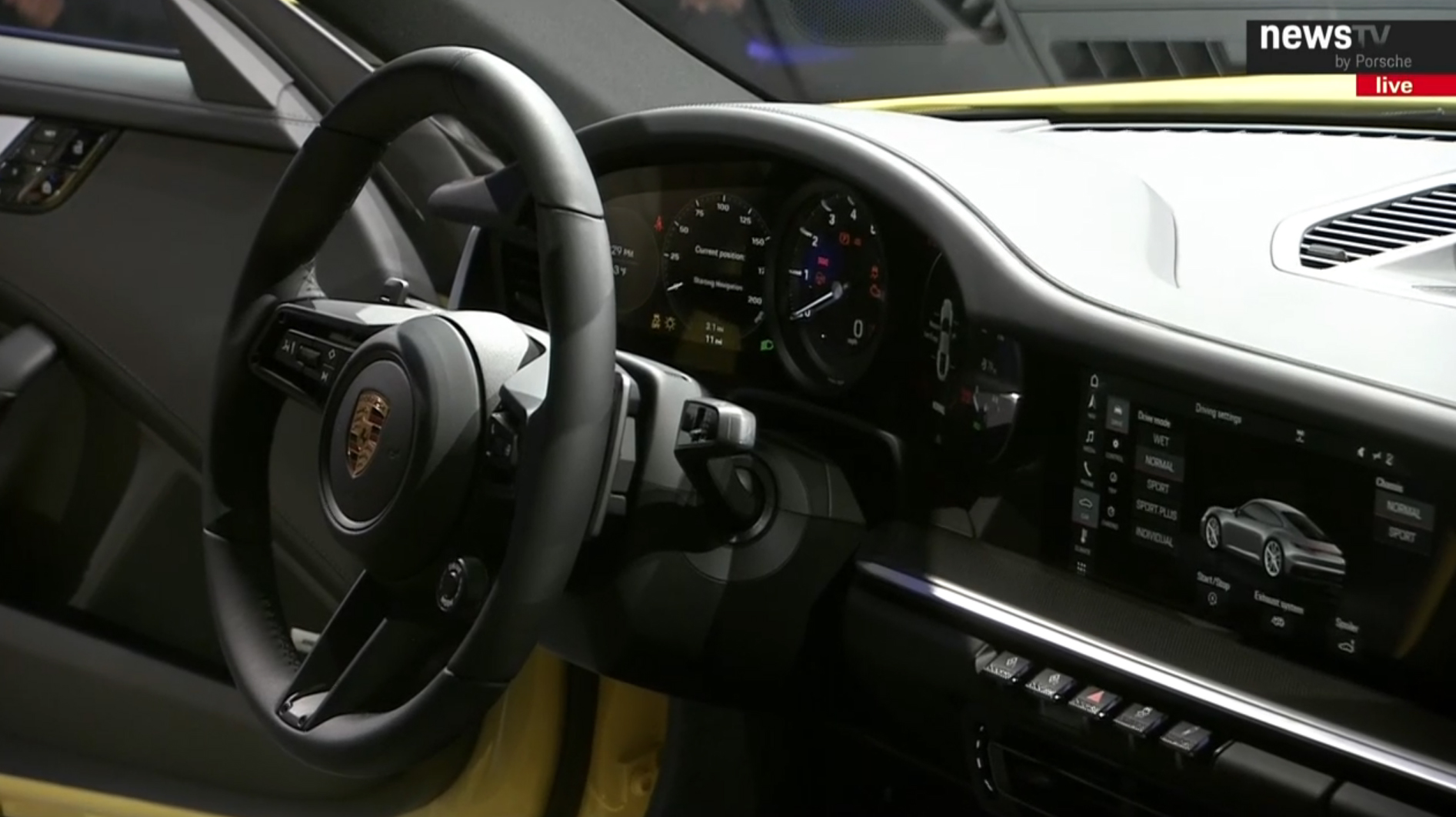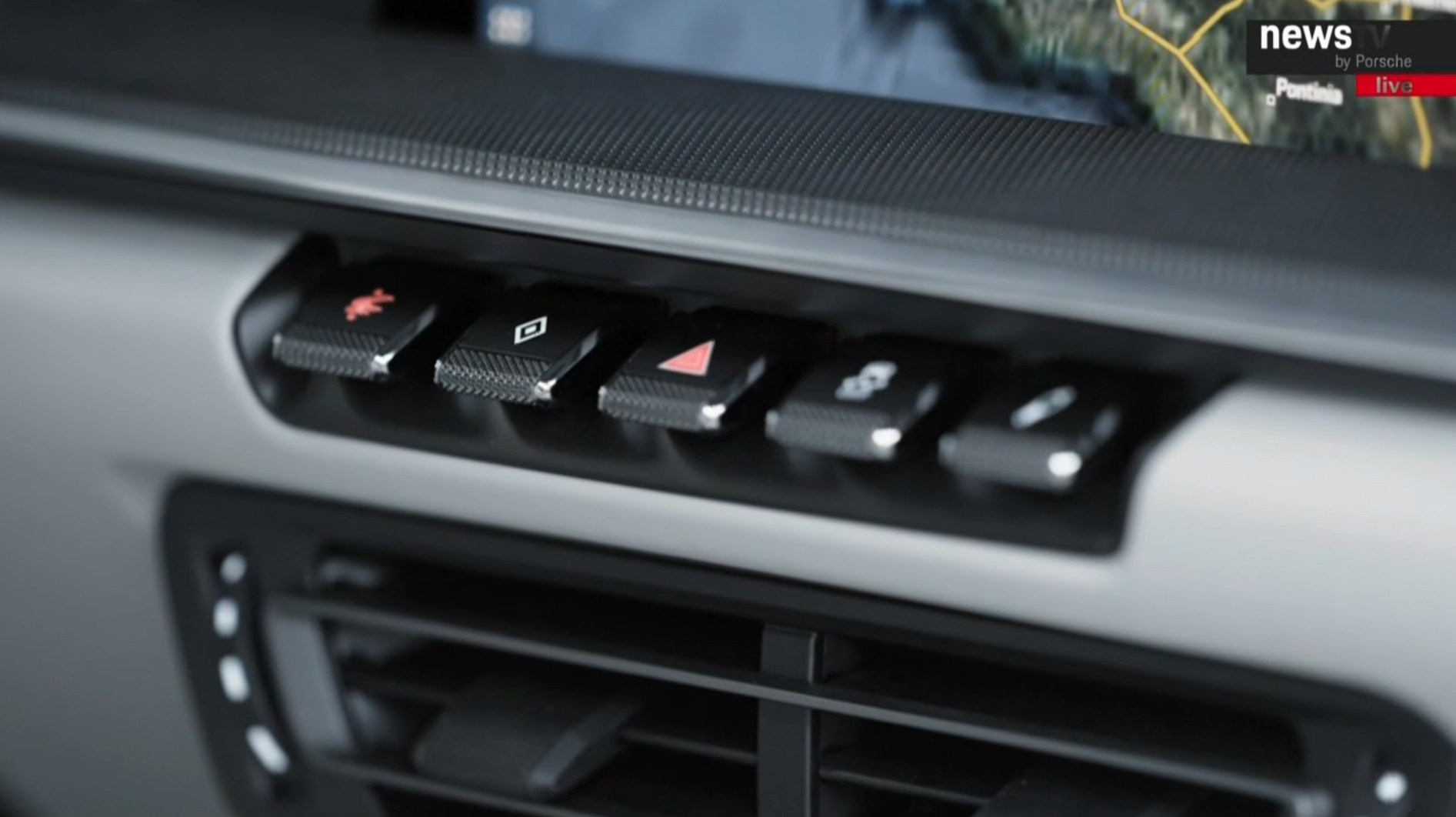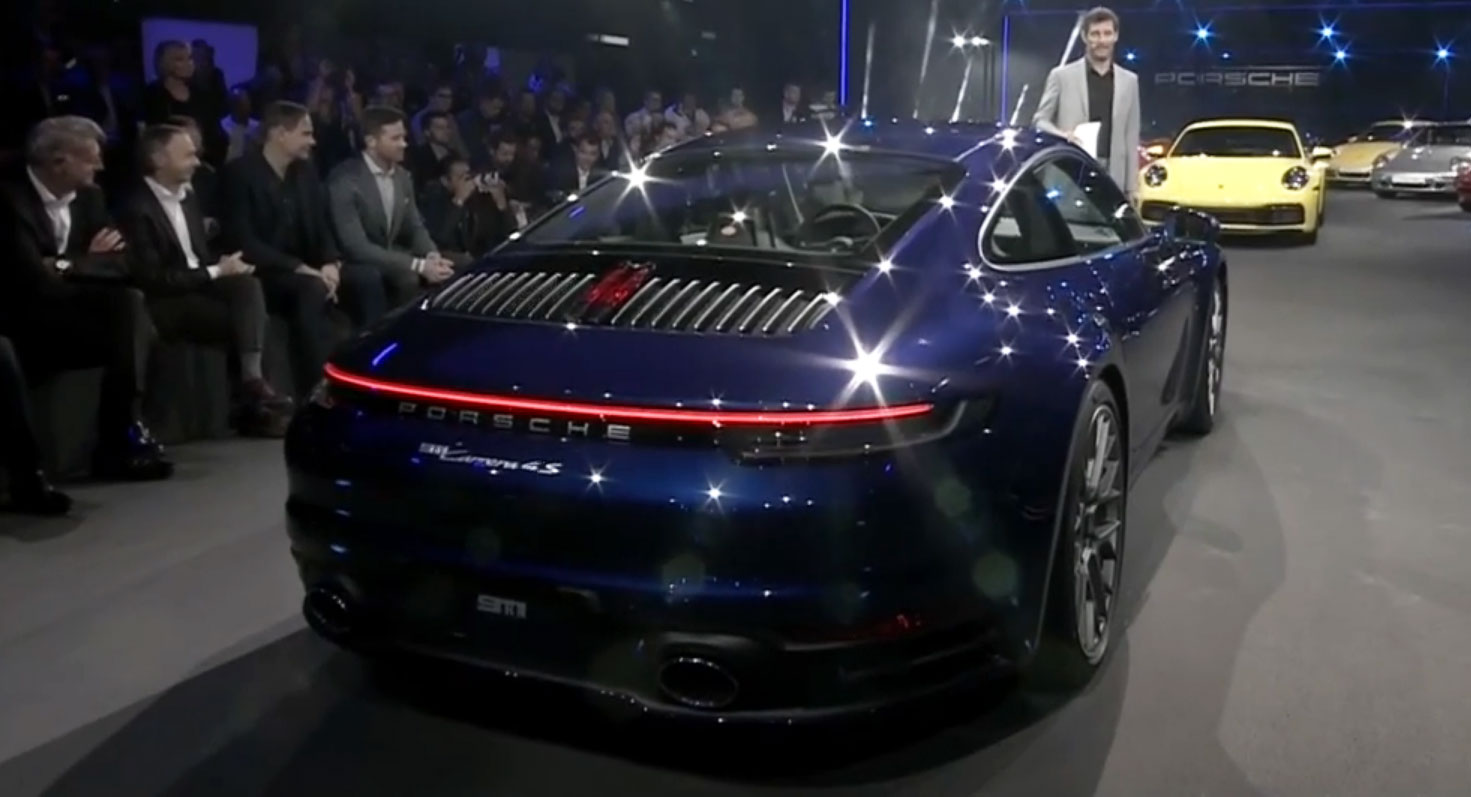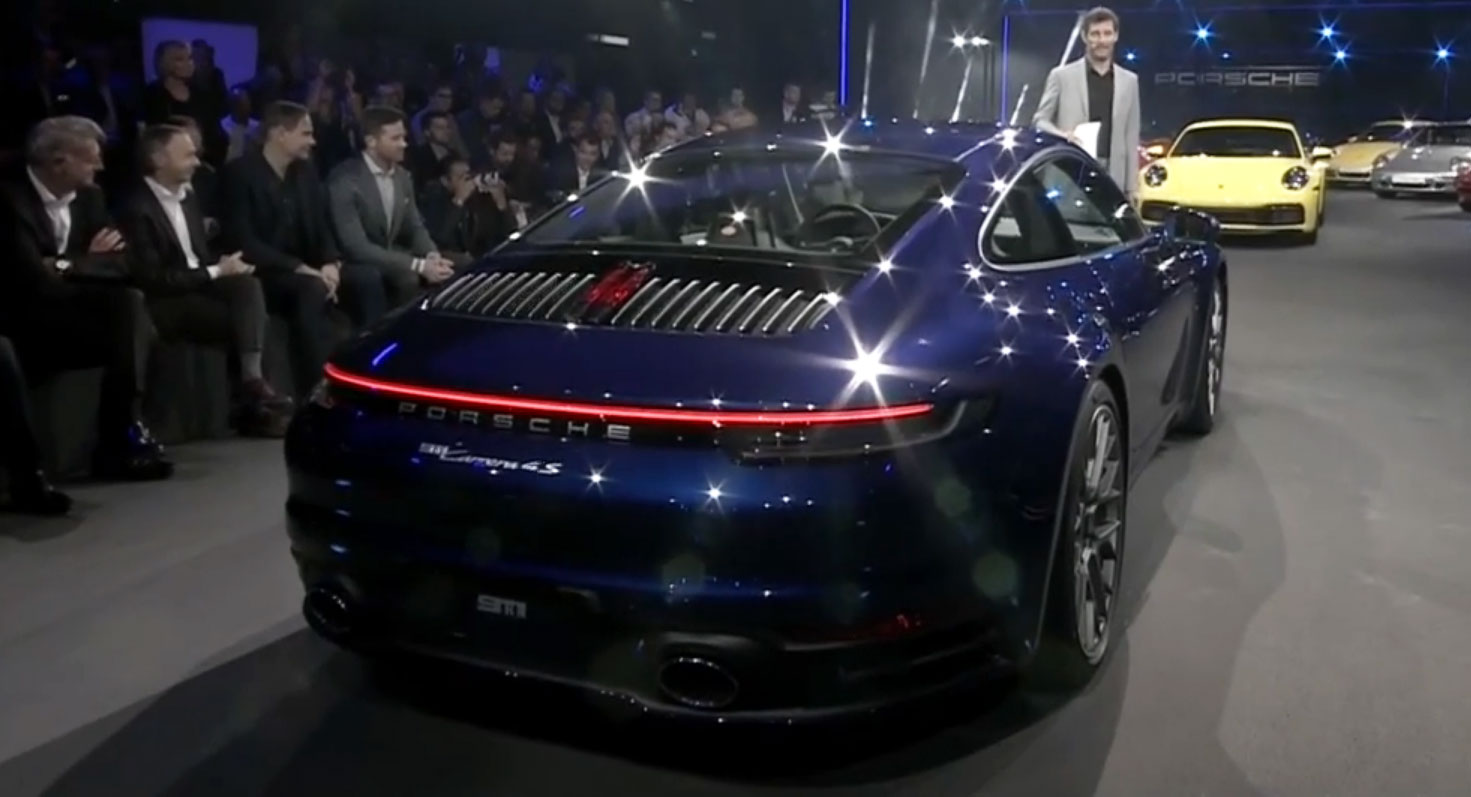This is the all-new, long-awaited, and highly-anticipated, 2020 Porsche 911, unveiled at the Los Angeles Auto Show with the eyes of the world watching.
In the 55-years since production of the Porsche 911 commenced, just seven generations have been released. Consequently, the launch of a new one is always a very special occasion. In 992-generation (8th) guise, Porsche aims to improve the world’s most-enduring and arguably greatest sports car in history in every facet, ensuring that it topples all its rivals and is ready for the dawn of electrification.
Have I Seen You Before?
As leaked images of the car have shown, the new 2020 Porsche 911, codenamed 992, isn’t a dramatic departure from its predecessor. While the same can be said for most new-generation 911s, the 992 receives perhaps the most modest styling changes of them all. We’re not mad, however, as in its most recent 991.2 form, the 911 looks exceptional.
At the front, the new Porsche 911 looks largely the same as the outgoing model. Alterations include new headlights, revised air intakes, and different horizontal LED daytime running lights. Of course, there are also some more subtle changes present, including a reshaped hood with different lines, while all models now get enlarged fenders, regardless of trim and/or how many wheels are driven.
Perhaps the most obvious styling tweaks come at the rear. For example, there are now sharp taillights connected by a light strip similar to the one Porsche first showed to the world with the Mission E. Porsche’s designers have also crafted a new bumper but as is typical of 911s, different variants will utilize different bumpers and feature bespoke tailpipes.
As for the rest of the vehicle’s design, as anyone who knows about the 911’s history is aware, it is much the same. That means there’s the same muscular arches, sporty wheels, and curved roofline, though, now, the door handles sit flush with the body and extend out when pressed. Base Carrera models get 19-inch wheels at the front, 20-inch in the rear, while Carrera S variants sit on larger 20s and 21s respectively.
One thing you may not notice with the new 992 911 is that its front overhang has been elongated to meet updated pedestrian impact protection regulations. Additionally, the 2020 911 will only be offered solely in wide-body guise. The front track has also been widened as have the wheels in a move that will increase grip at all four corners.
New Tech, Evolutionary Design Changes Inside
Inside, some more considerable changes are present. For example, Porsche has incorporated a new instrument cluster, revised switchgear, and a larger 10.9-inch infotainment display. Porsche says the more angular design of the dashboard was inspired by the 911s from the 1970s. The slightly longer wheelbase and 45mm increase in front tracks promise some improvements in space too.
While the new Porsche 911 may not look very different, upgrades found beneath the bodywork promise to make it the best (and fastest) model to ever be adorned with the brand’s most iconic nameplate.
Powertrain Upgrades
Found across the range are a selection of new-and-improved twin-turbocharged 3.0-liter six-cylinder engines. Porsche first introduced these with the 991-generation 911 and for the 992, has worked its magic once again. For example, the engines now feature new die-cast aluminum manifolds.
This, alongside other touches, sees power for the base 911 Carrera jump from 370 hp to 385 hp while the Carrera S now has 450 PS (444hp / 331kW) rather than 420 PS (414hp). The latter in rear-wheel drive form reaches 100km/h in 3.7 sec (60mph in 3.5 sec) and in 4S all-wheel drive trim, in 3.6 sec (60mph in 3.4 sec), making both models 0.4 sec faster that the older respective Carrera S / 4S cars. This advantage is increased by another 0.2 seconds with the optional Sport Chrono Package. Top speeds are now 308 km/h or 191mph (911 Carrera S) and 306 km/h or 190mpg for the all-wheel-drive version. The fuel consumption on the European driving cycle for the 911 Carrera S is 8.9 l/100 km (26.4 mpg US / 31.7 mpg UK), while the 911 Carrera 4 S records this figure stands at 9.0 l/100 km (26.1 mpg US / 31.4 mpg UK).
Similar power gains will be made among other 911 derivatives as they come to market.
Customers of the Carrera and Carrera S are treated to a seven-speed manual transmission as standard but if they so desire, can opt for a new eight-speed dual-clutch. This new unit comes from ZF and replaces the seven-speed PDK we’ve come to know and love. The 911 Carrera and Carrera S will also be available with an optional four-wheel steering system.
There’s A New Wet Mode
While that might not sound right, it’s actually a real thing. In a world first (according to Porsche), the standard “Wet Mode” uses sensors under the wheel wells to detect the amount of water on the road to precondition the stability control and anti-lock brake systems accordingly, and warn the driver.
The 992 also gets a camera-based warning and brake assist system fitted as standard, which detects the risk of collision with moving objects and initiates emergency braking if necessary. Night Vision Assist with a thermal imaging camera is optionally available for the 911 for the first time. The Adaptive Cruise Control option includes automatic distance control, stop-and-go functionality, and an innovative Emergency Assist function.
This Is What It’ll Cost You
The 911 Carrera S costs from 120,125 euros in Germany and the 911 Carrera 4S from 127,979 euros, including tax. In the United States, the 2020 911 Carrera S has a base MSRP of $113,200, while the 2020 911 Carrera 4S will start from $120,600, each not including the $1,050 delivery, processing and handling fee. You can order both now, but they’re not expected to reach U.S. dealers until summer 2019.
* This story has been updated with live images from the LA Auto Show







